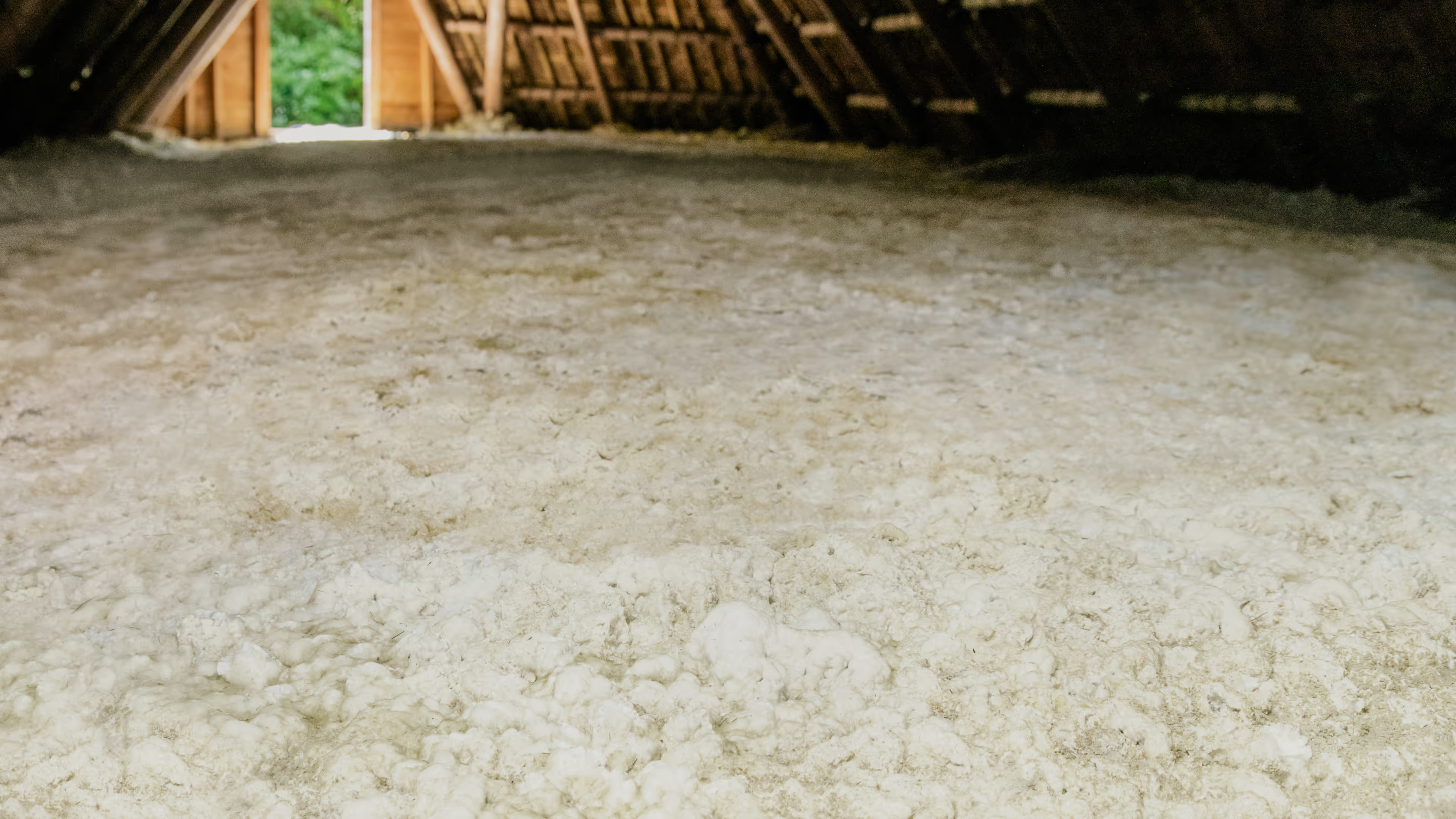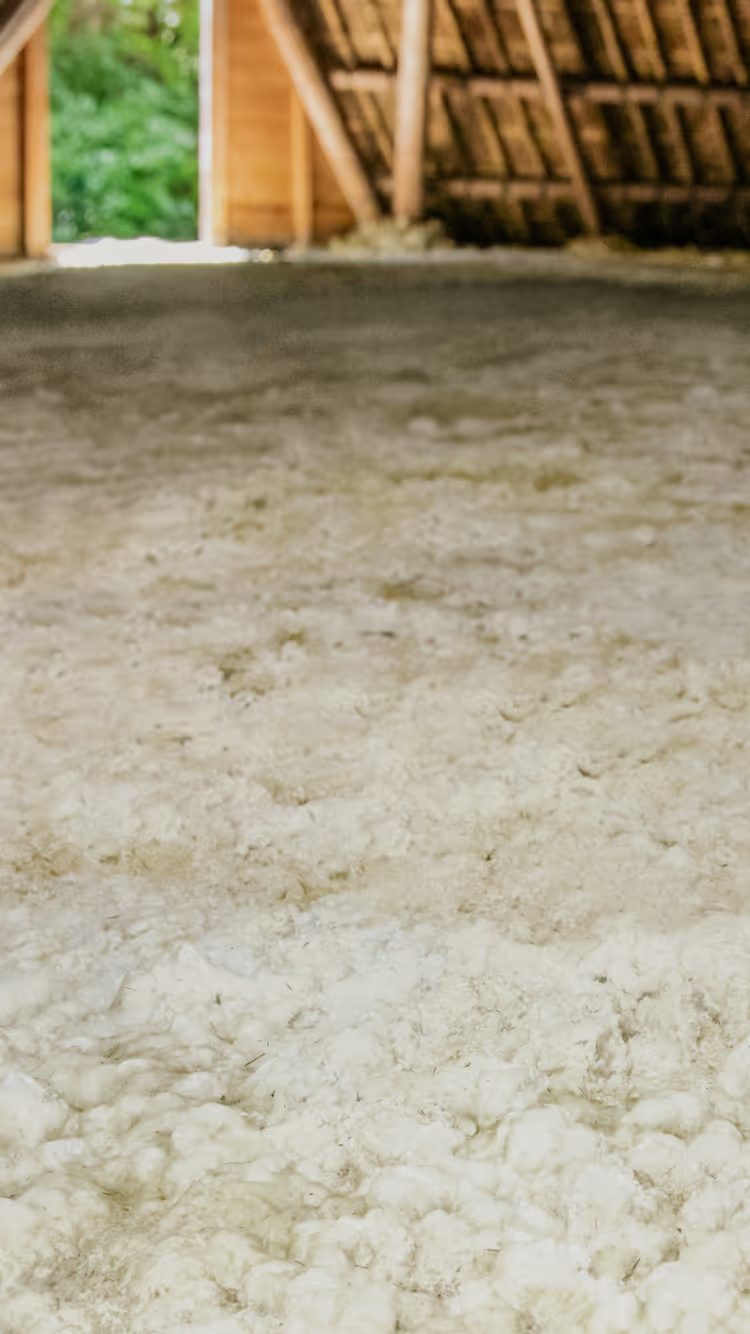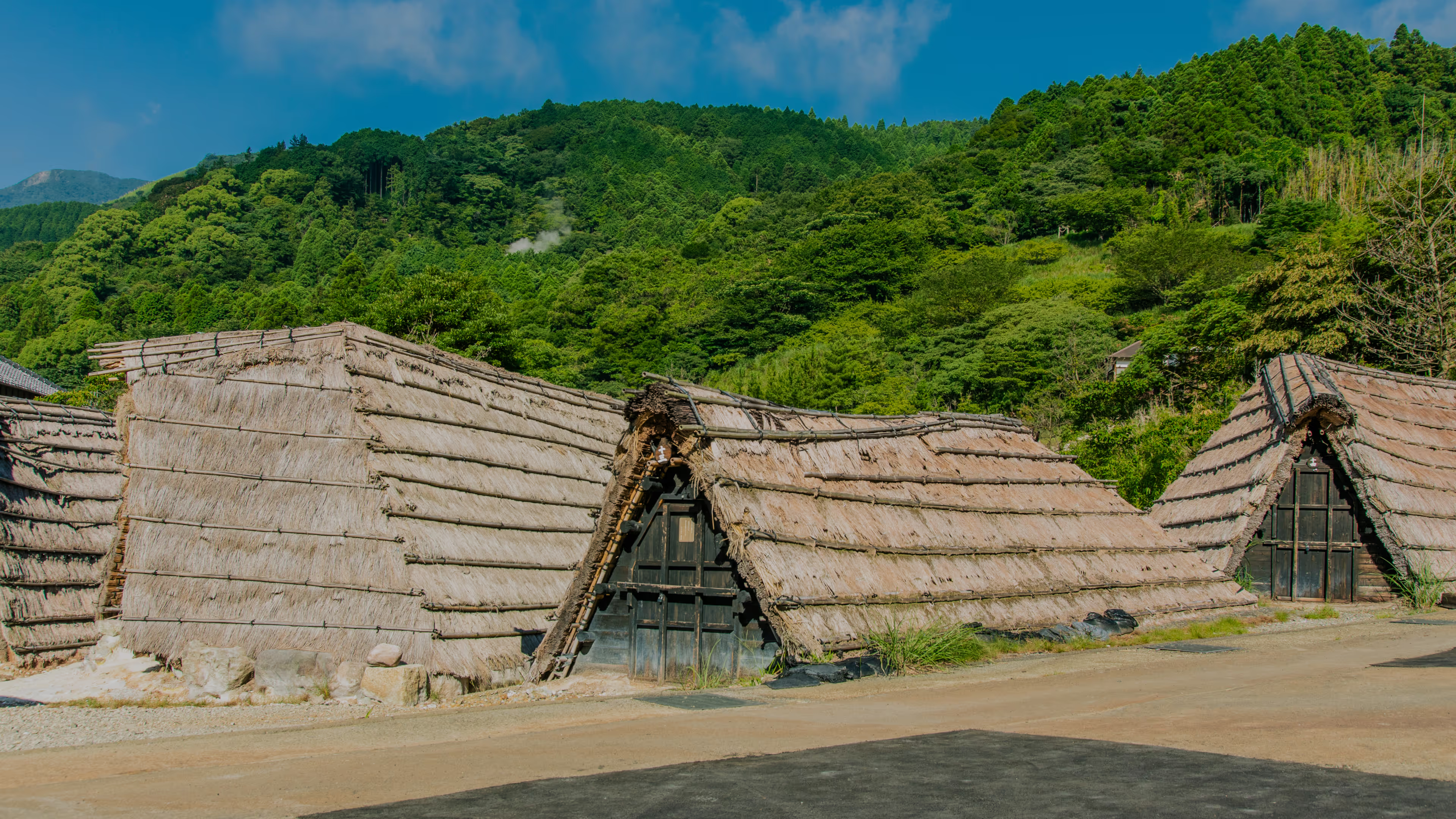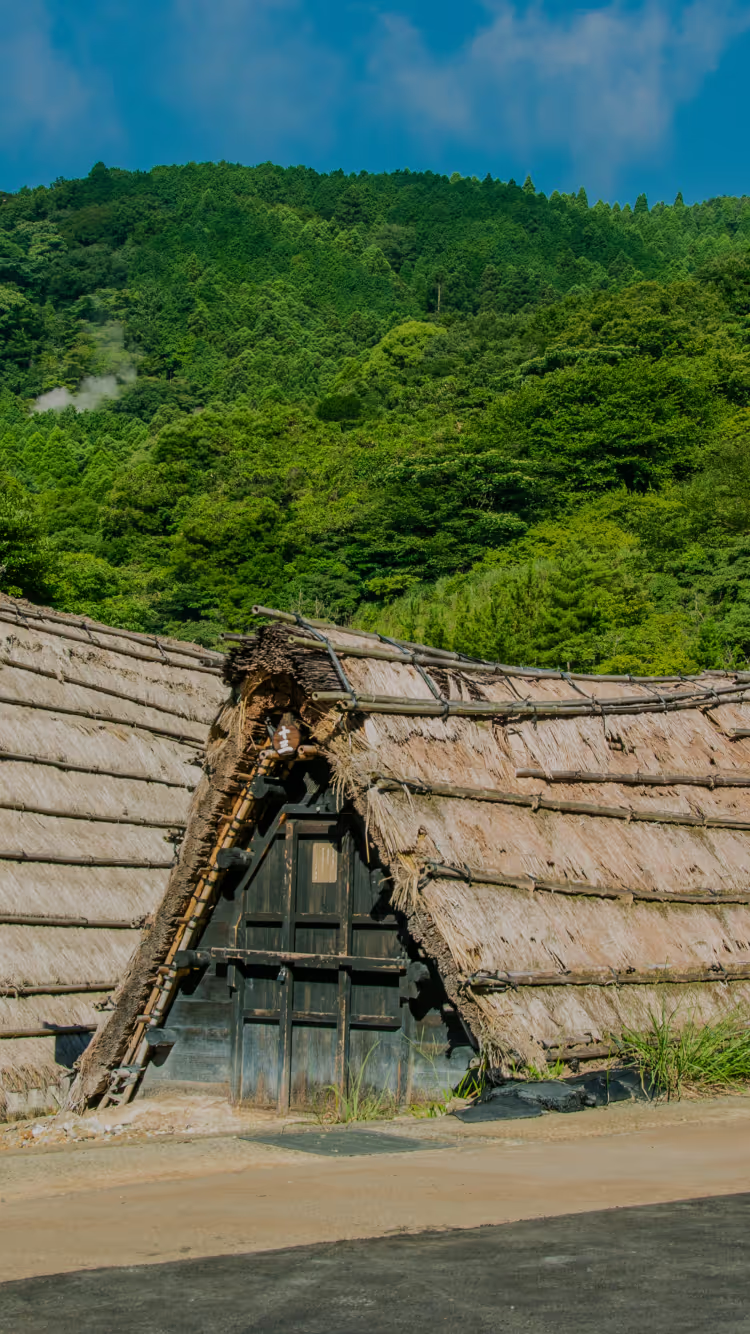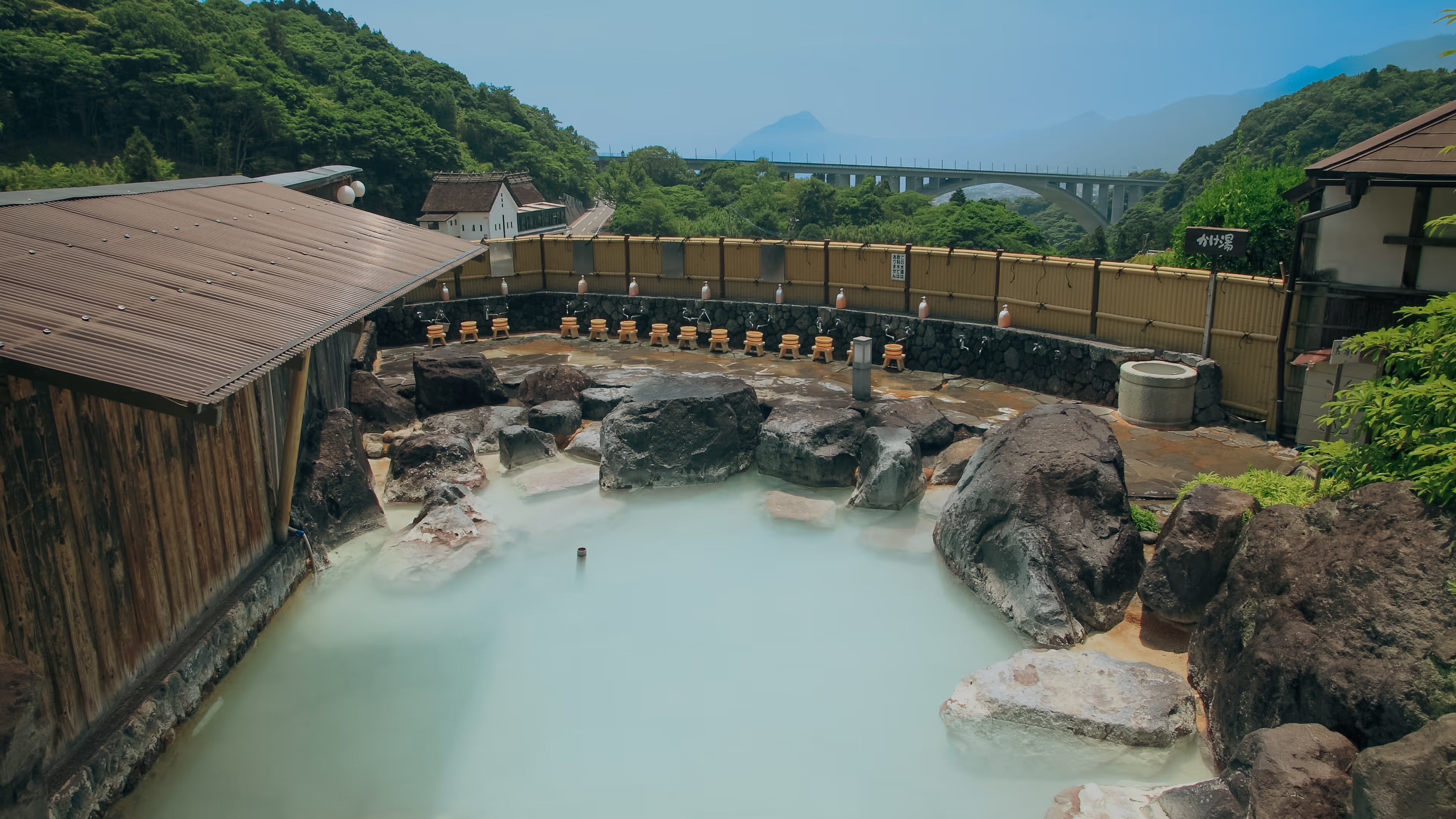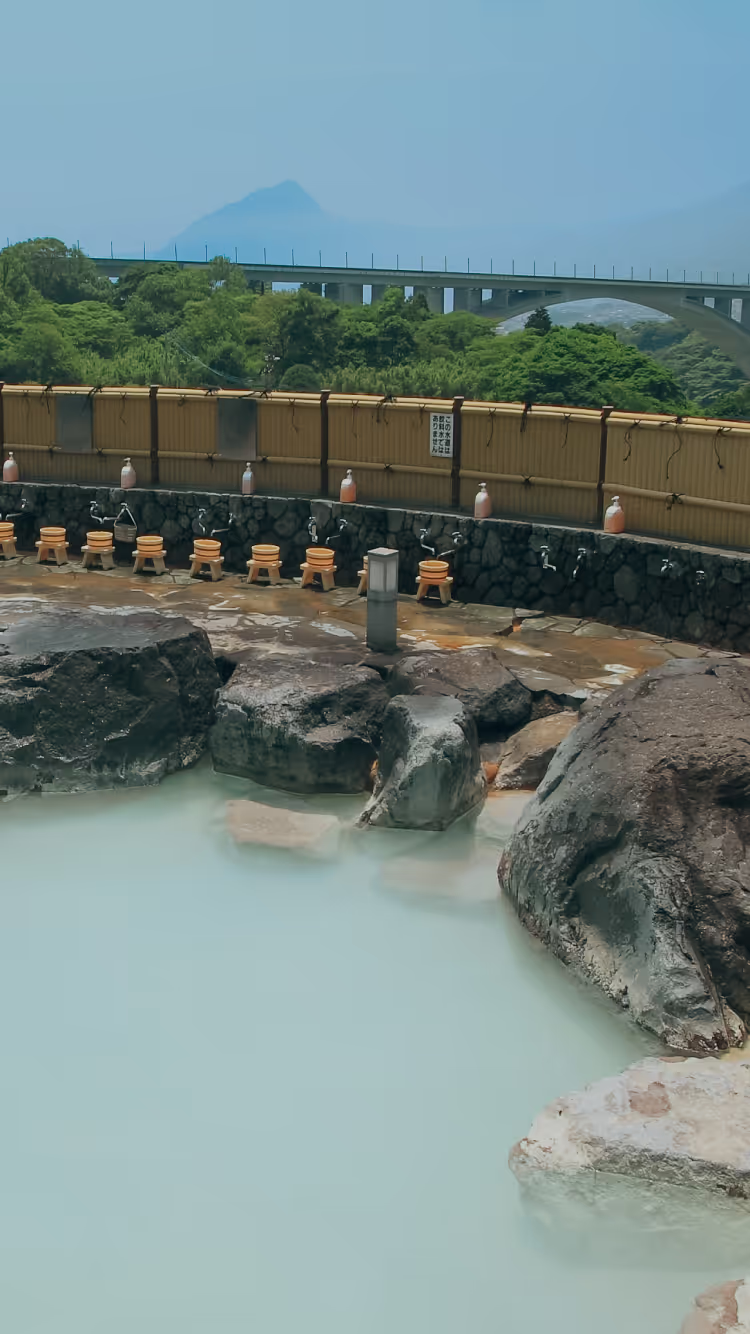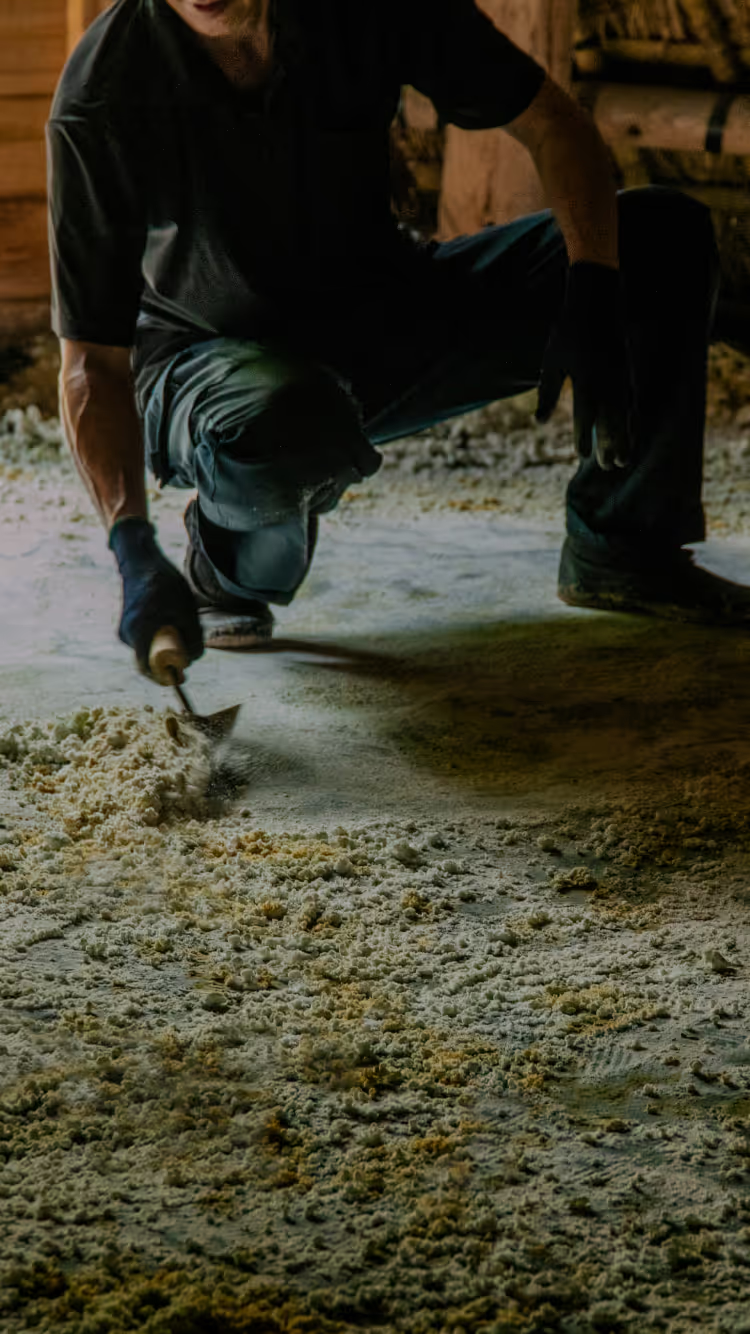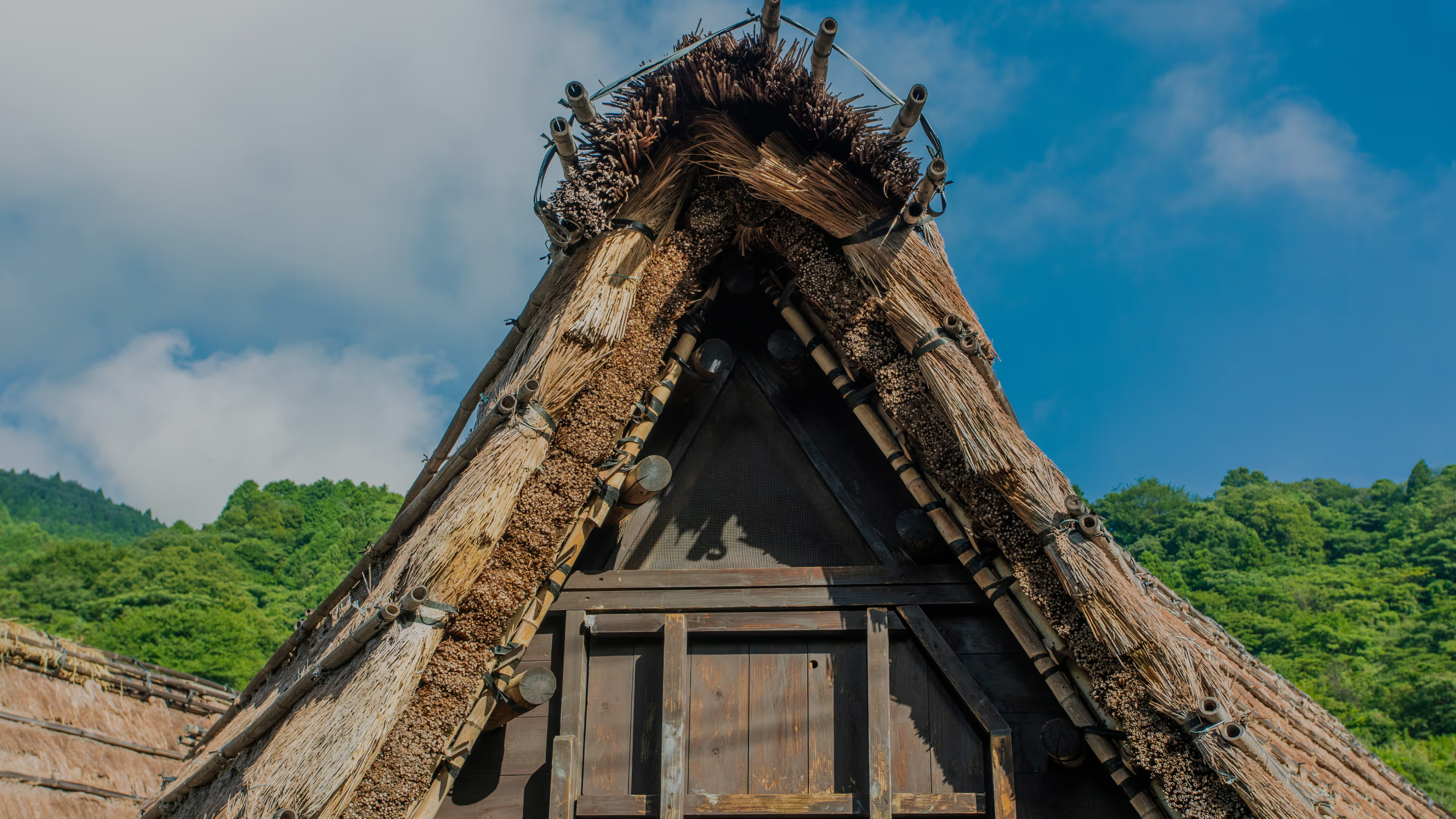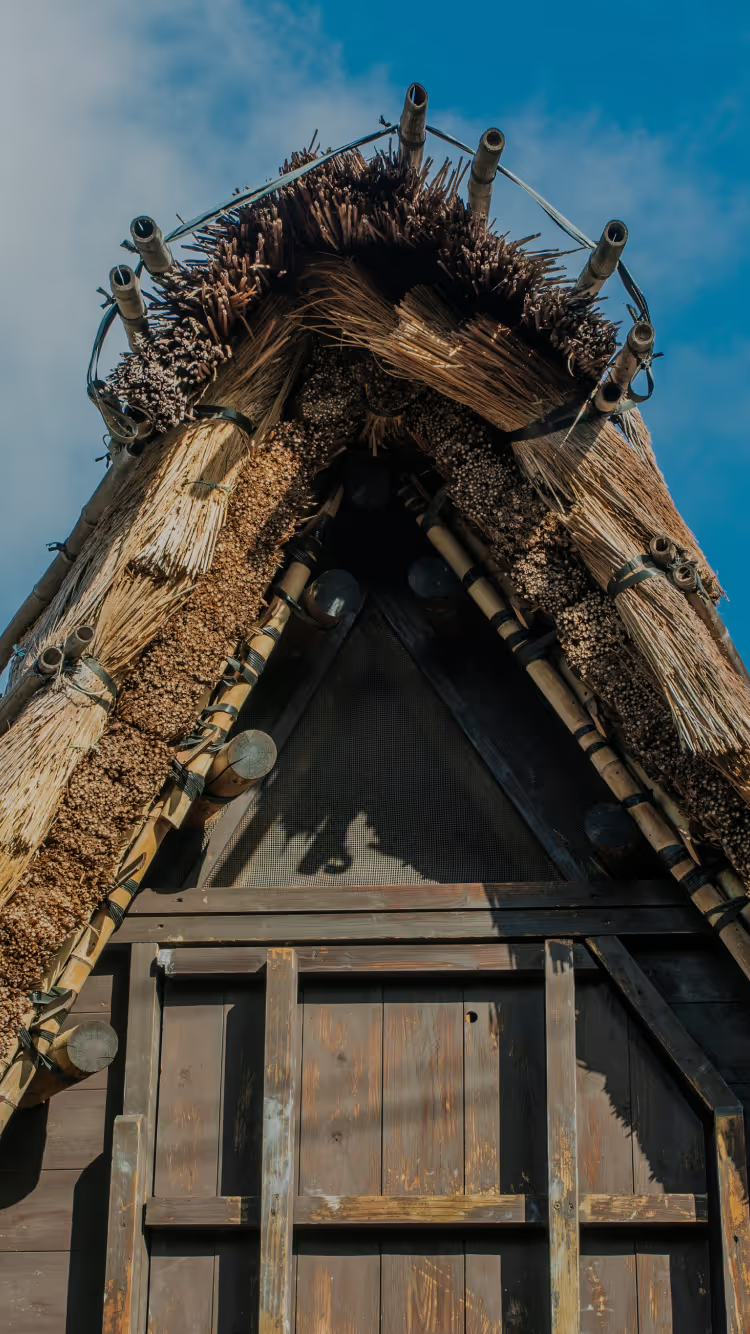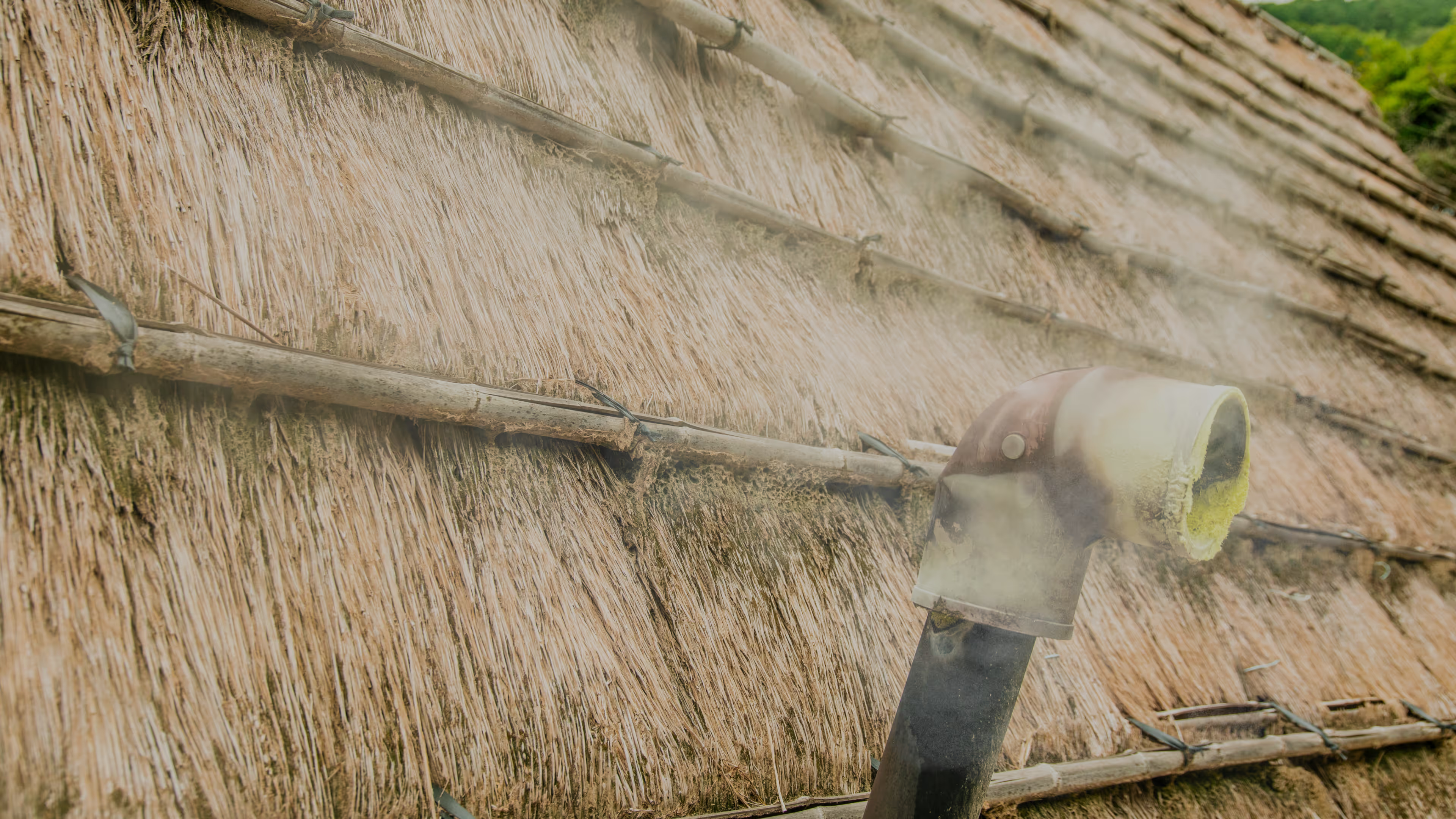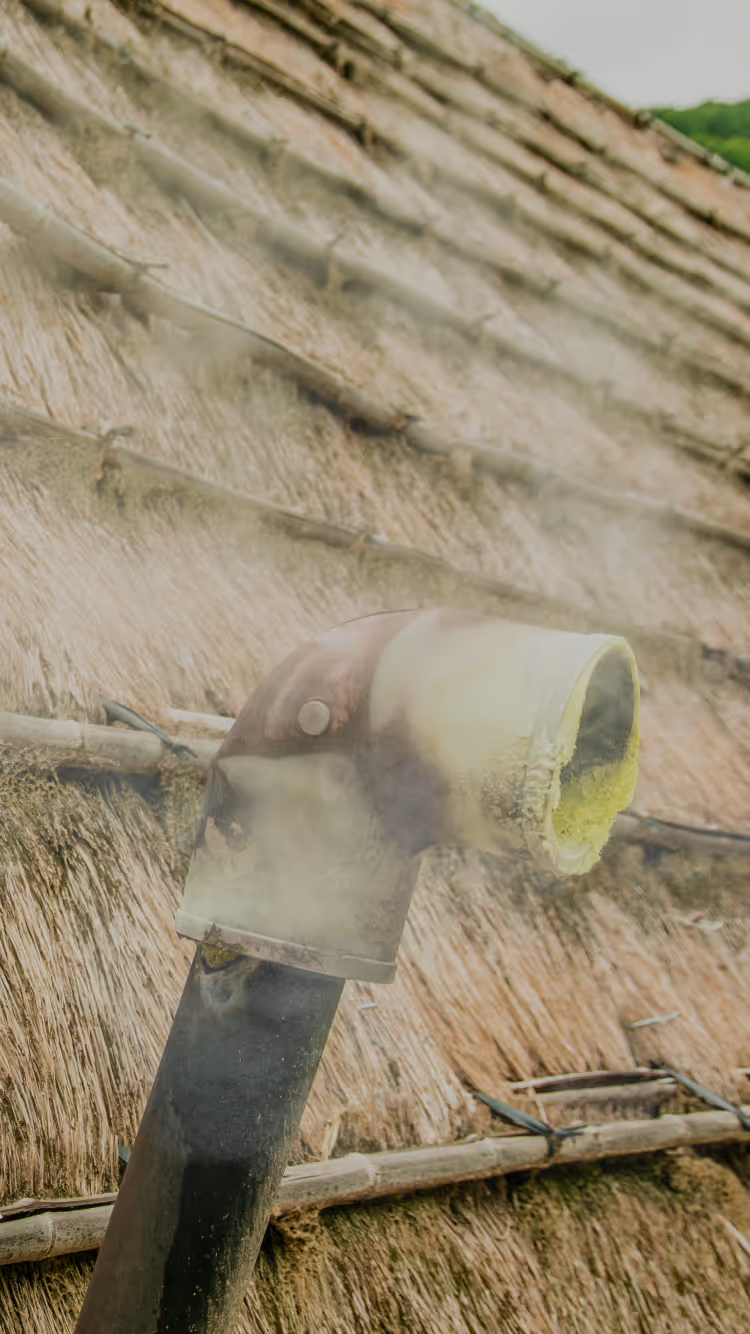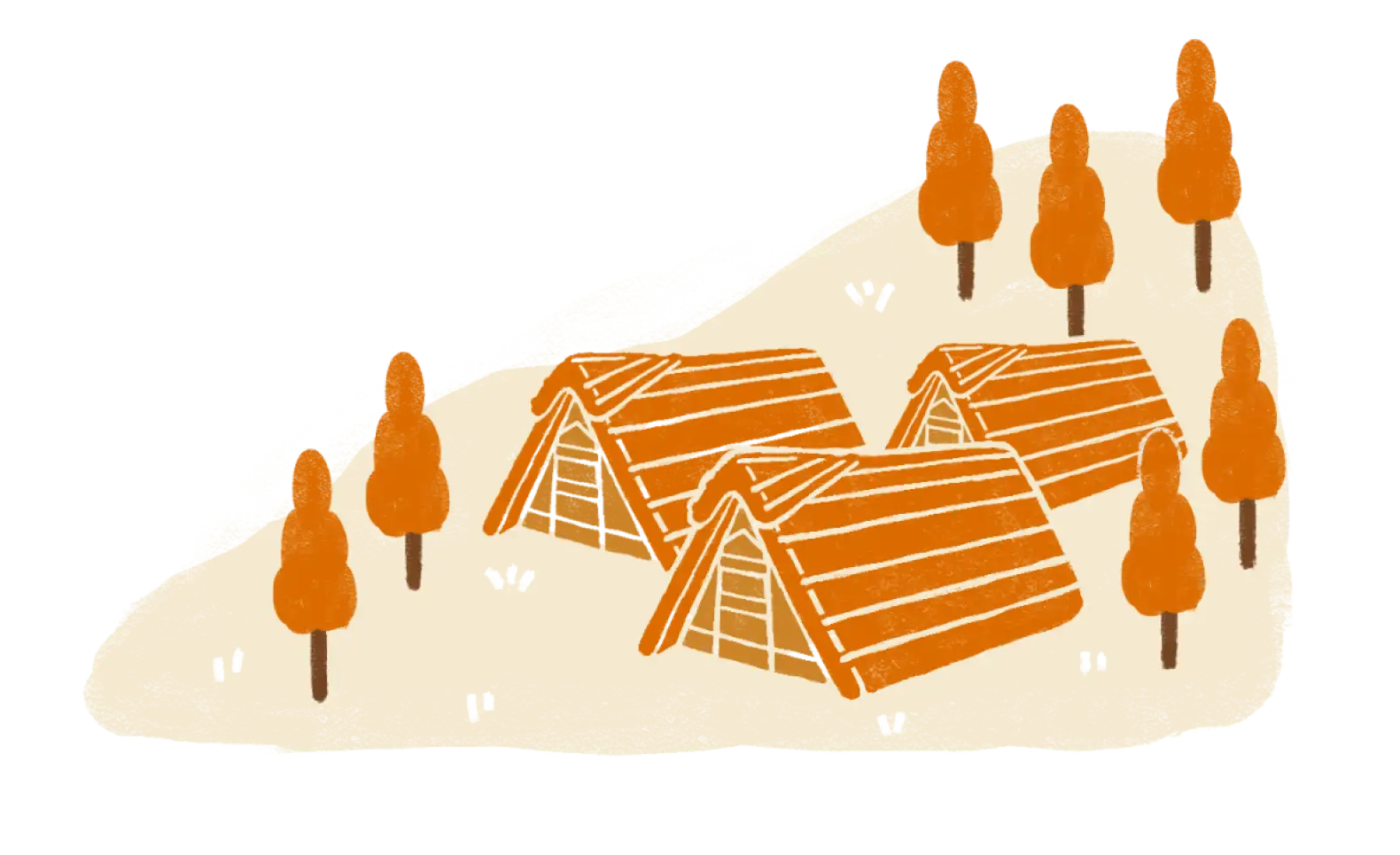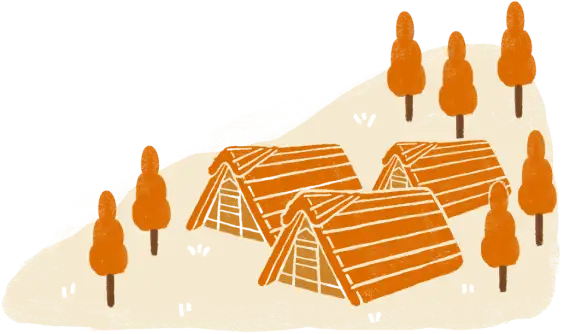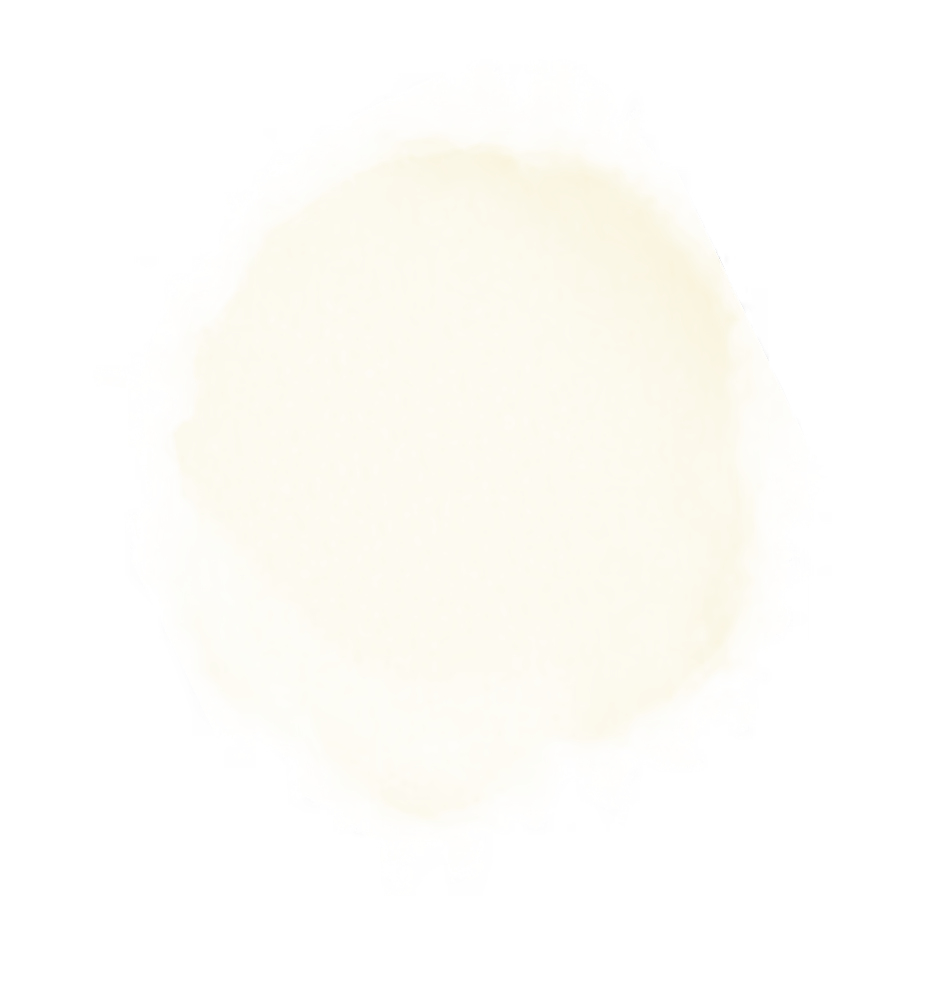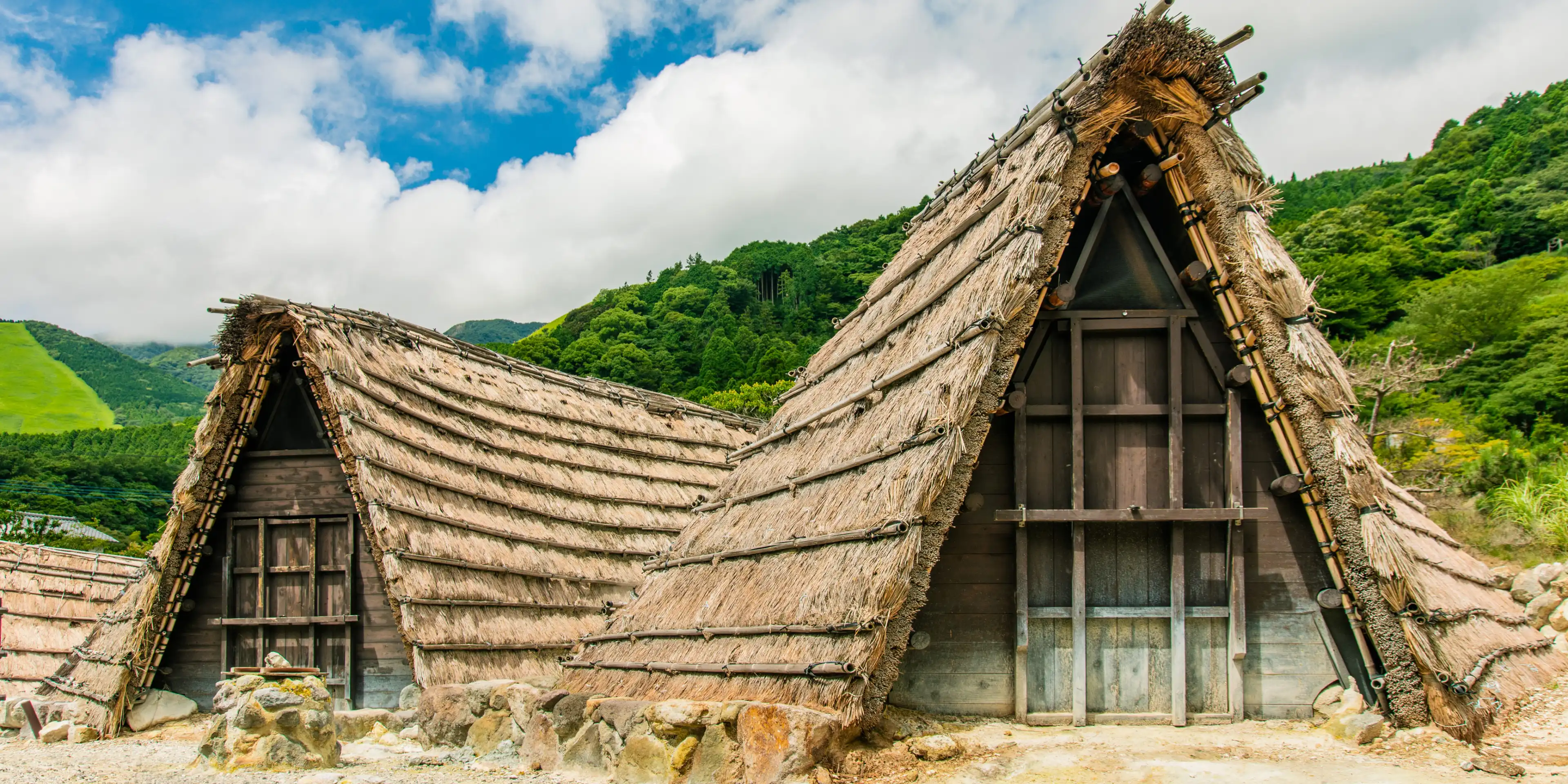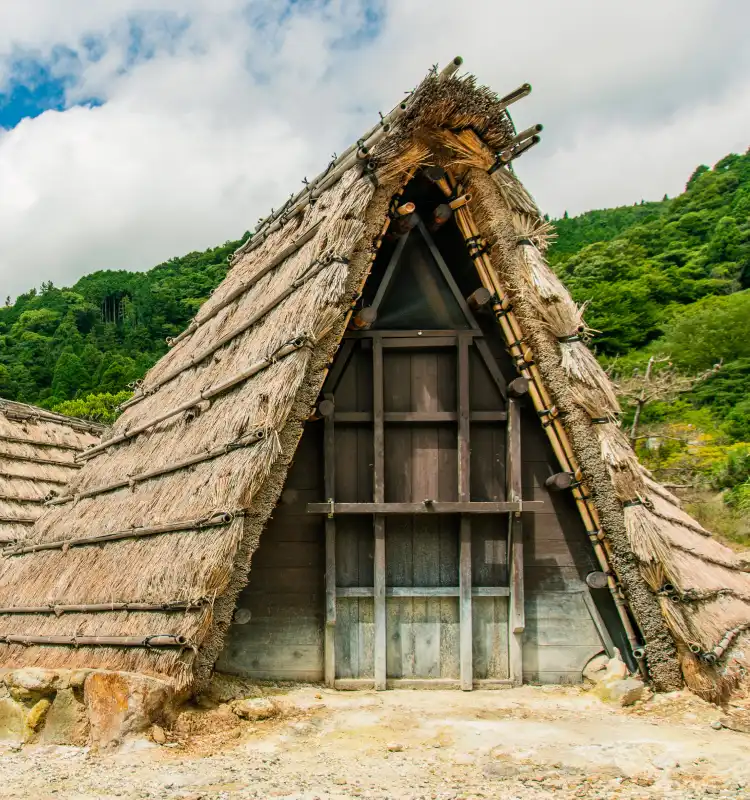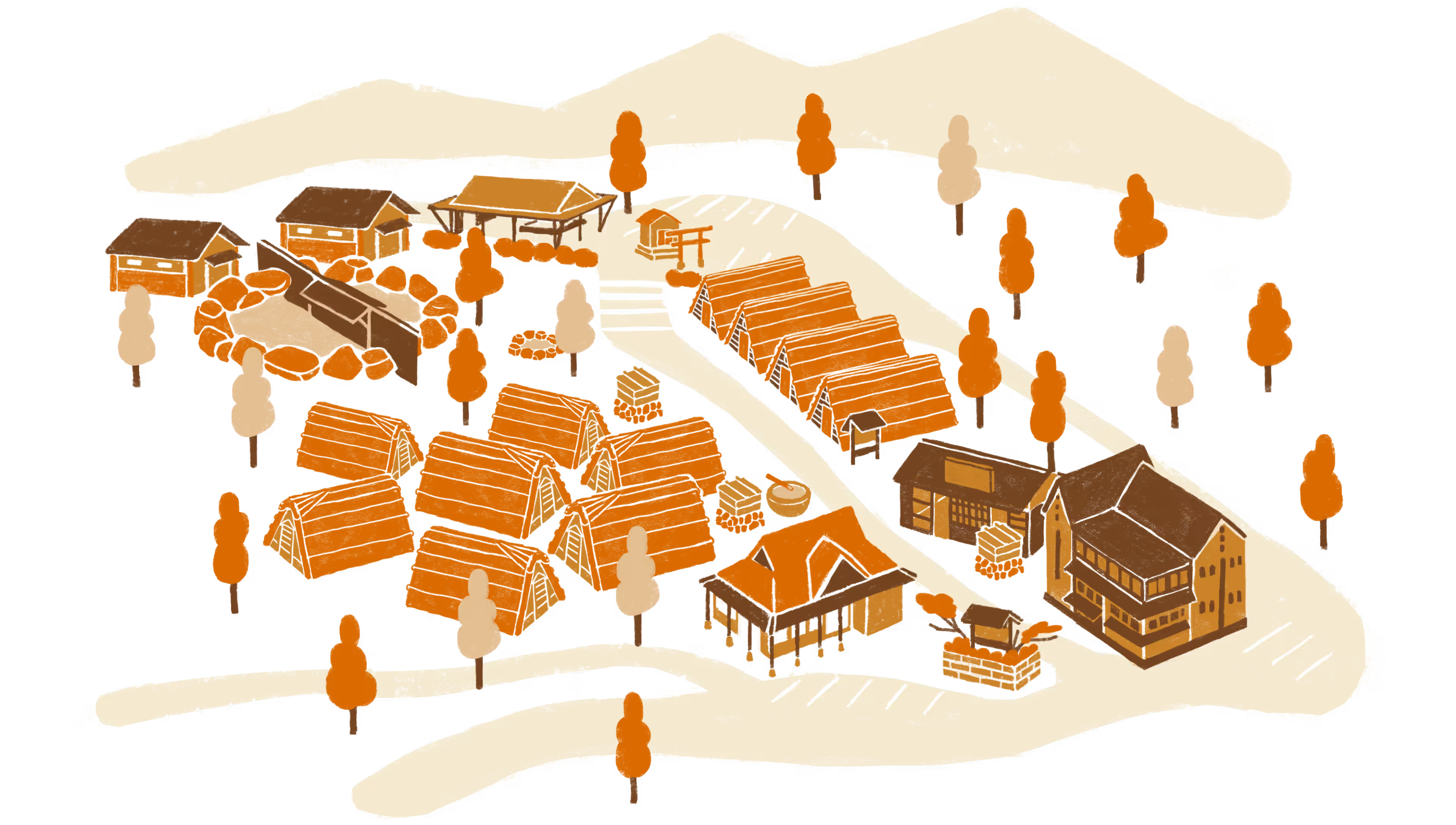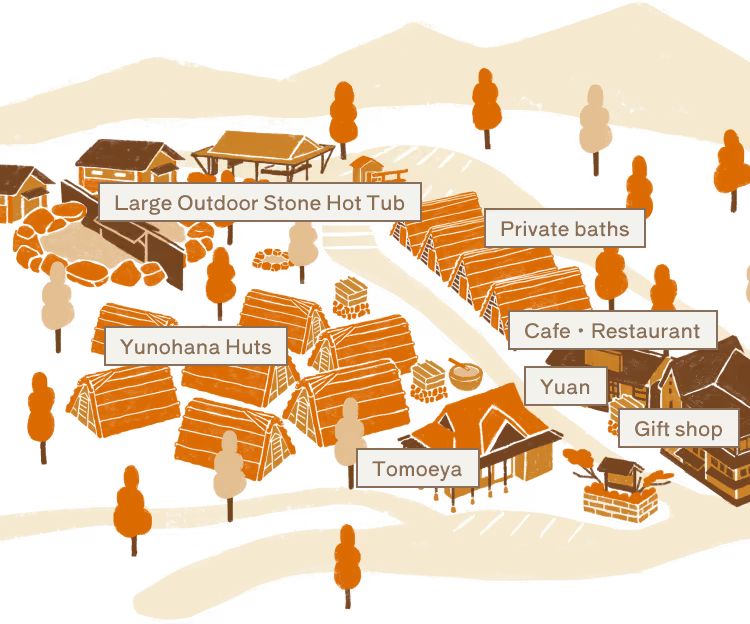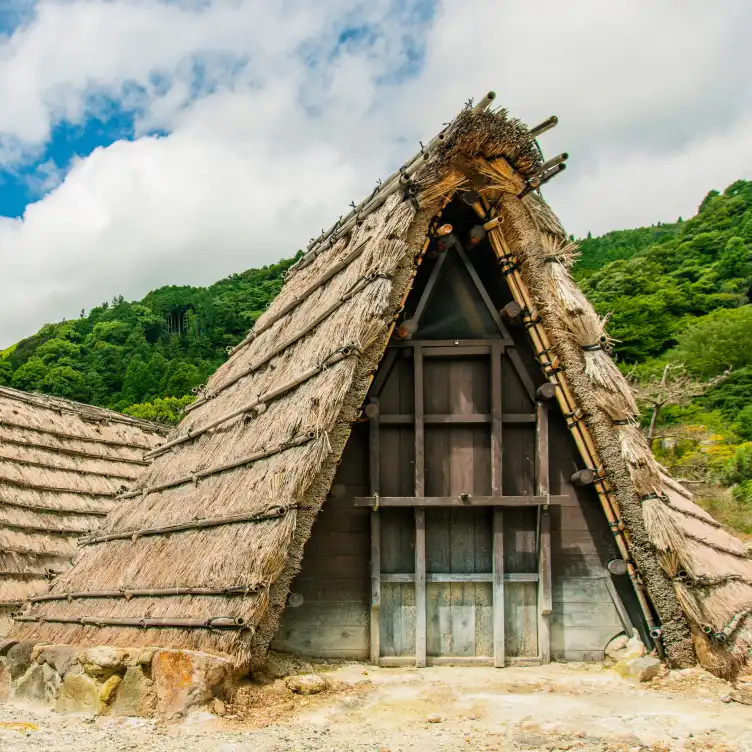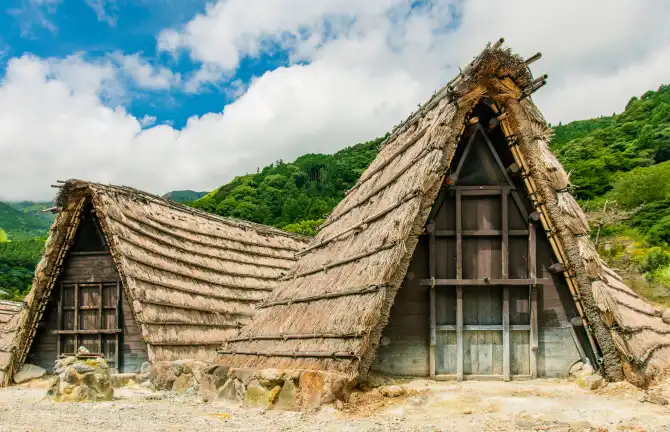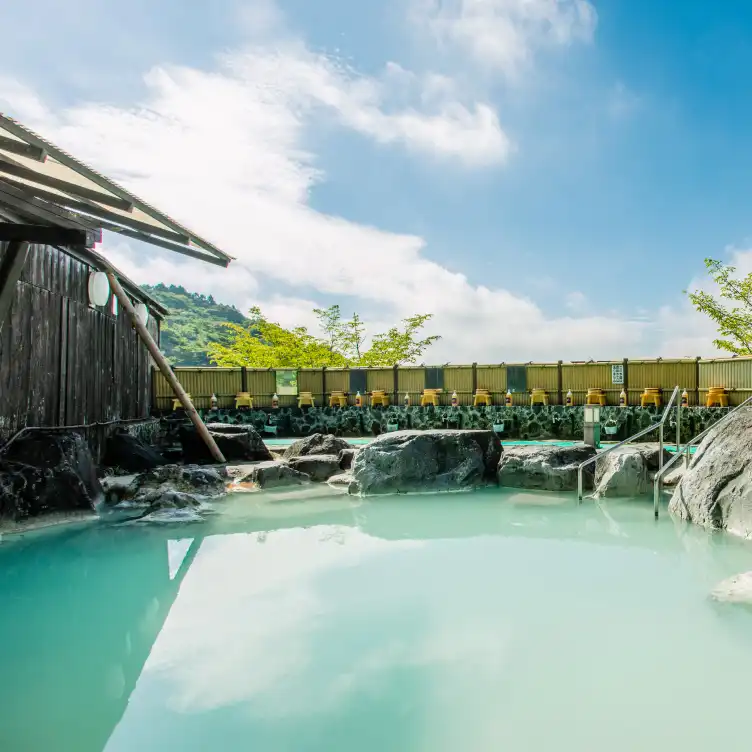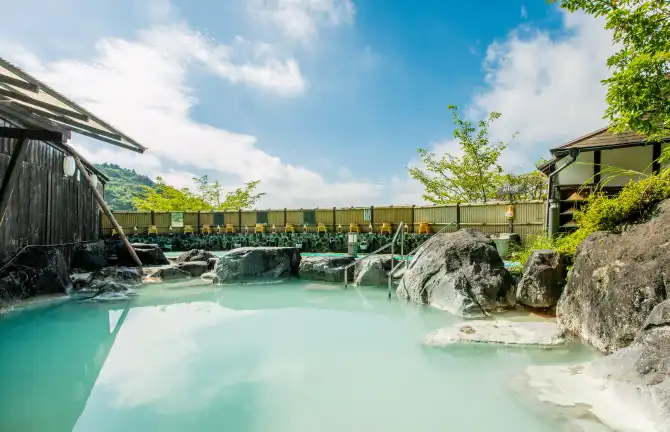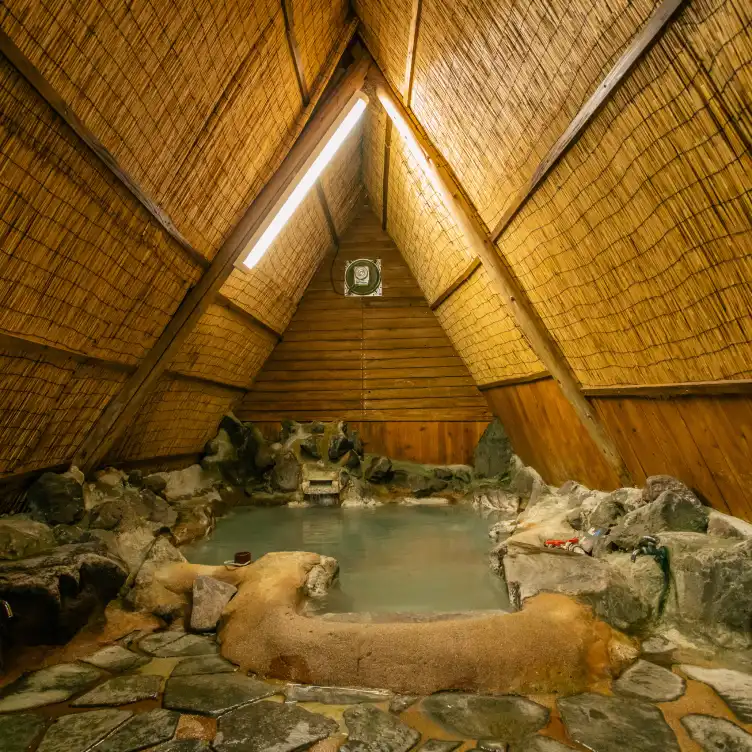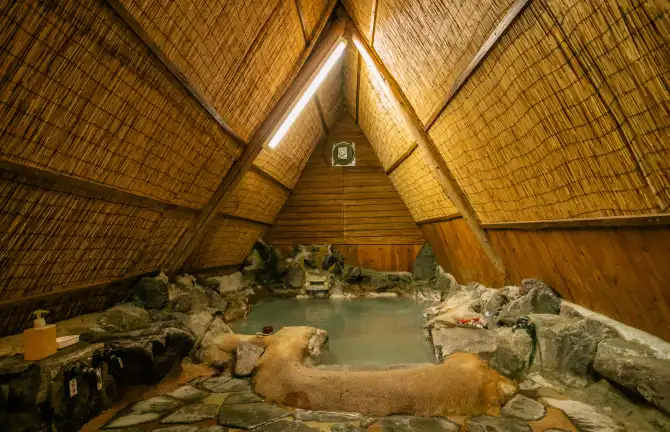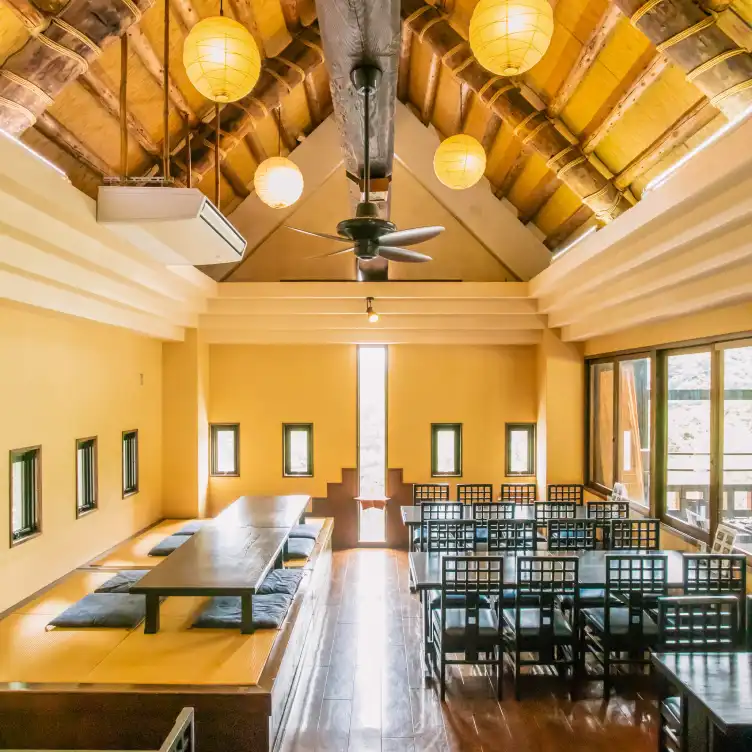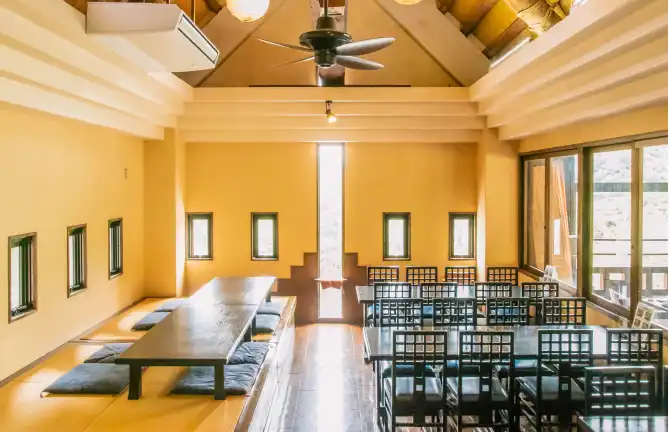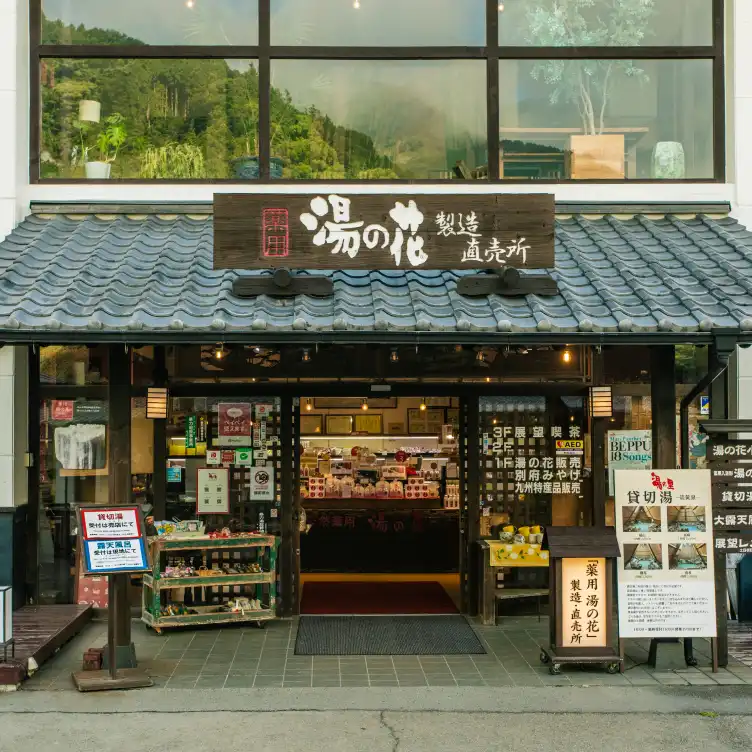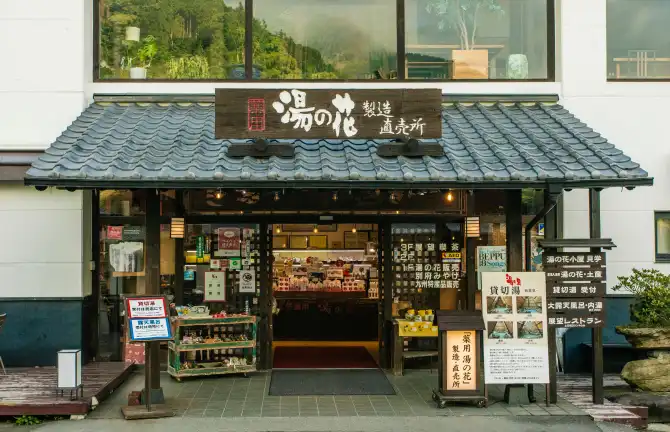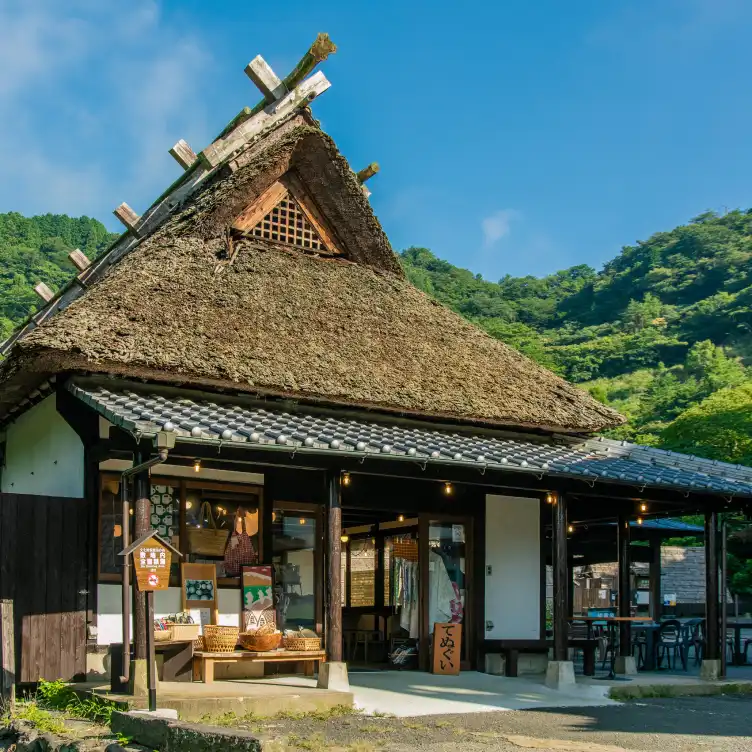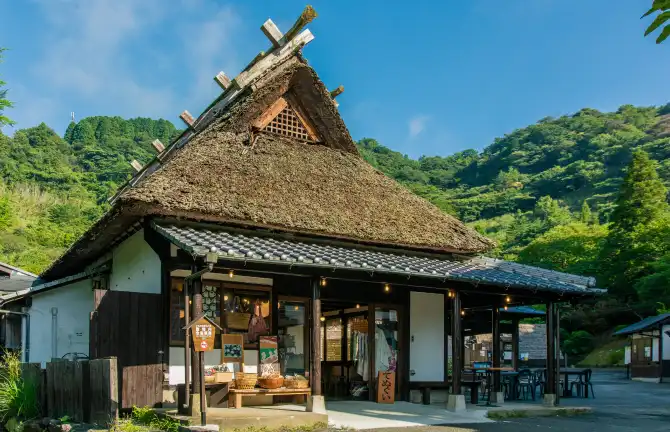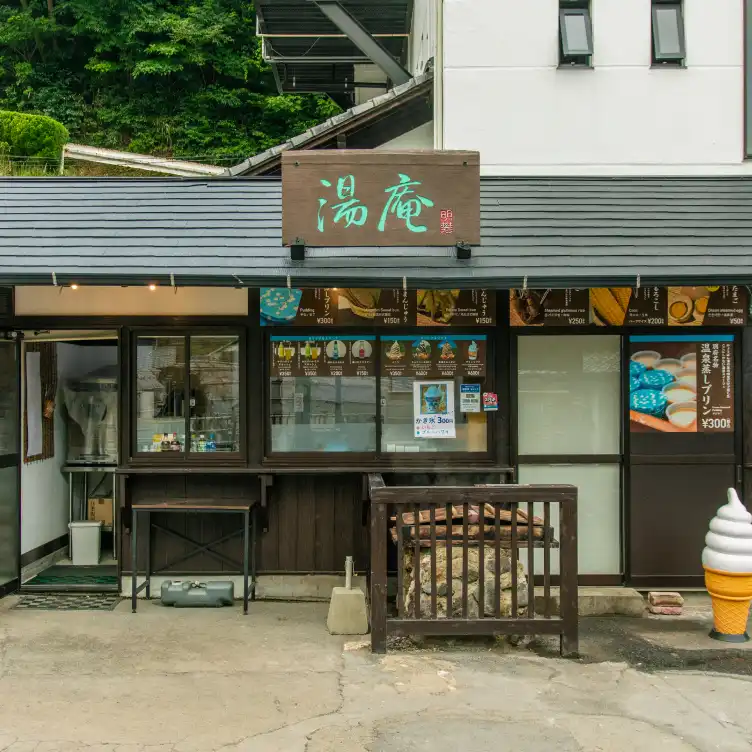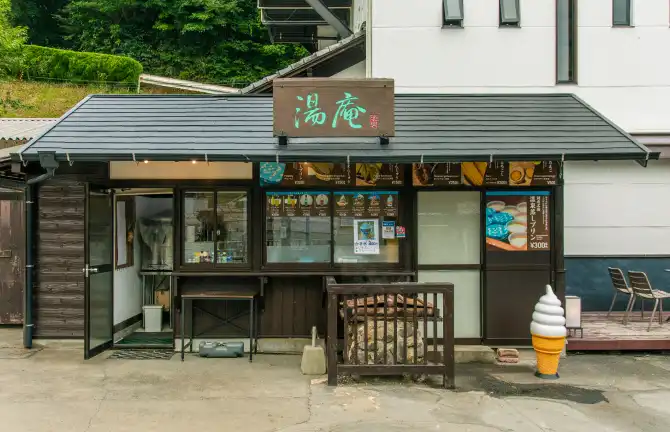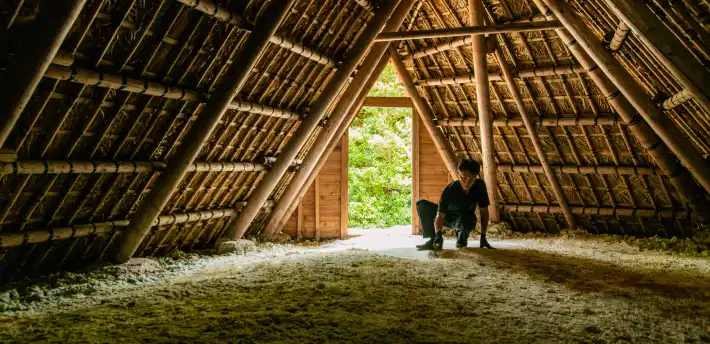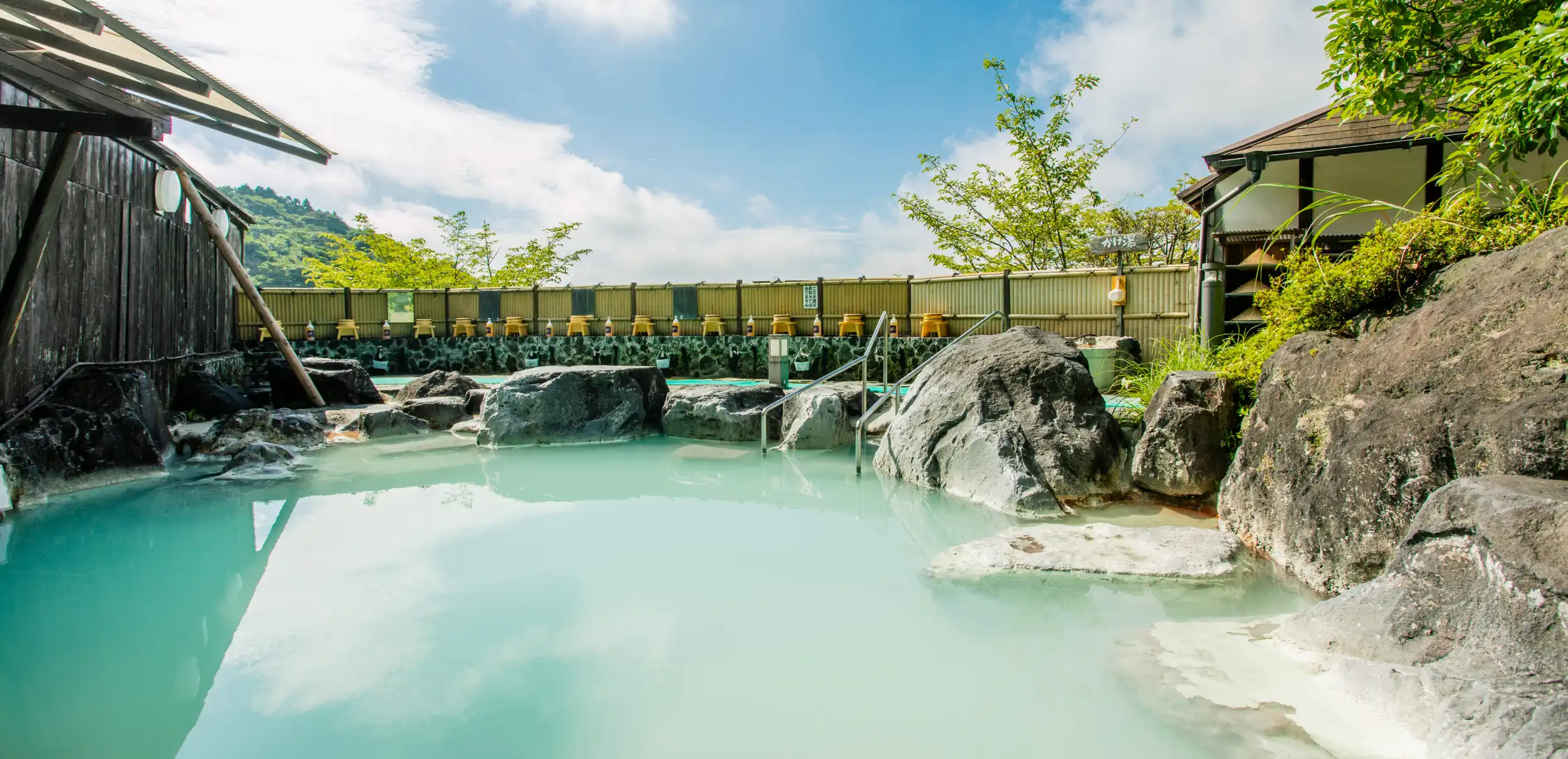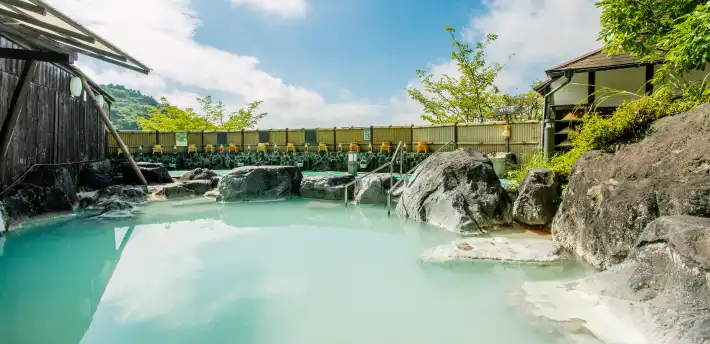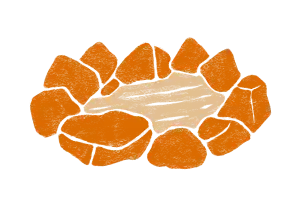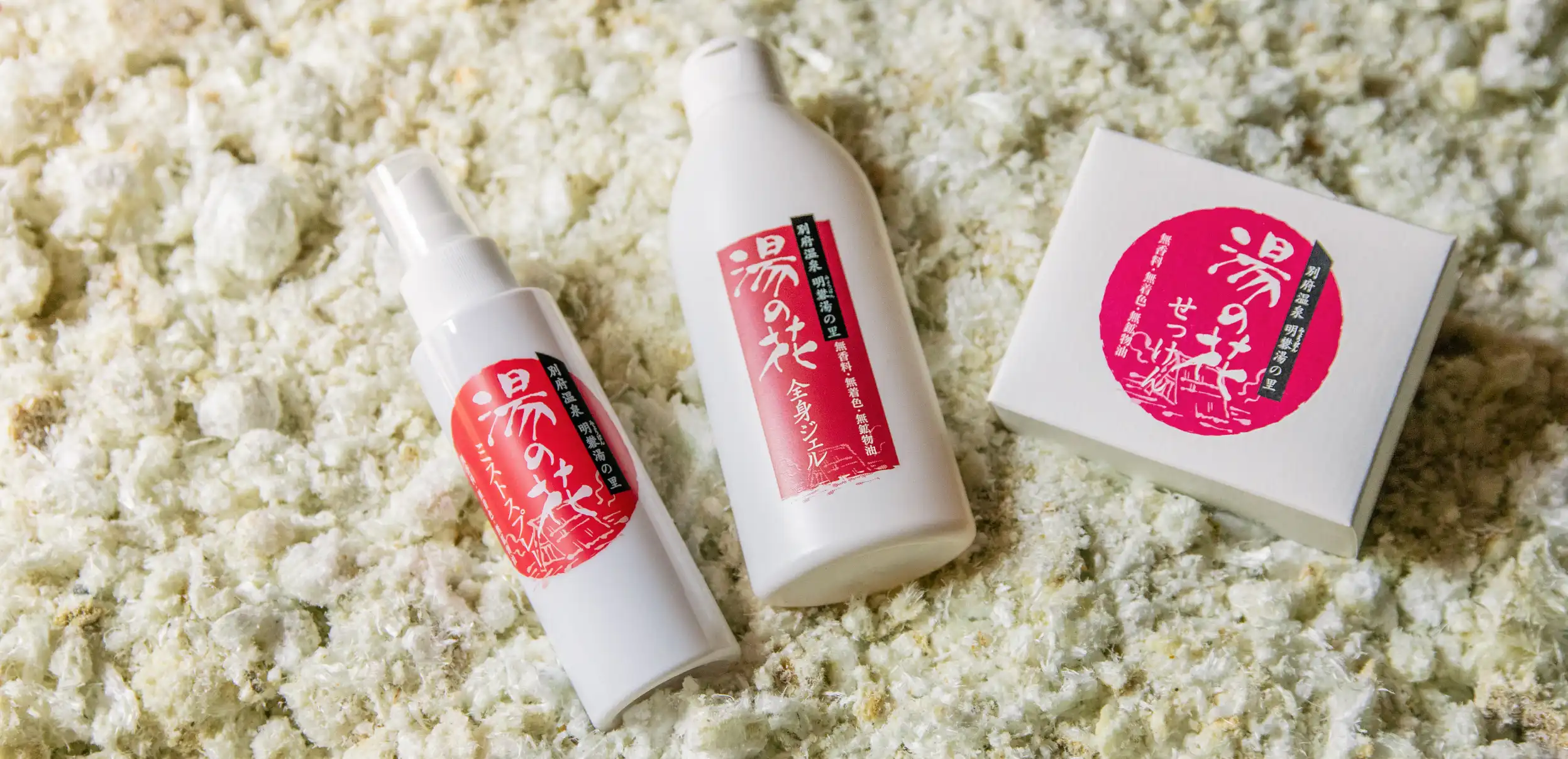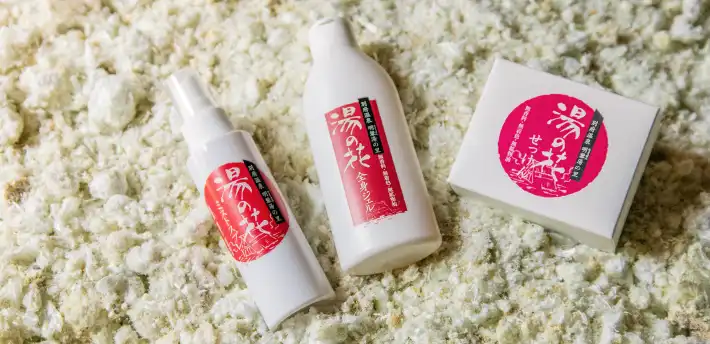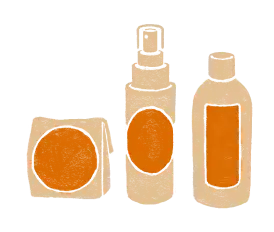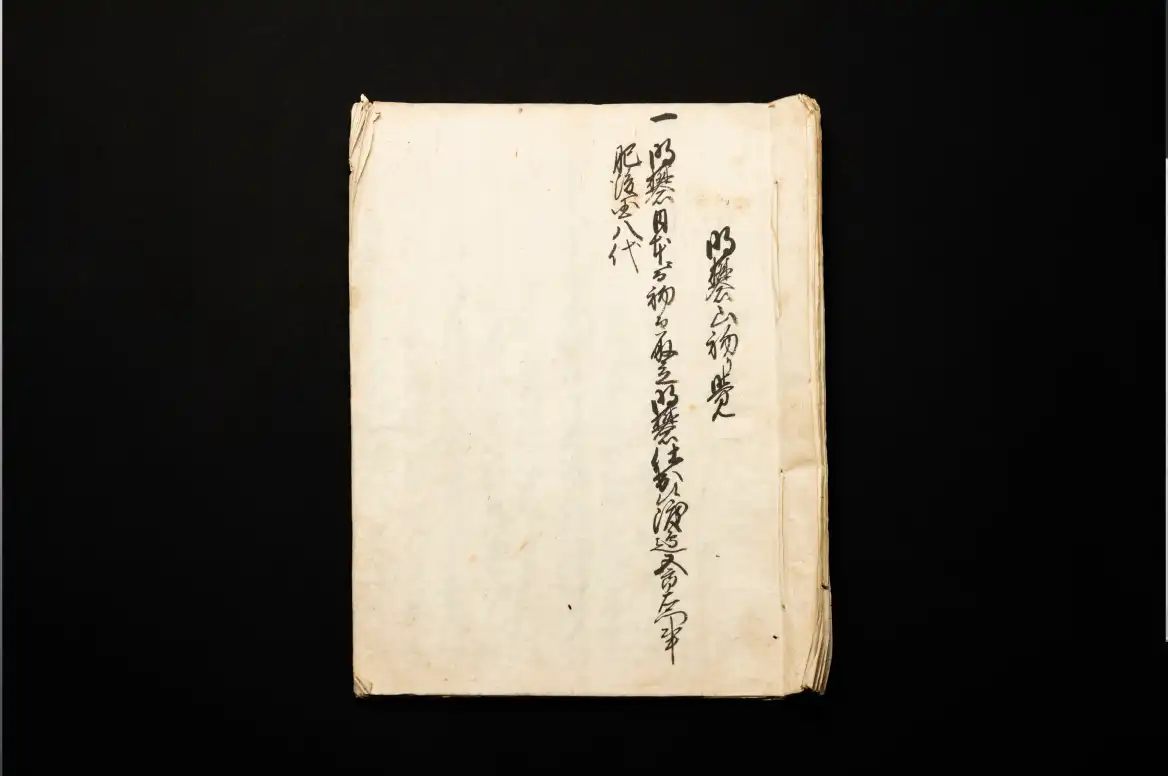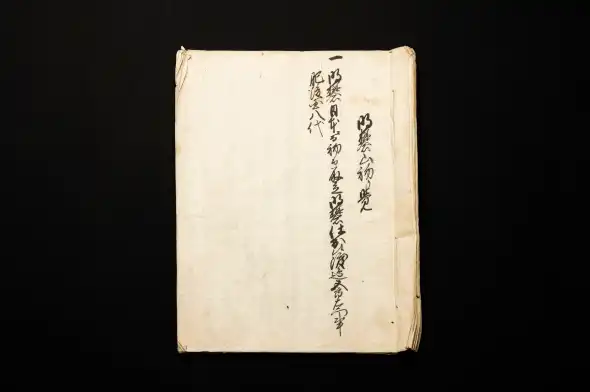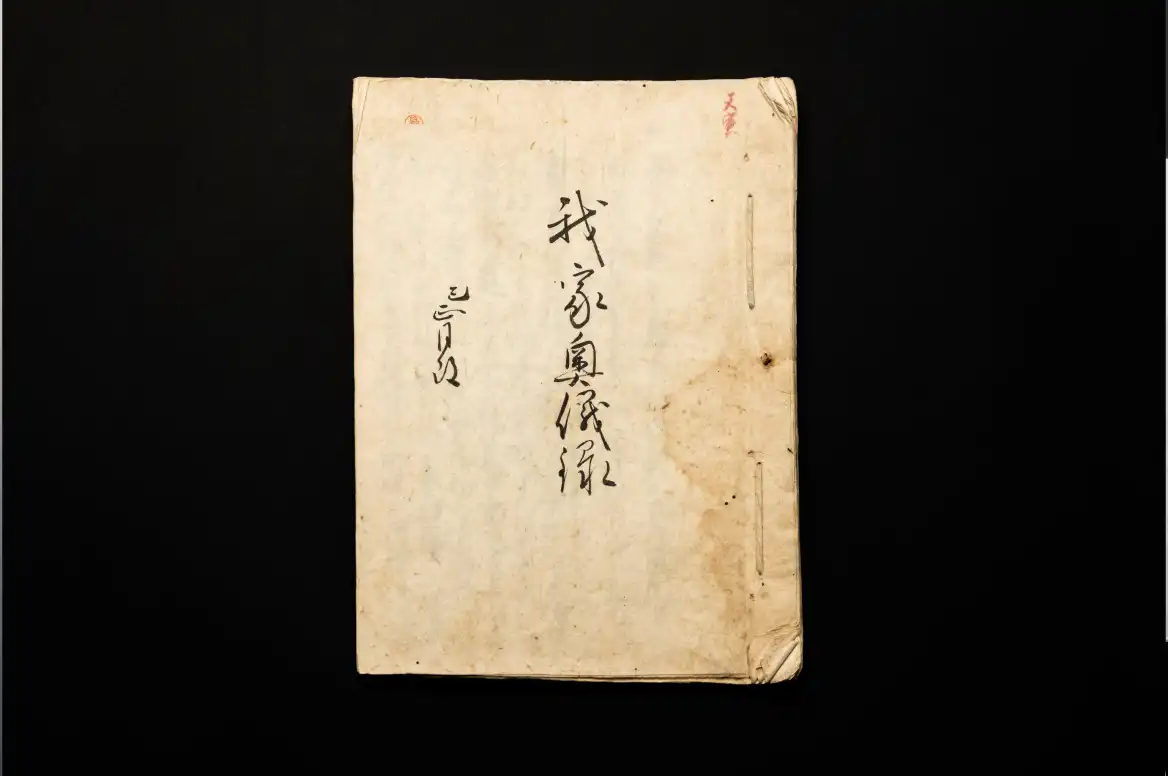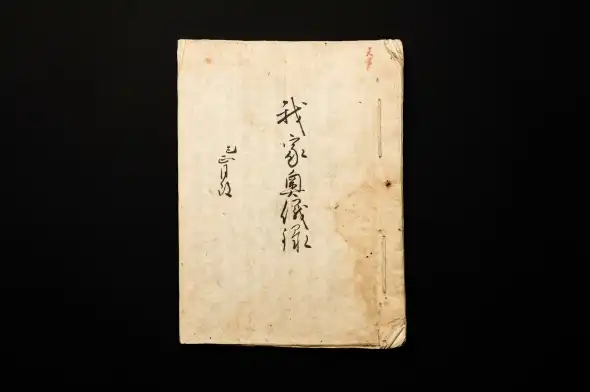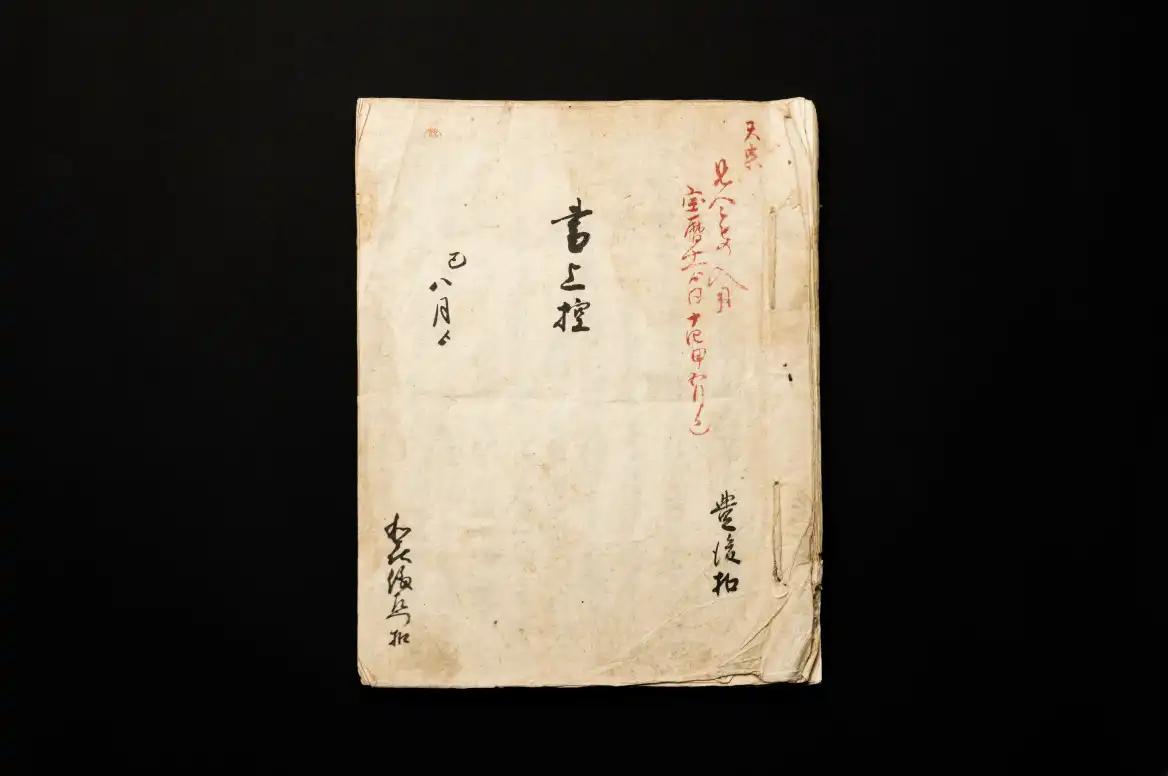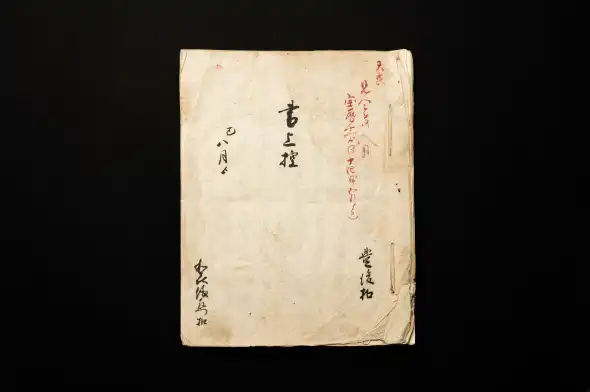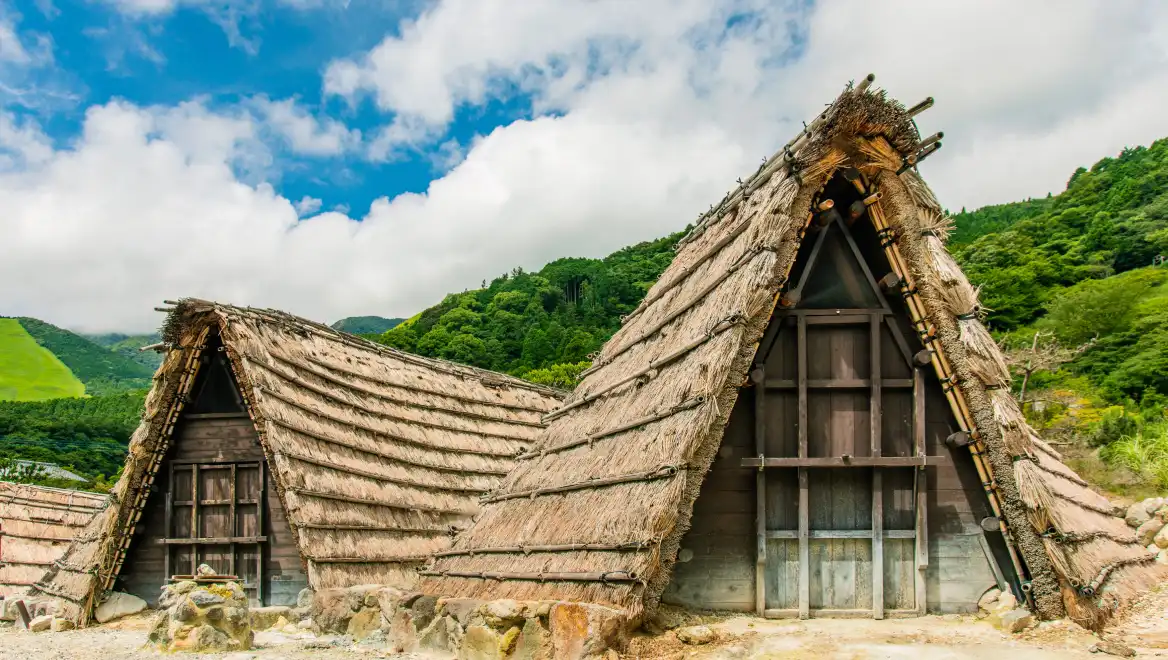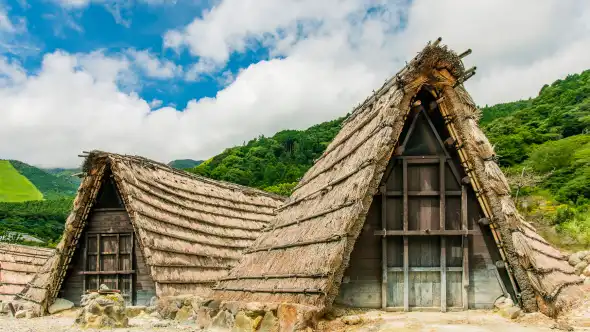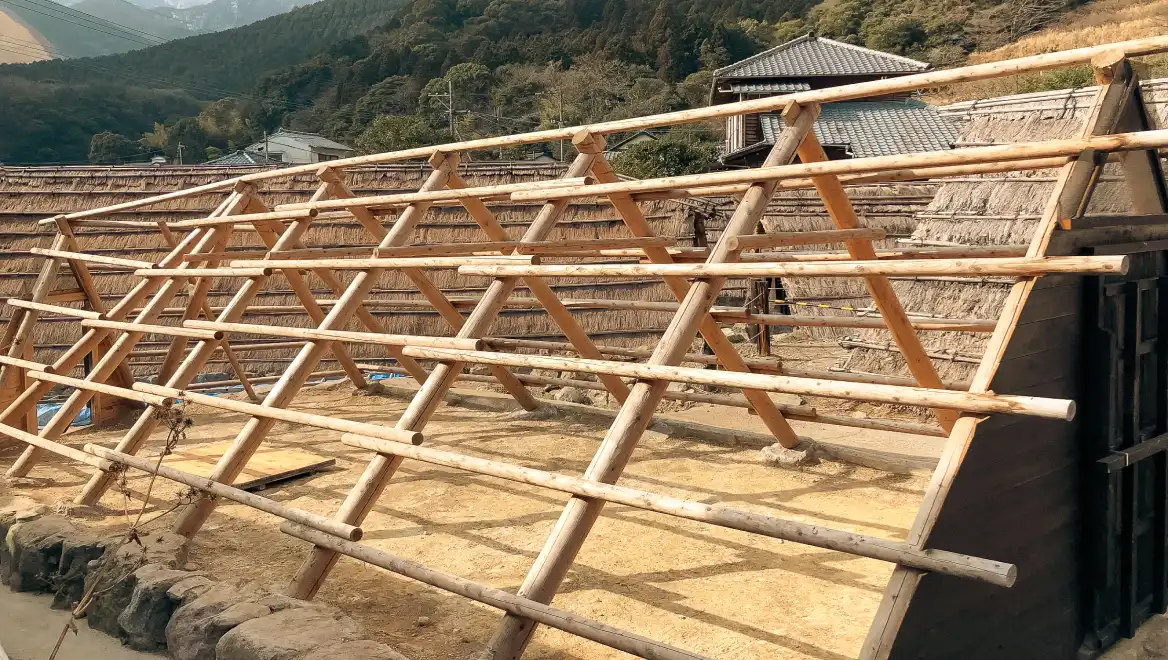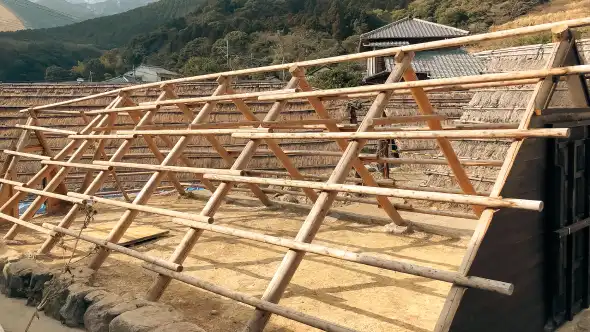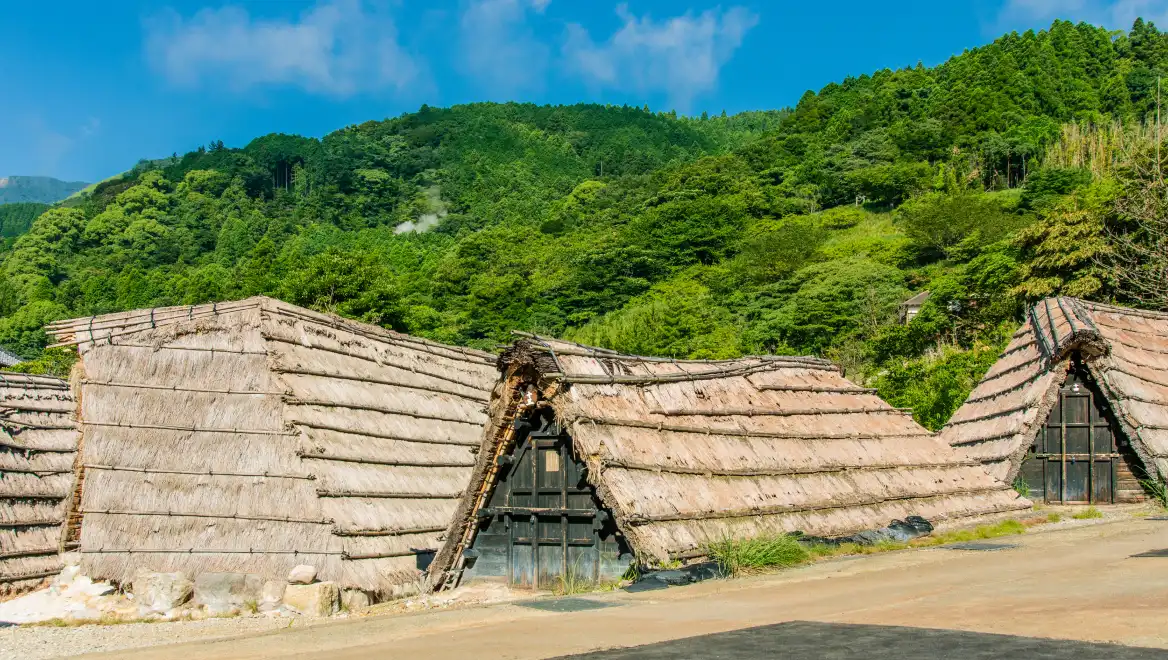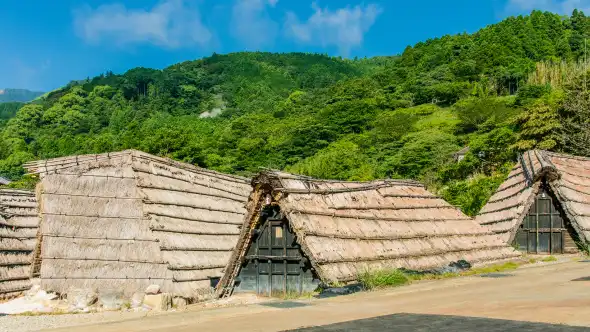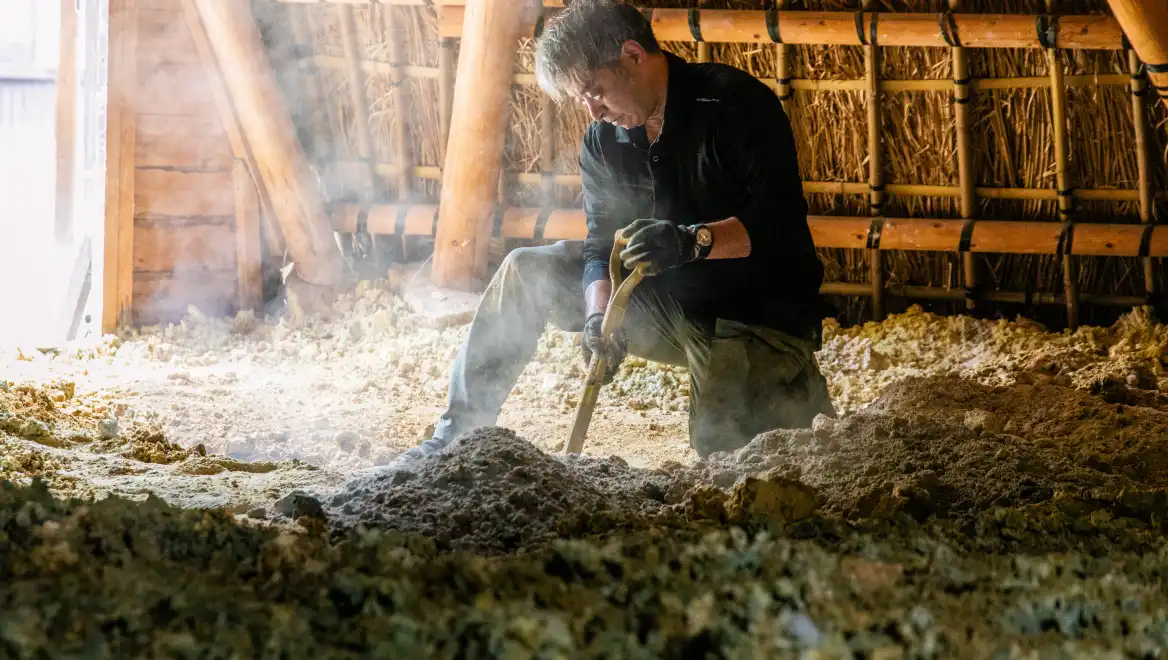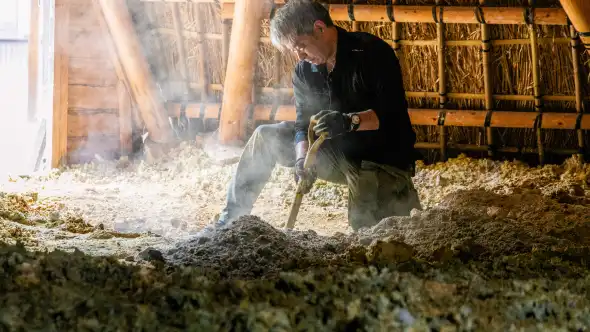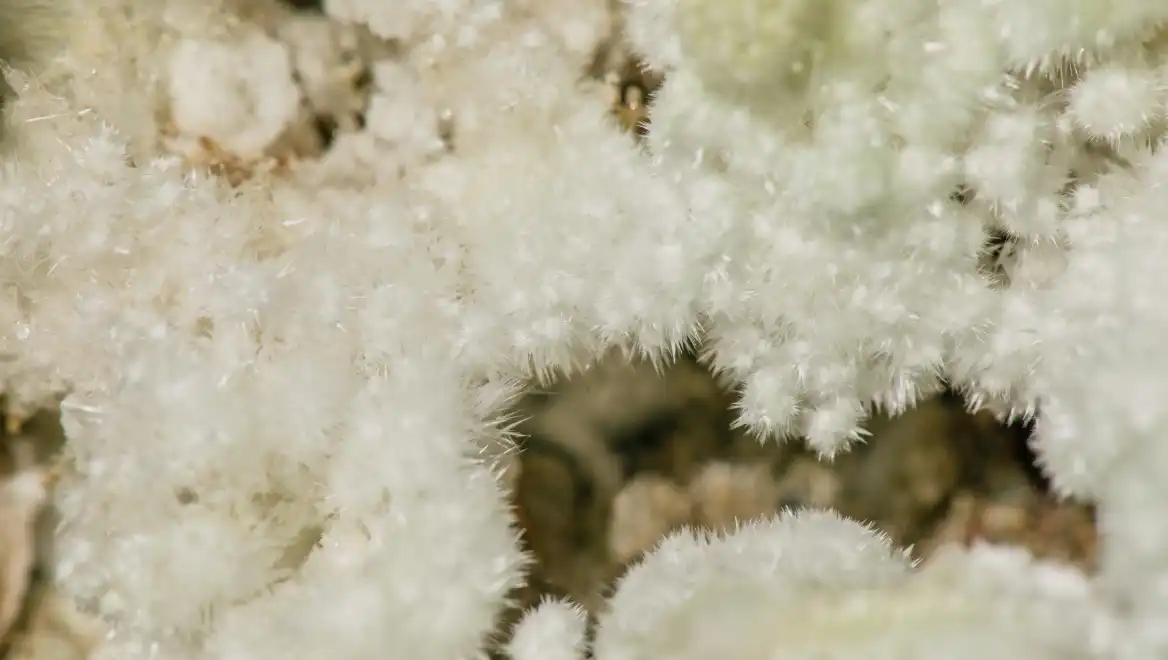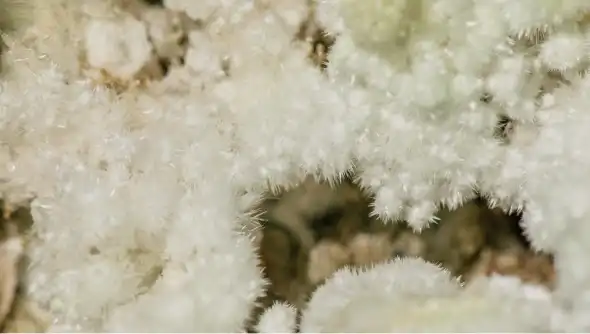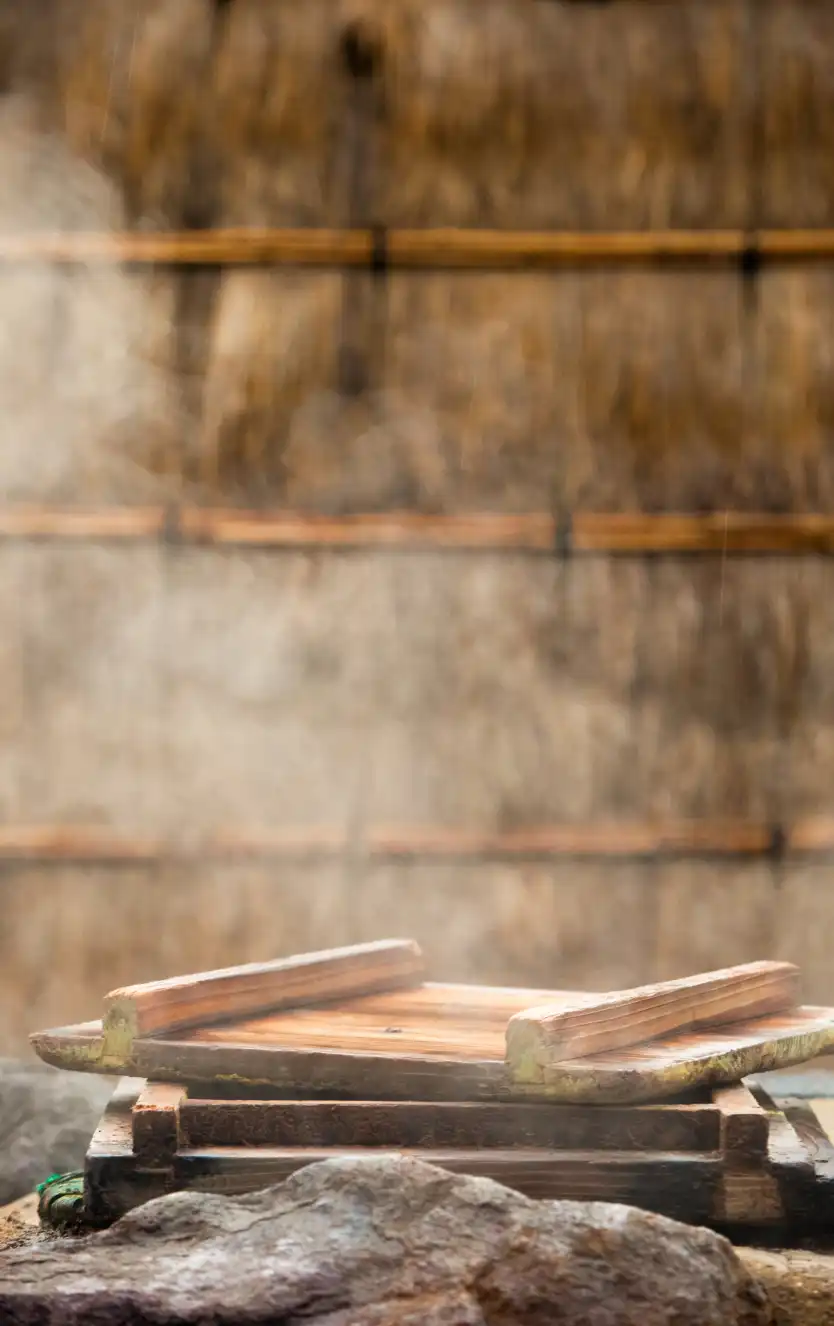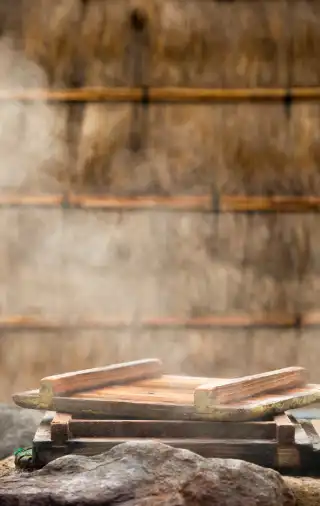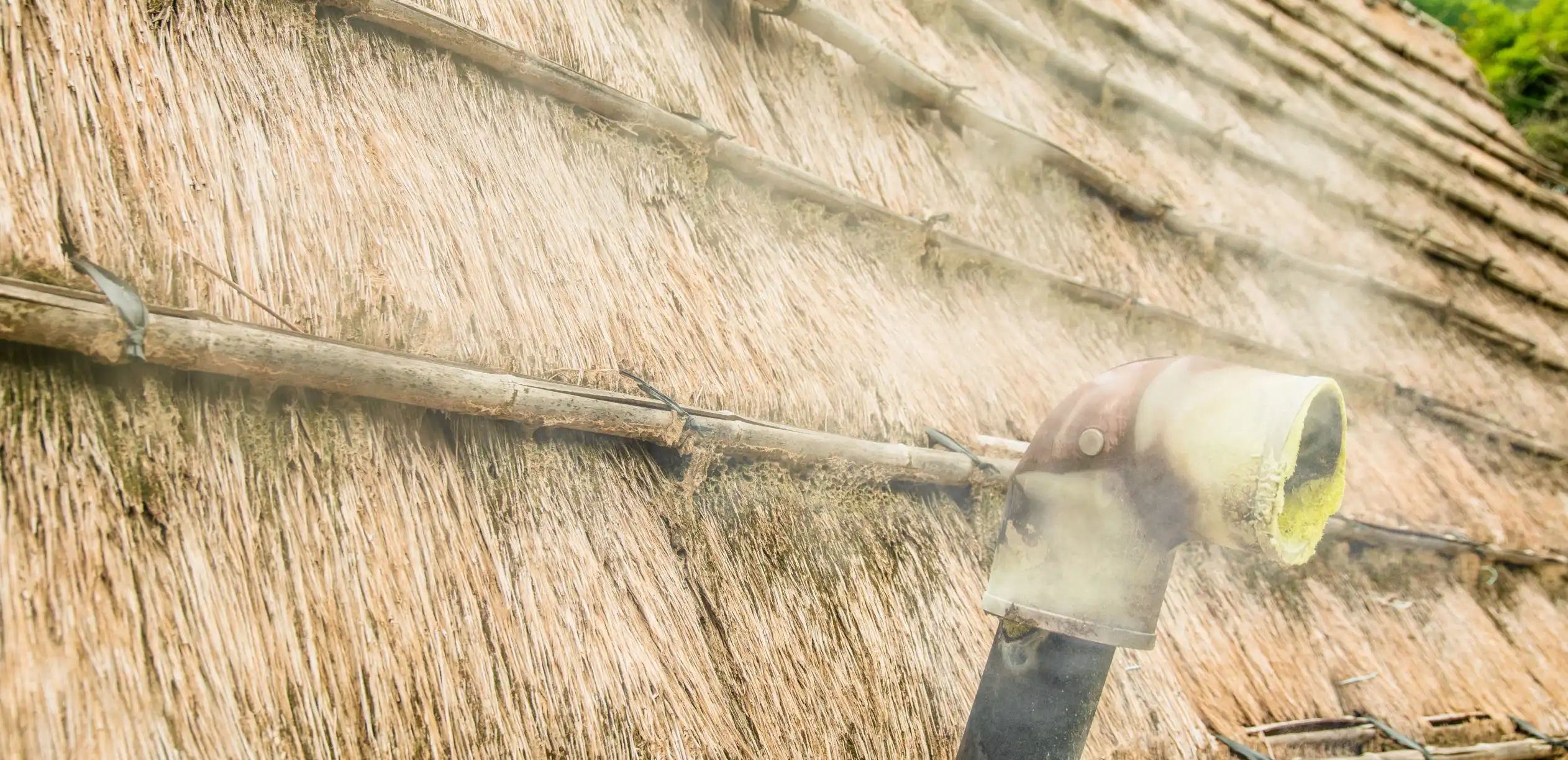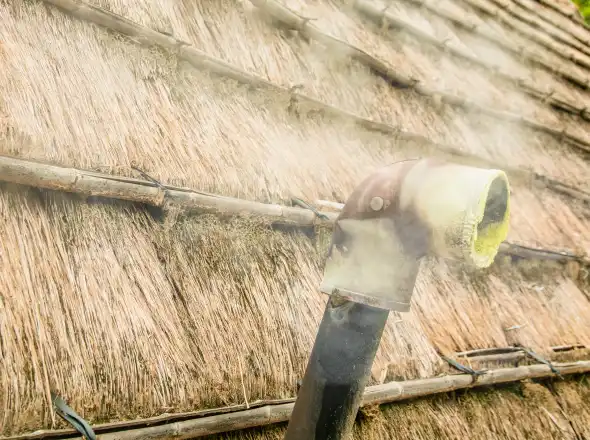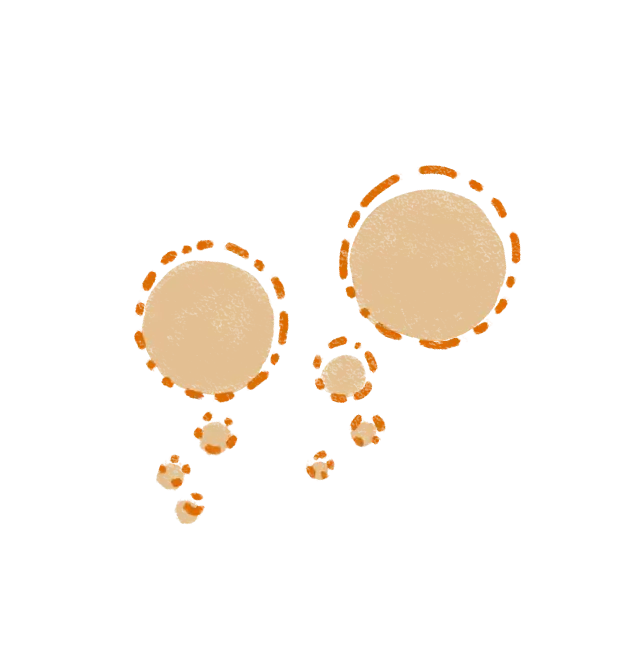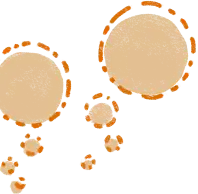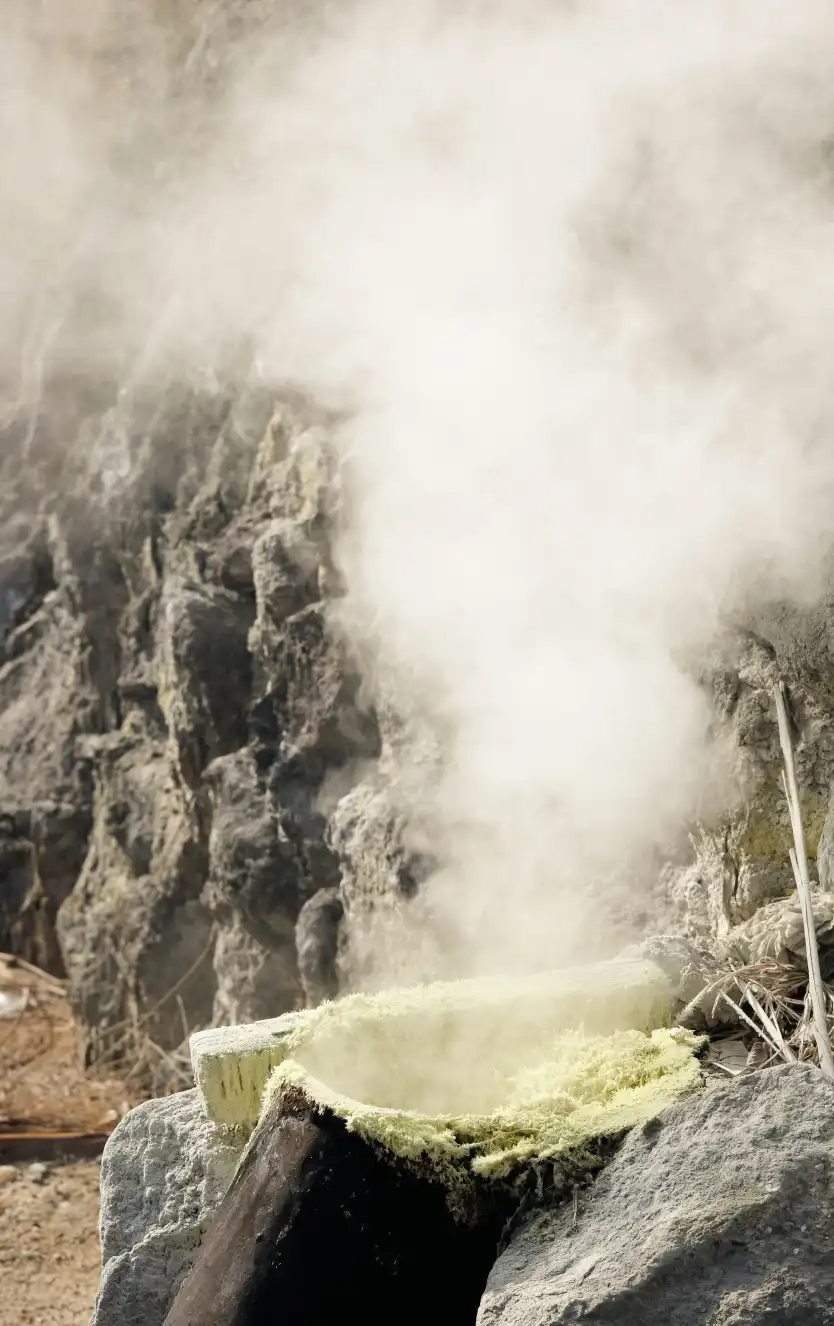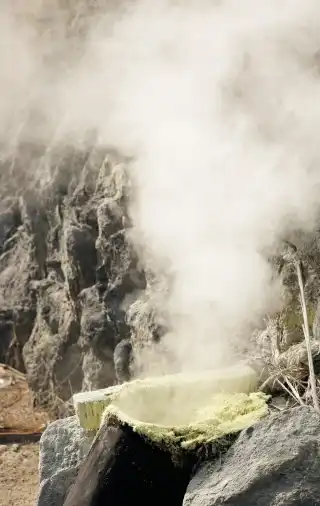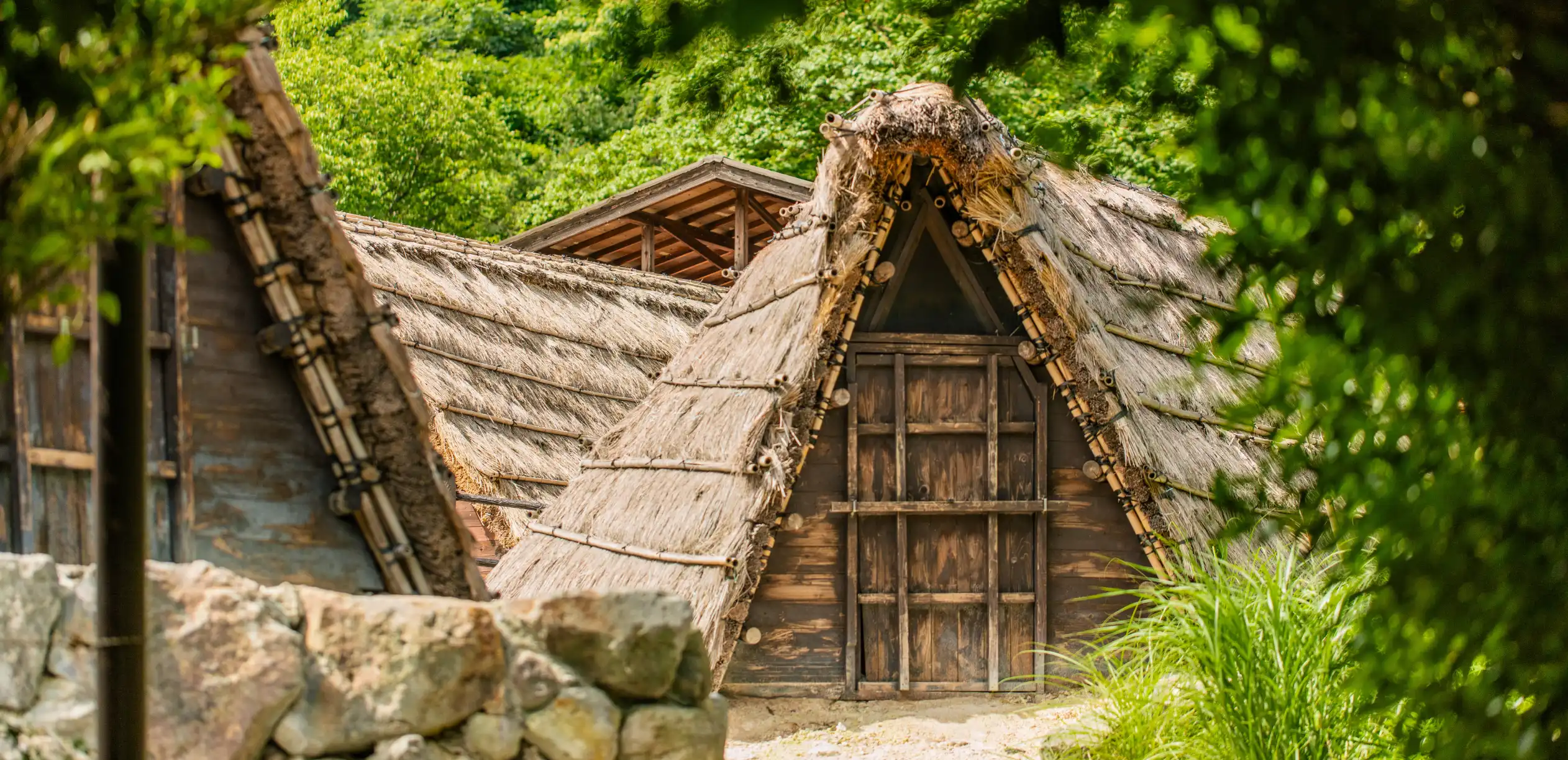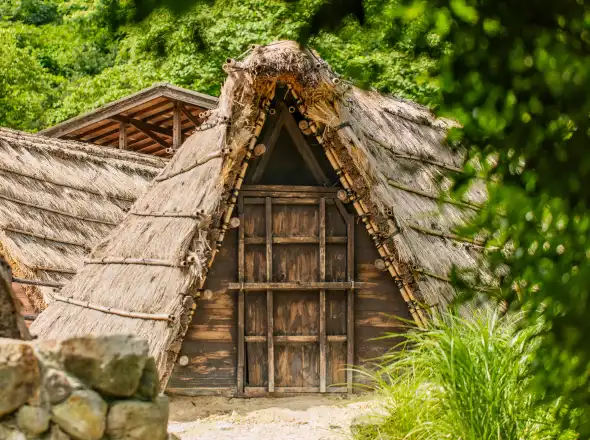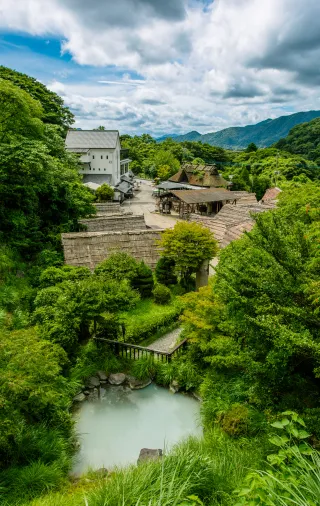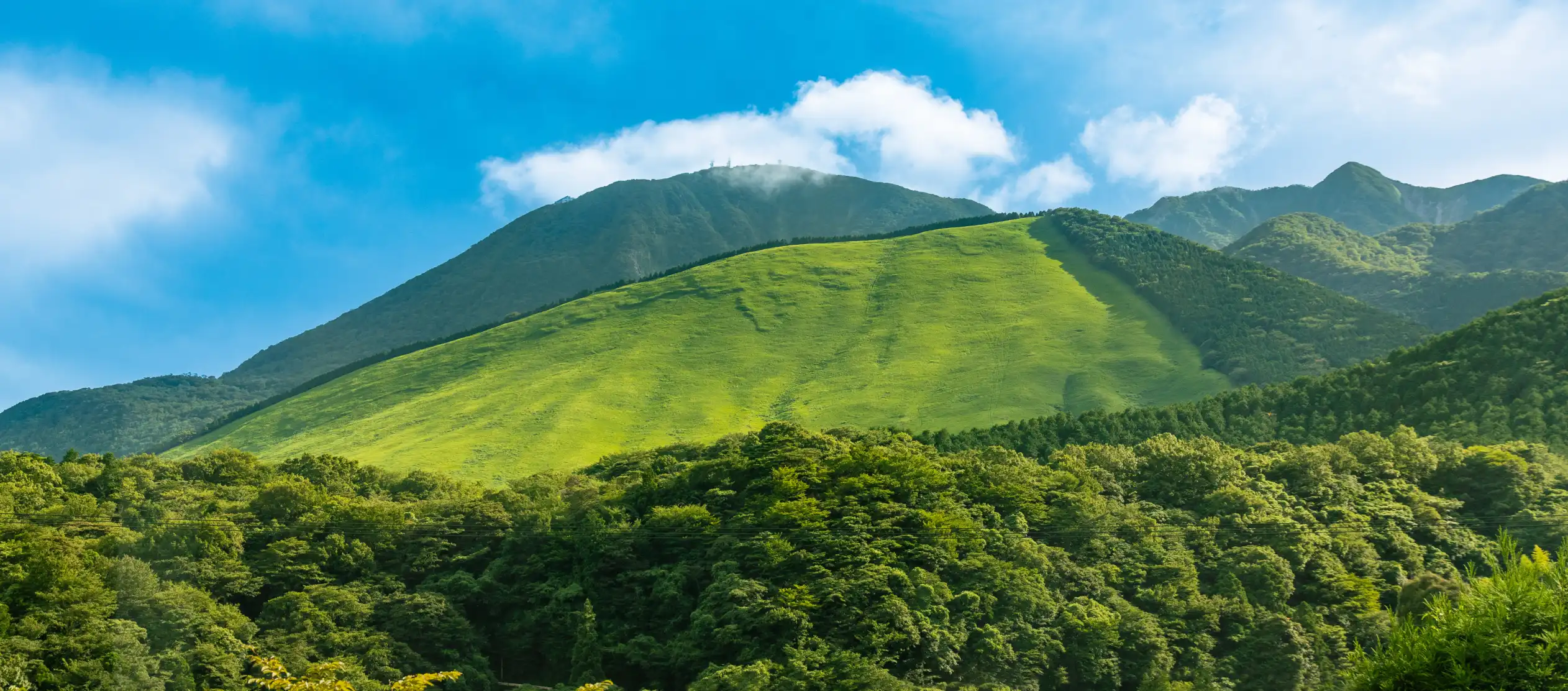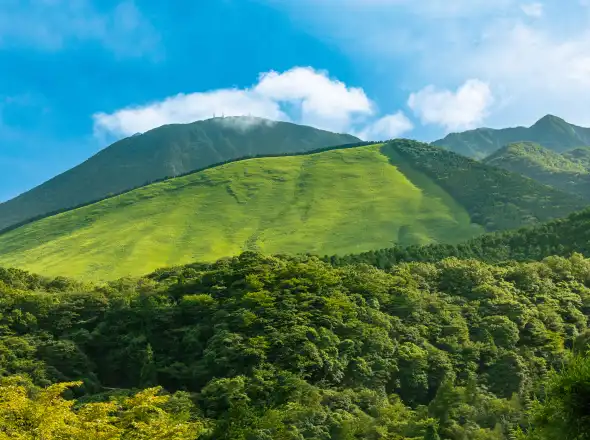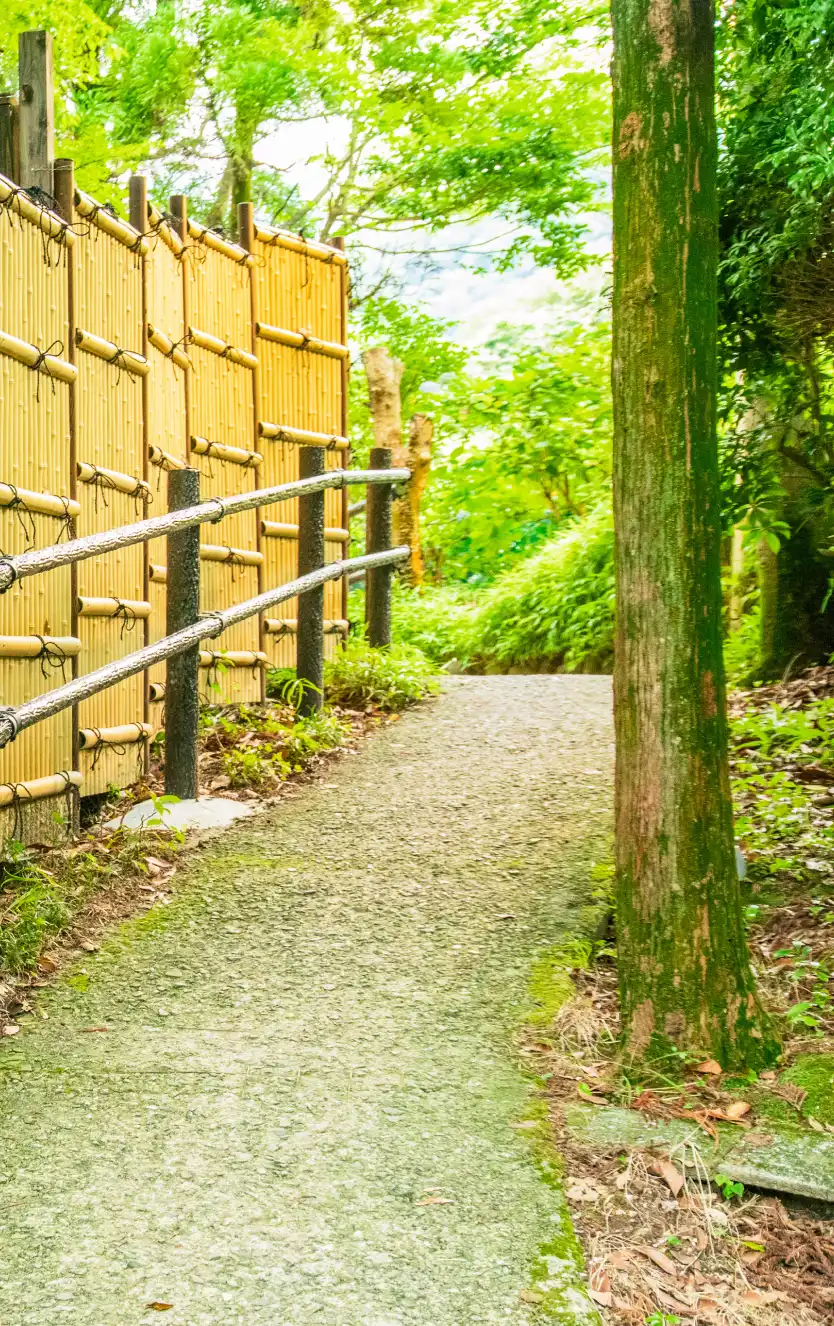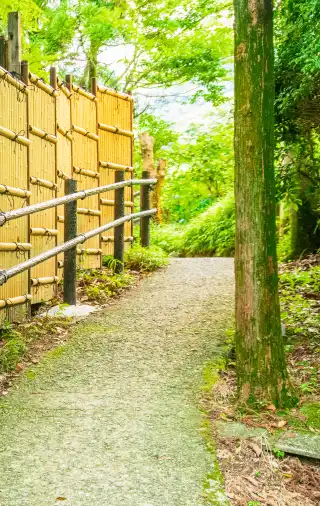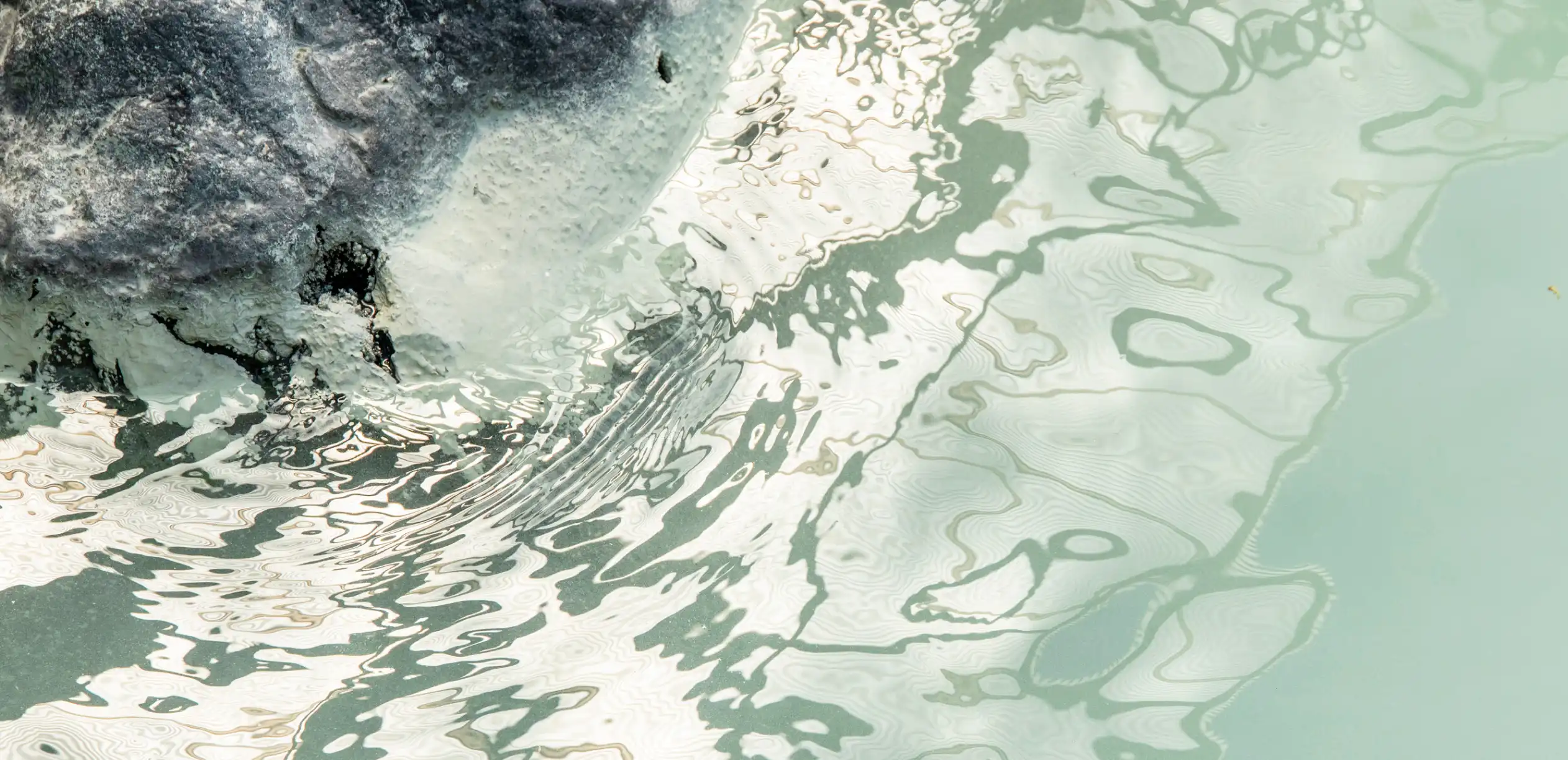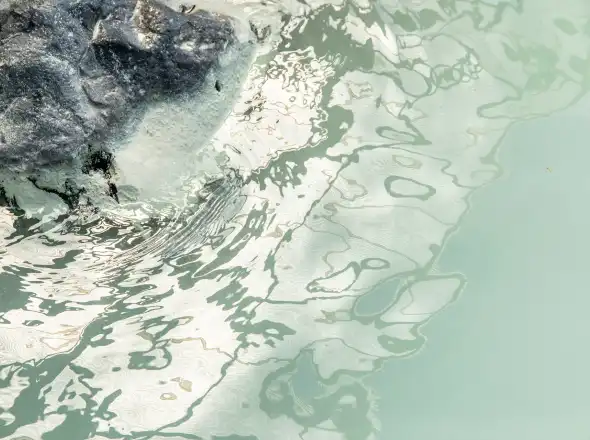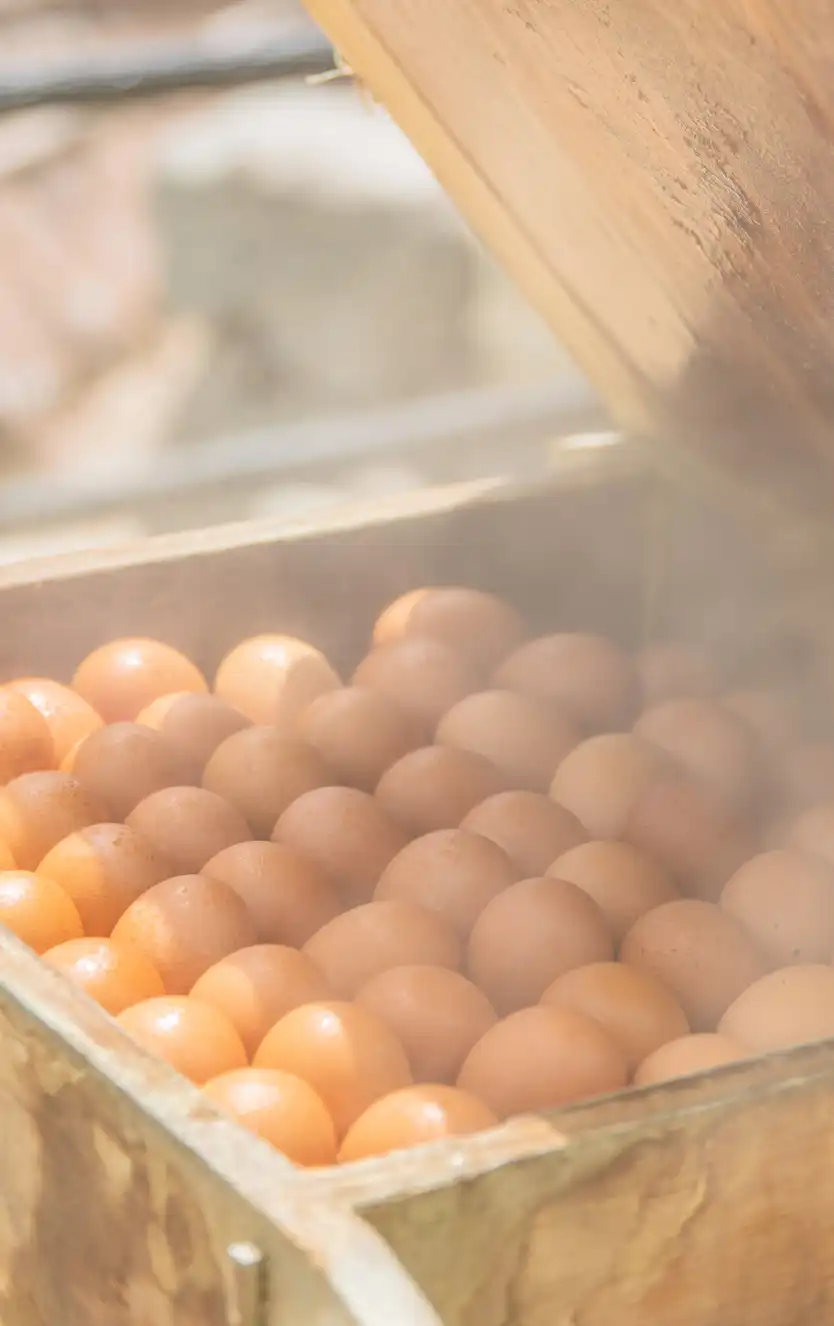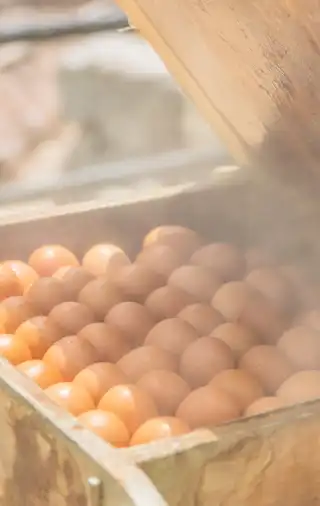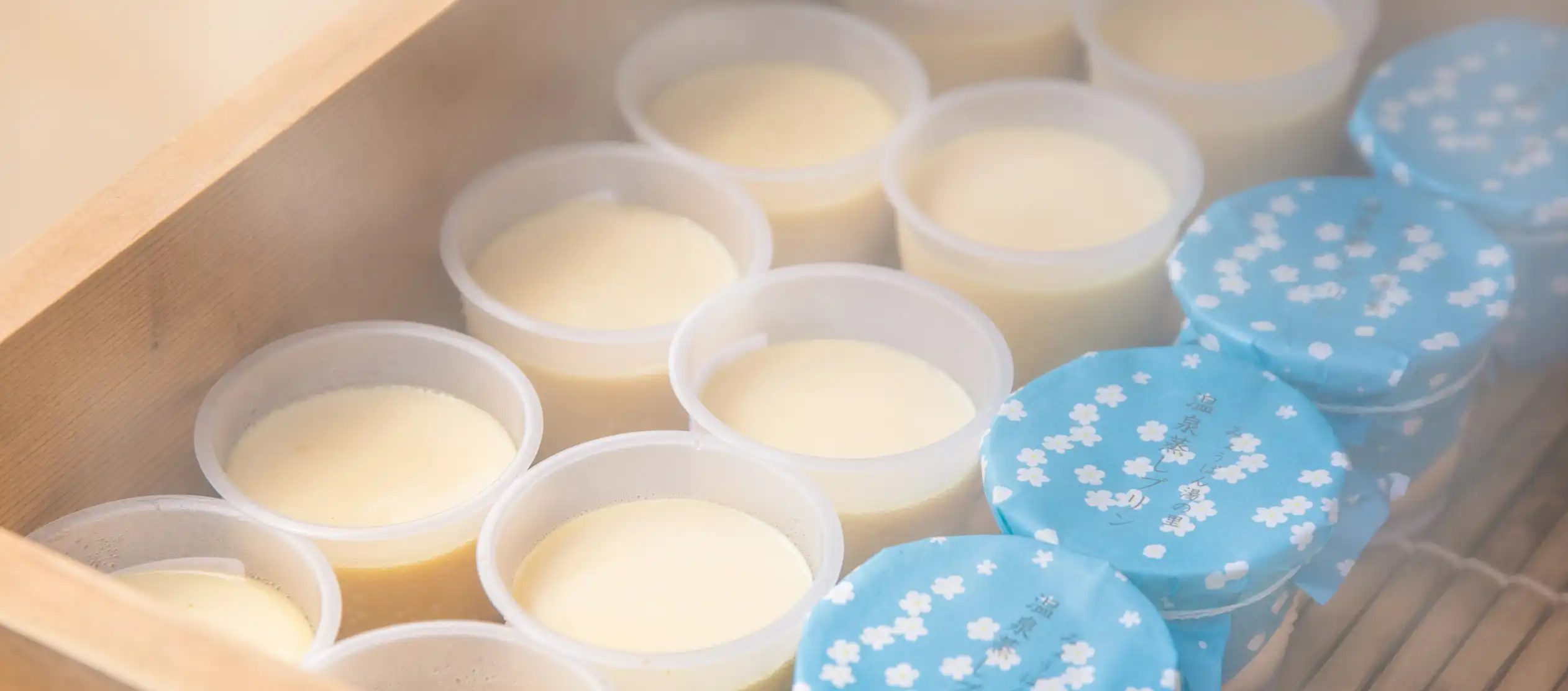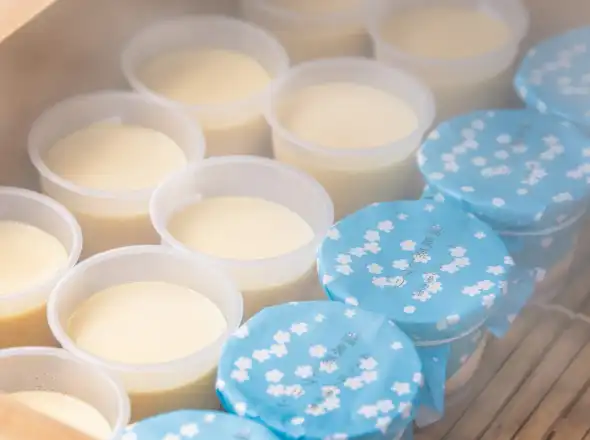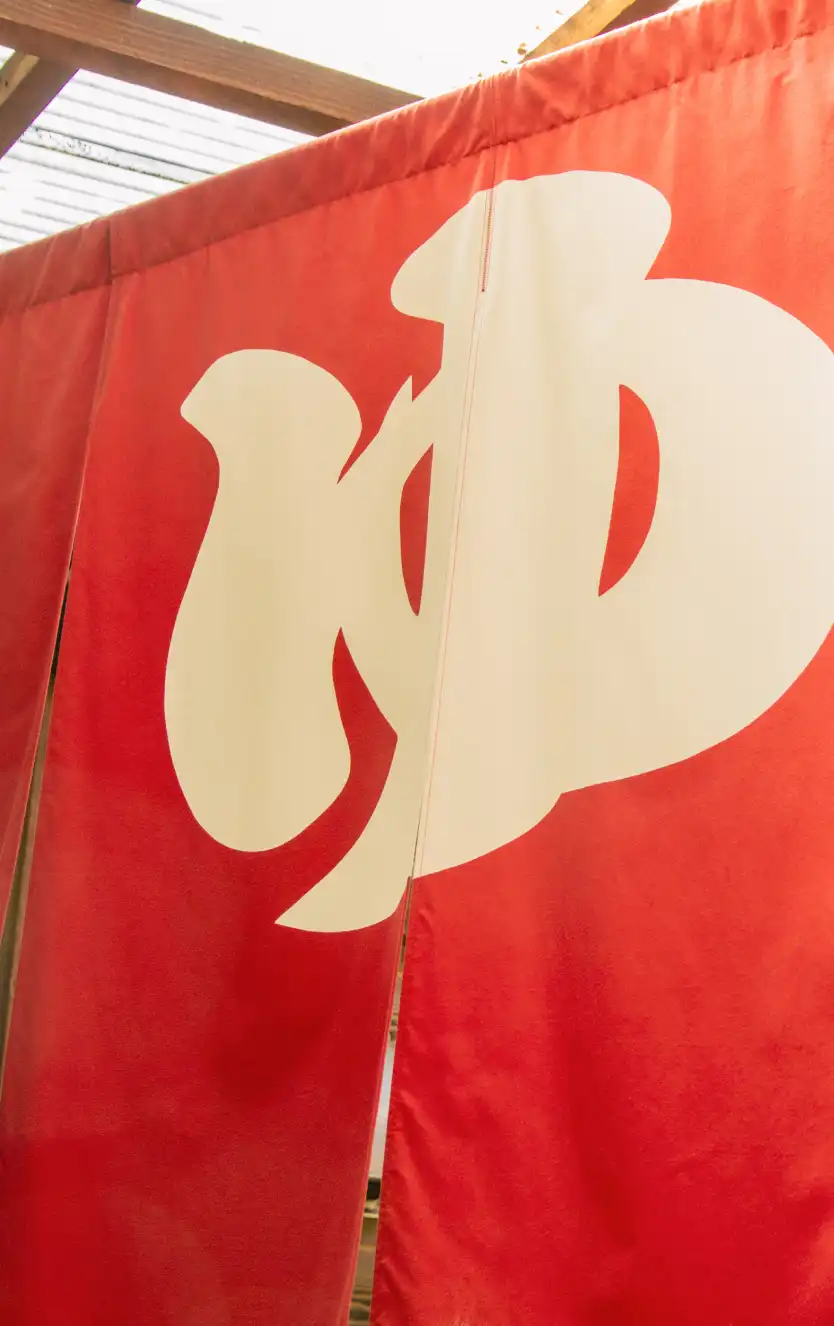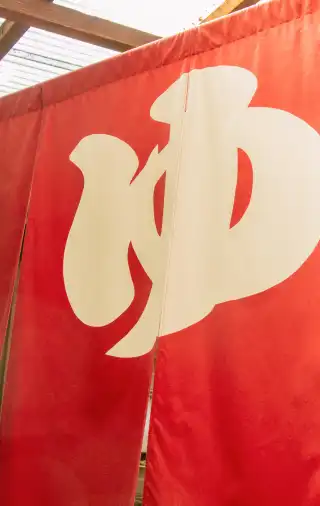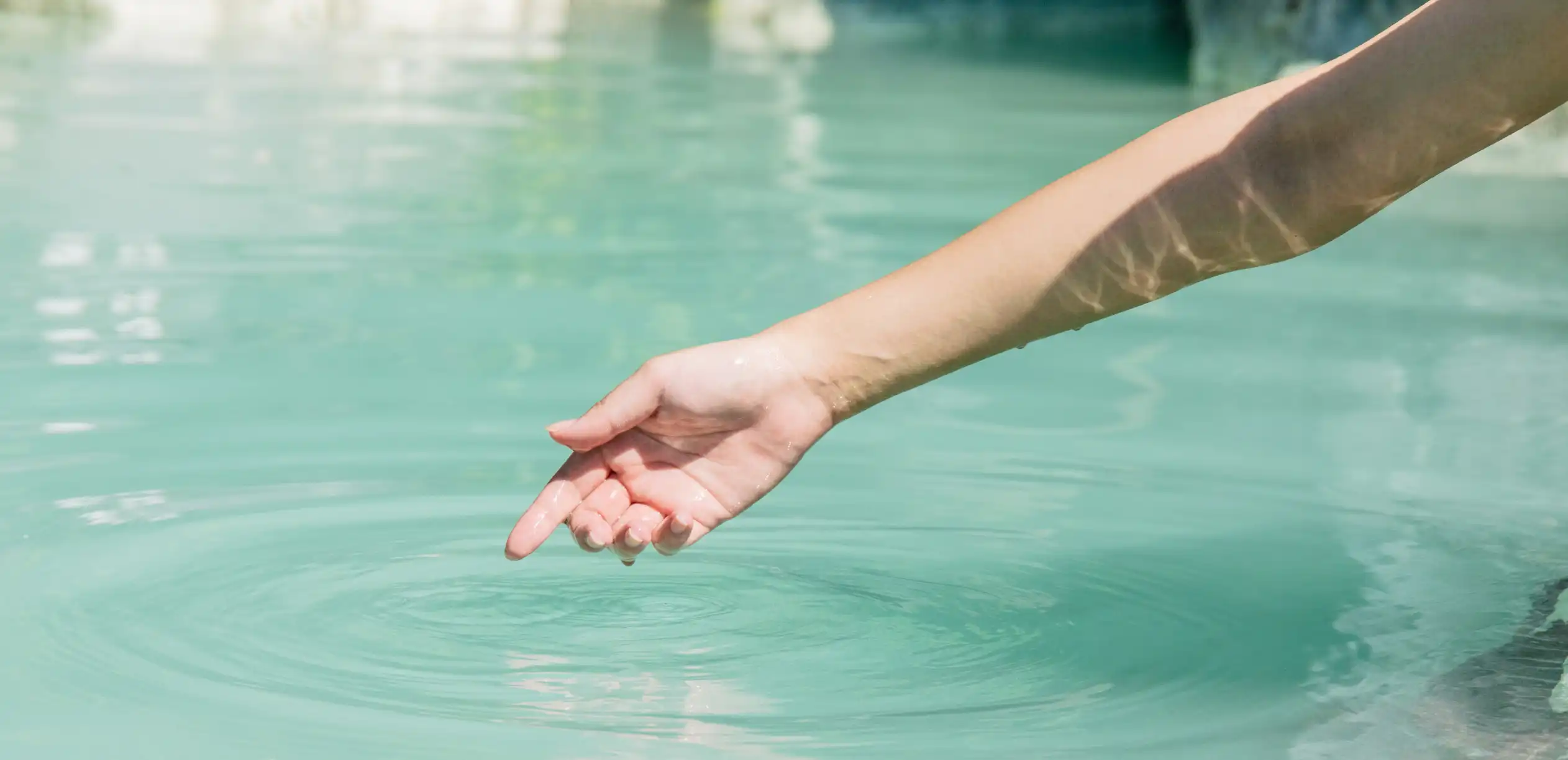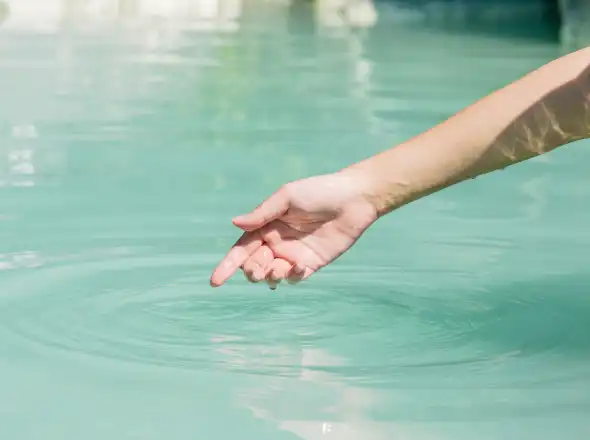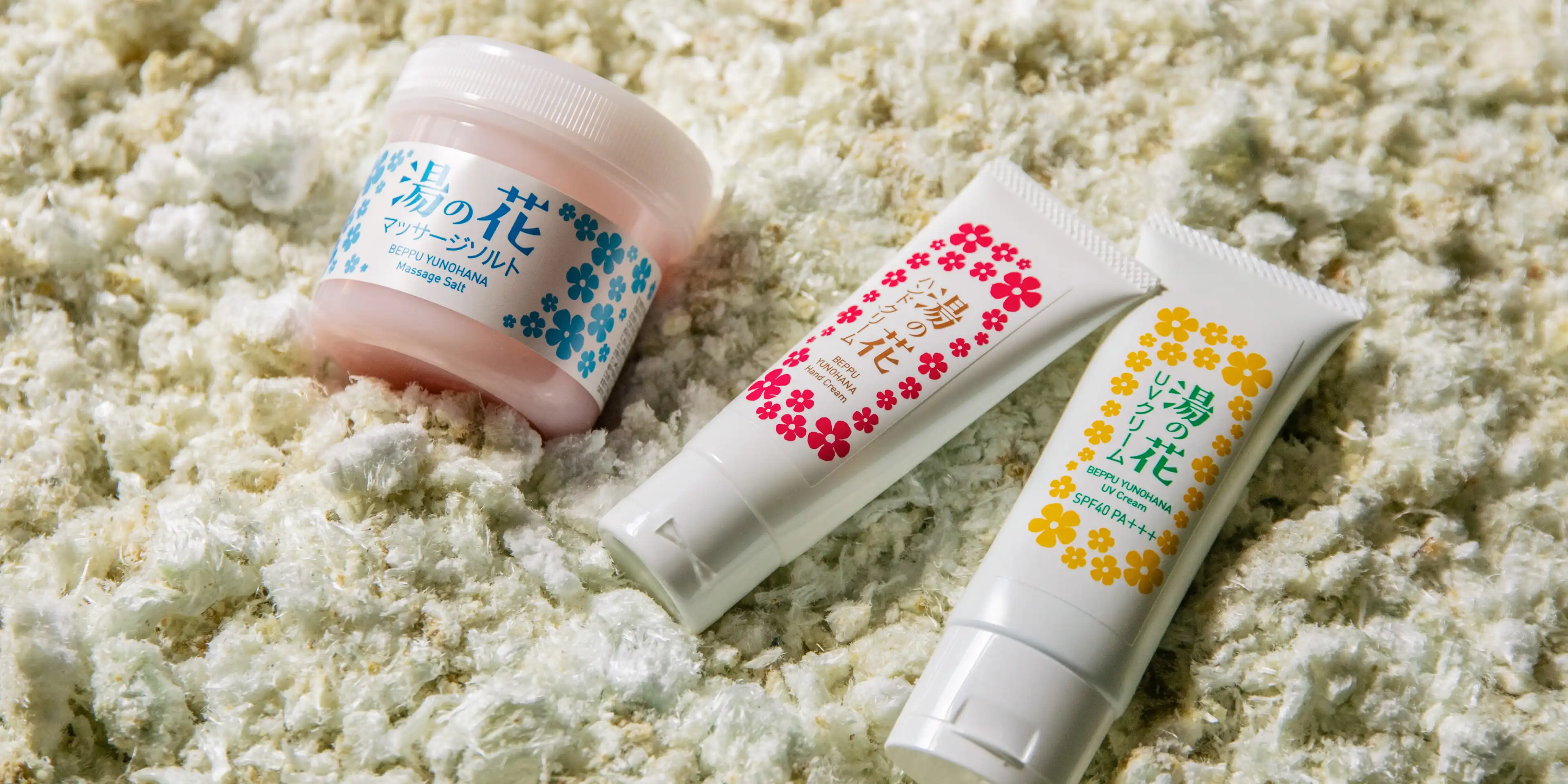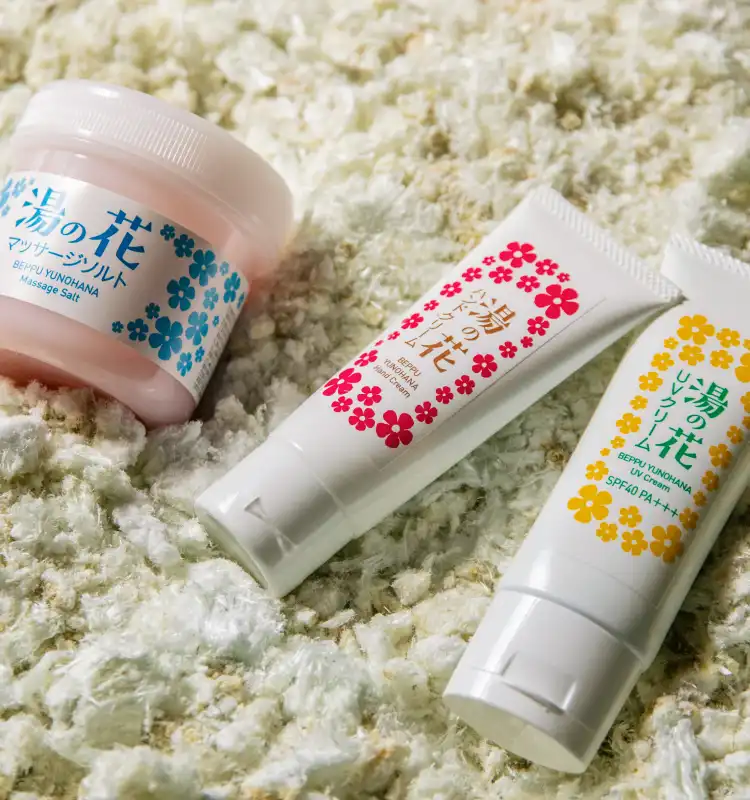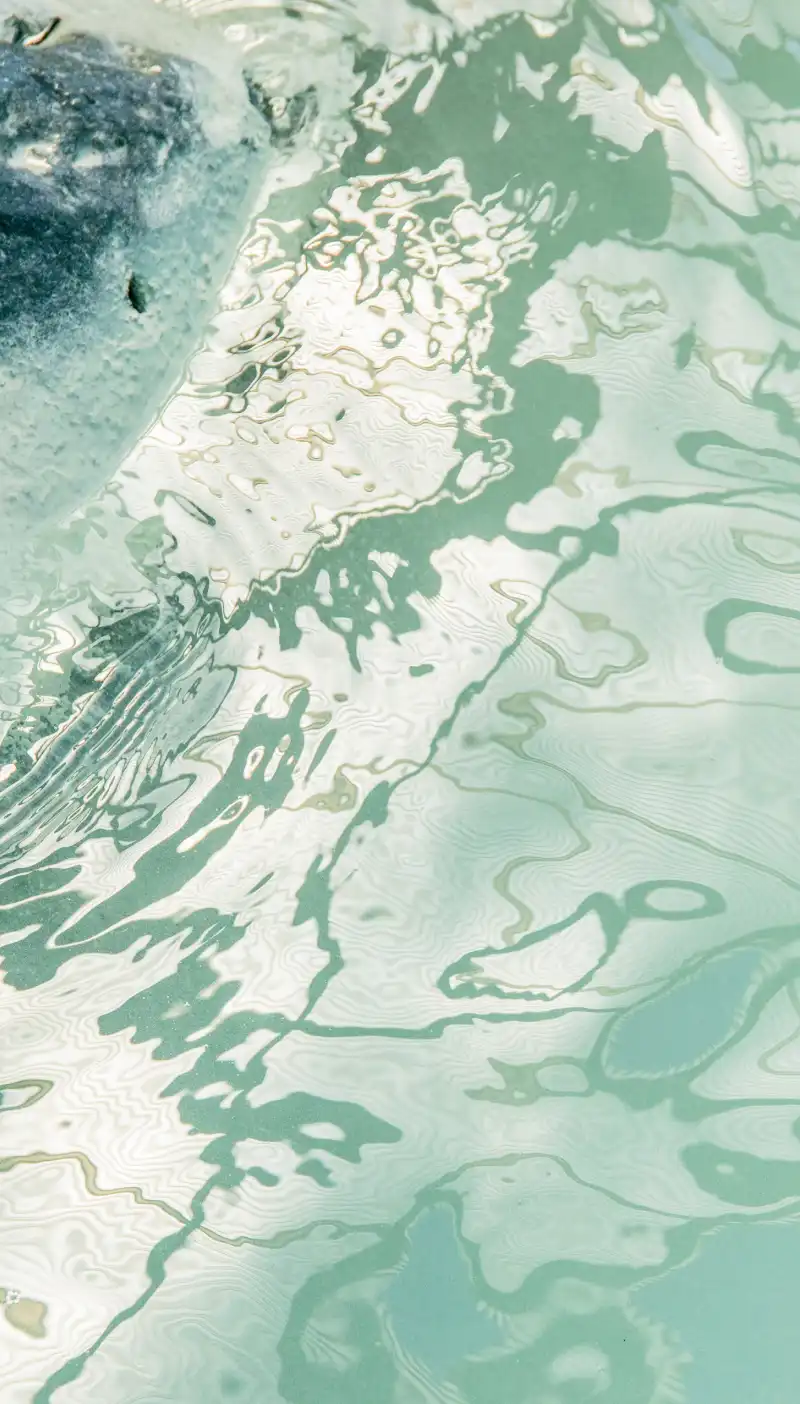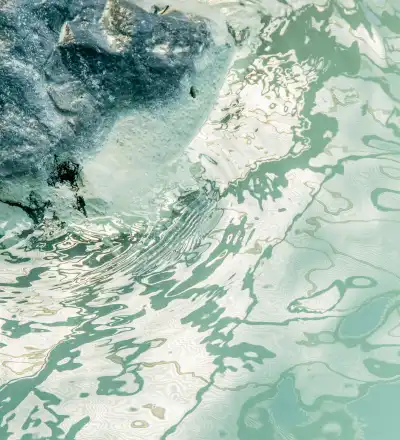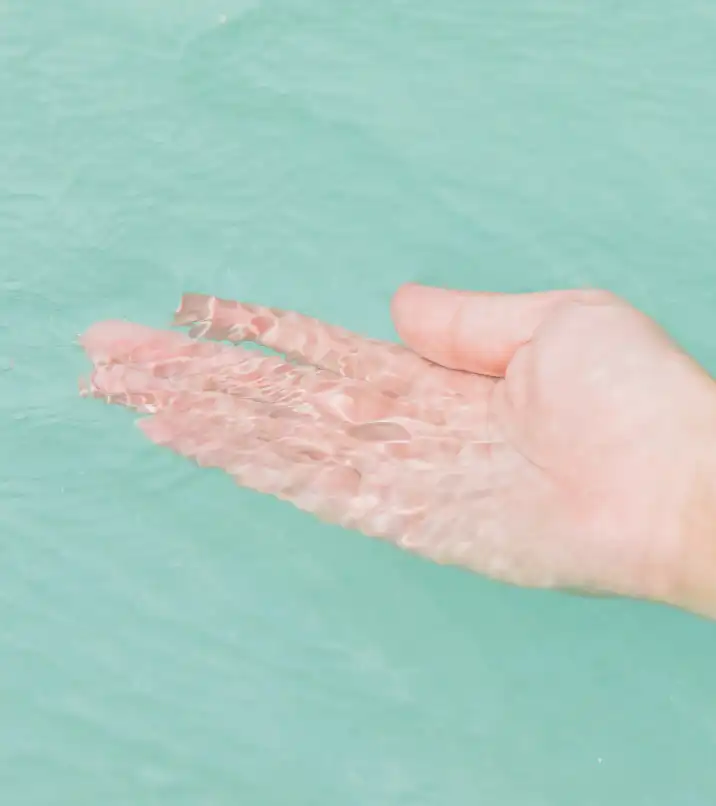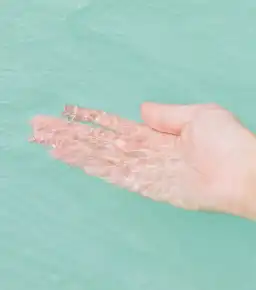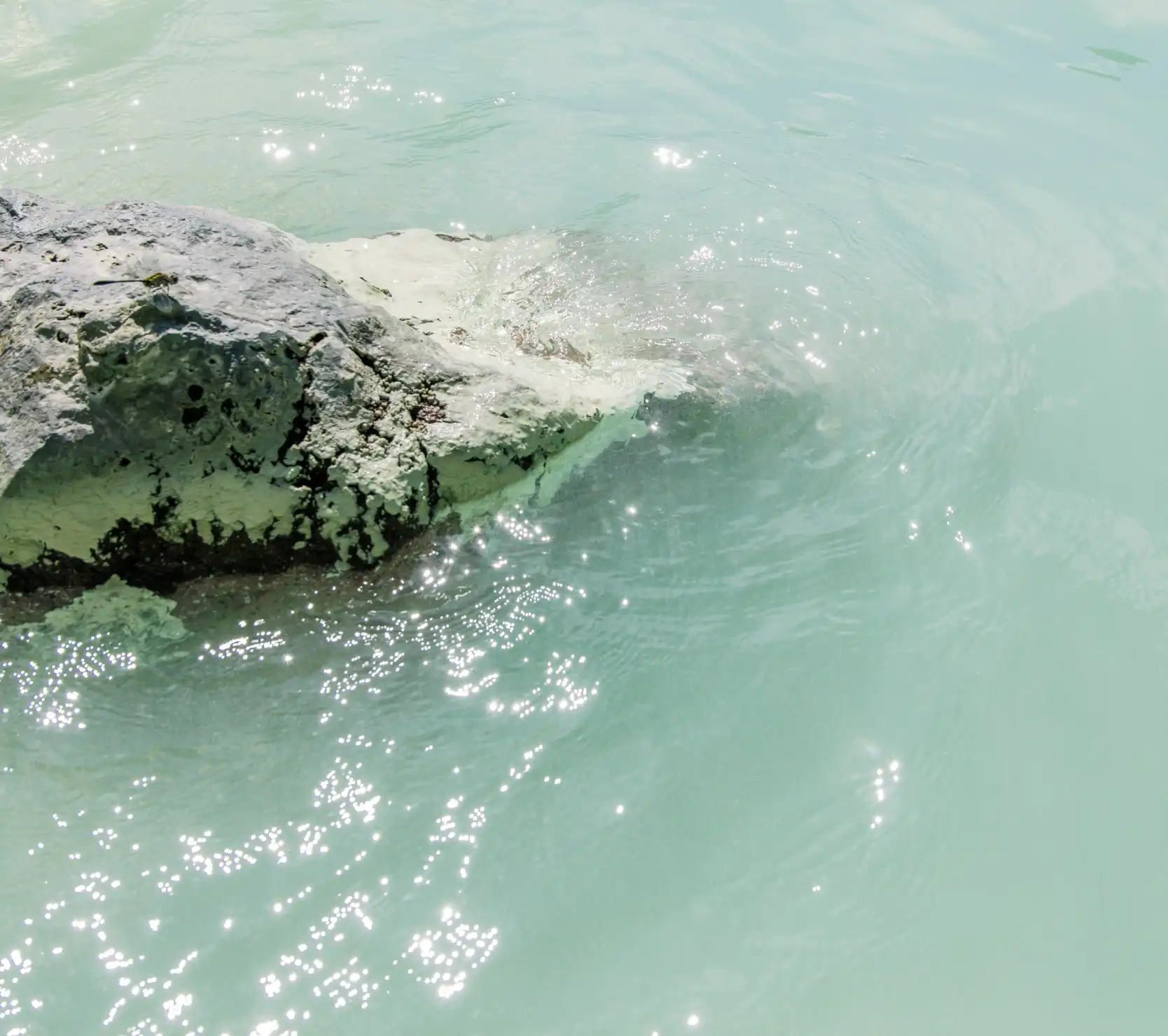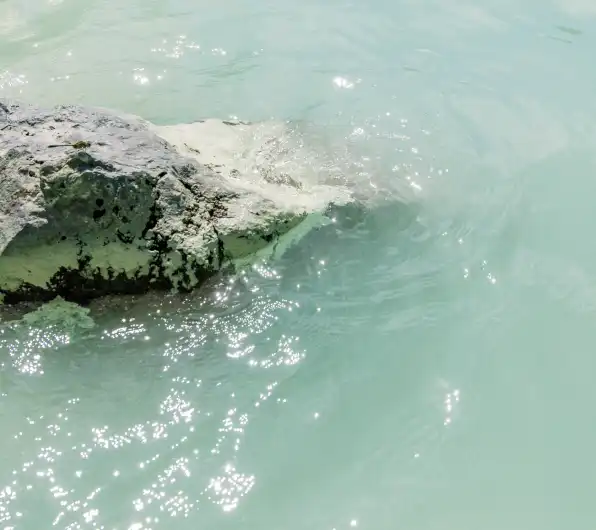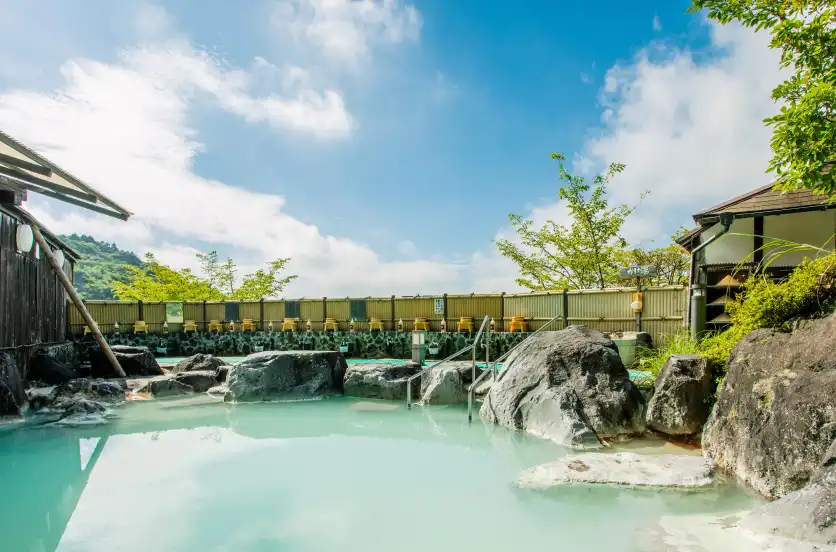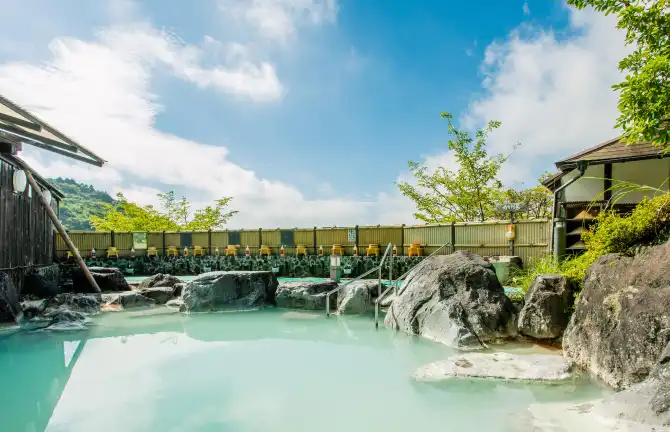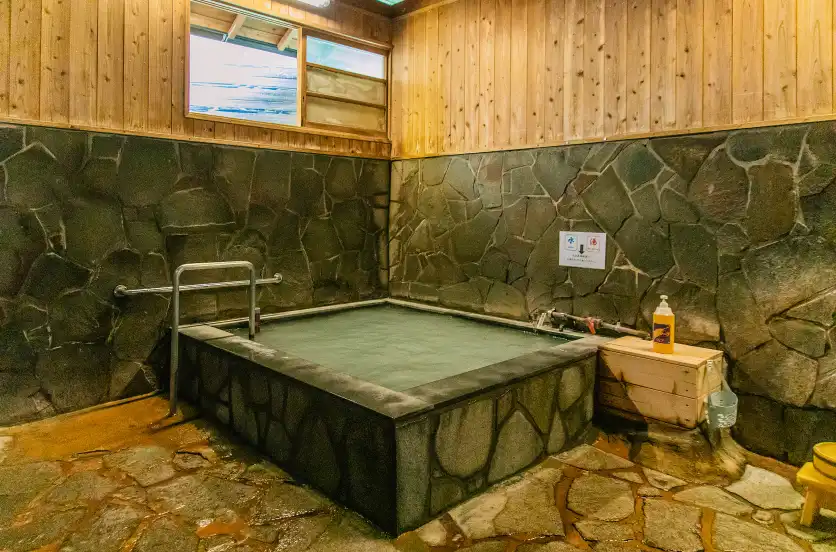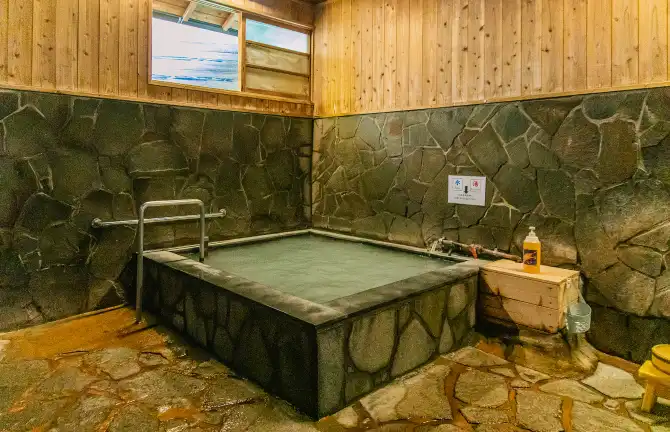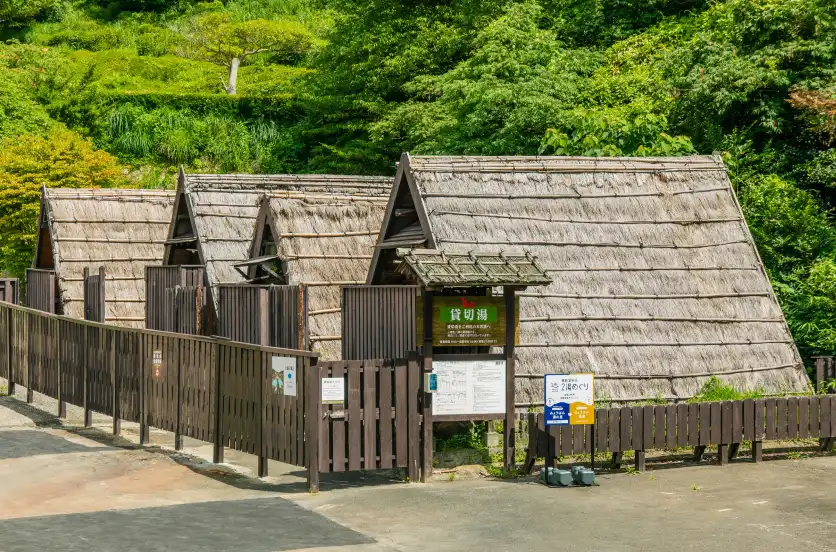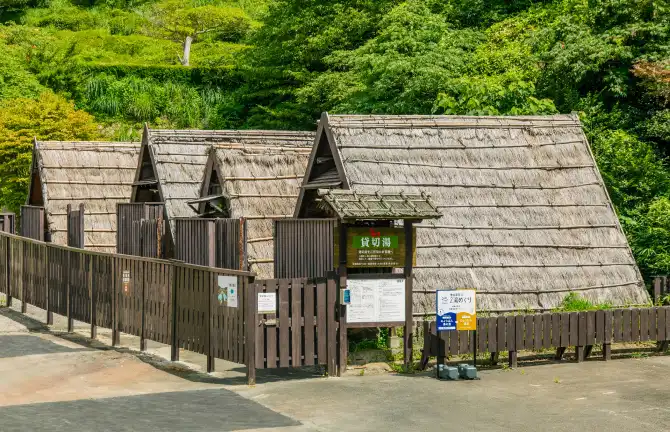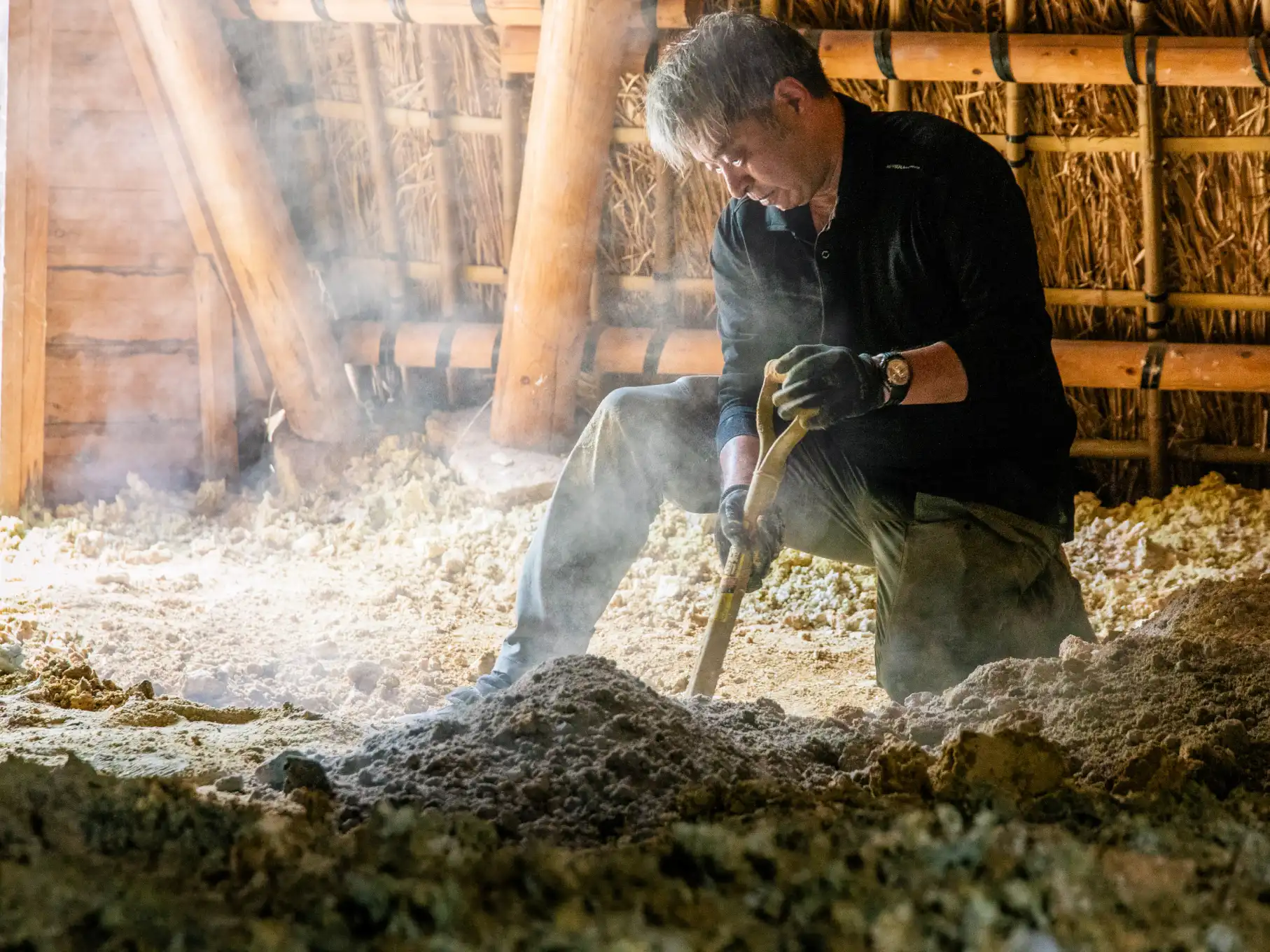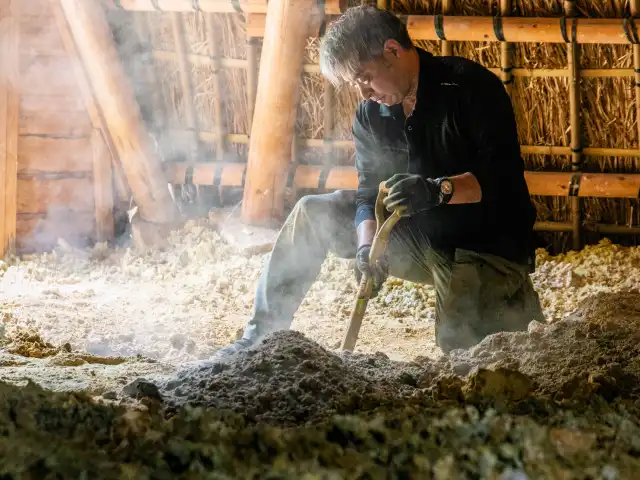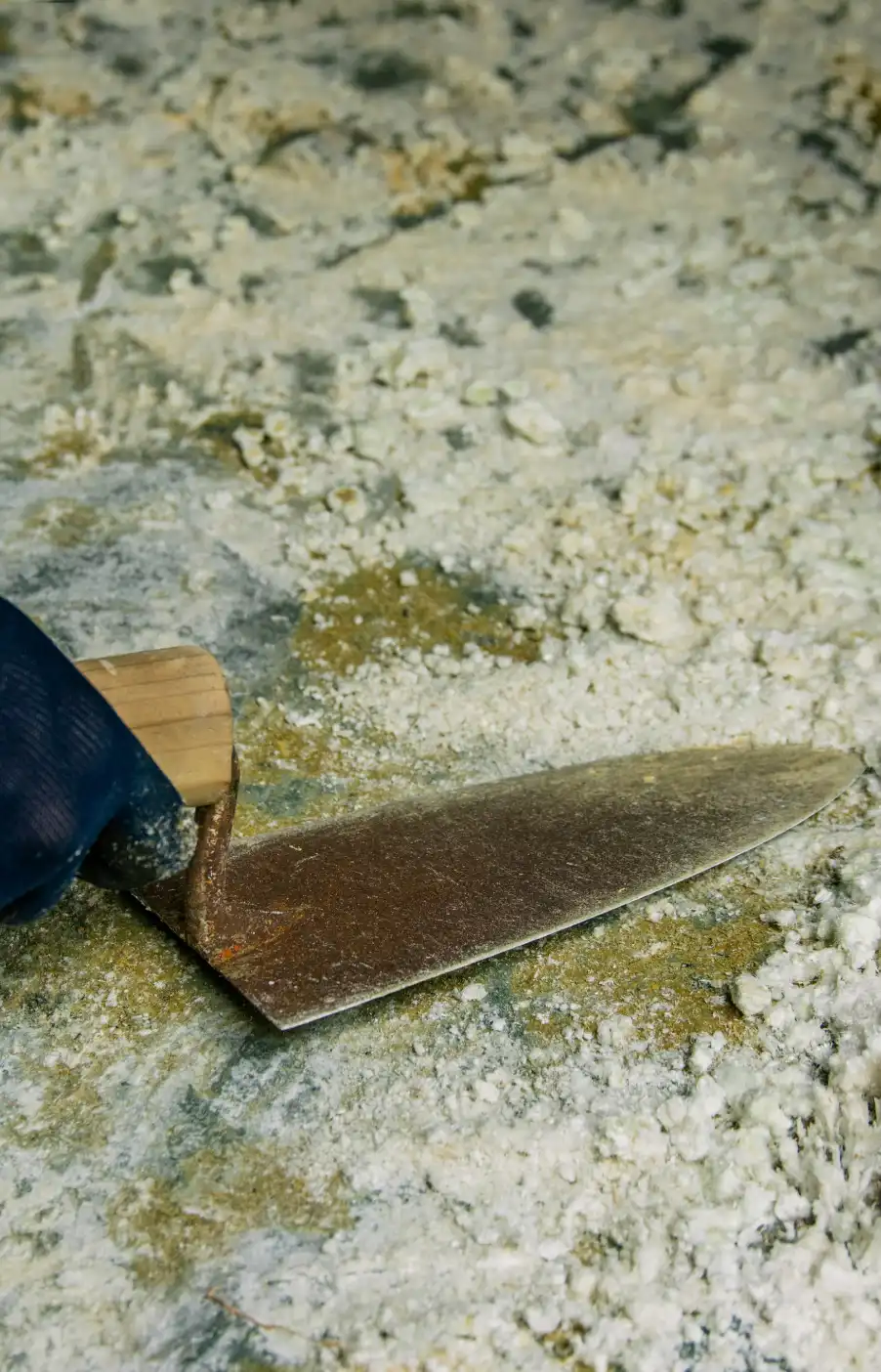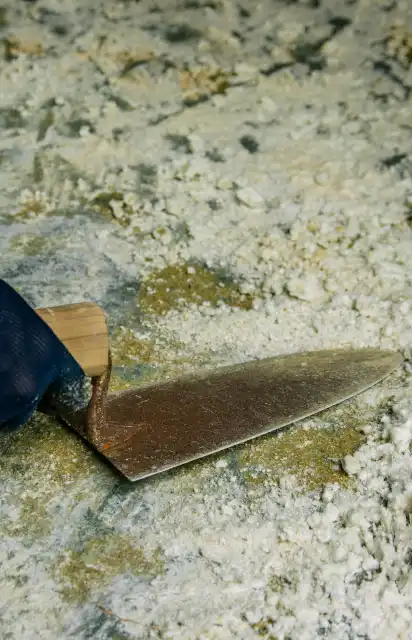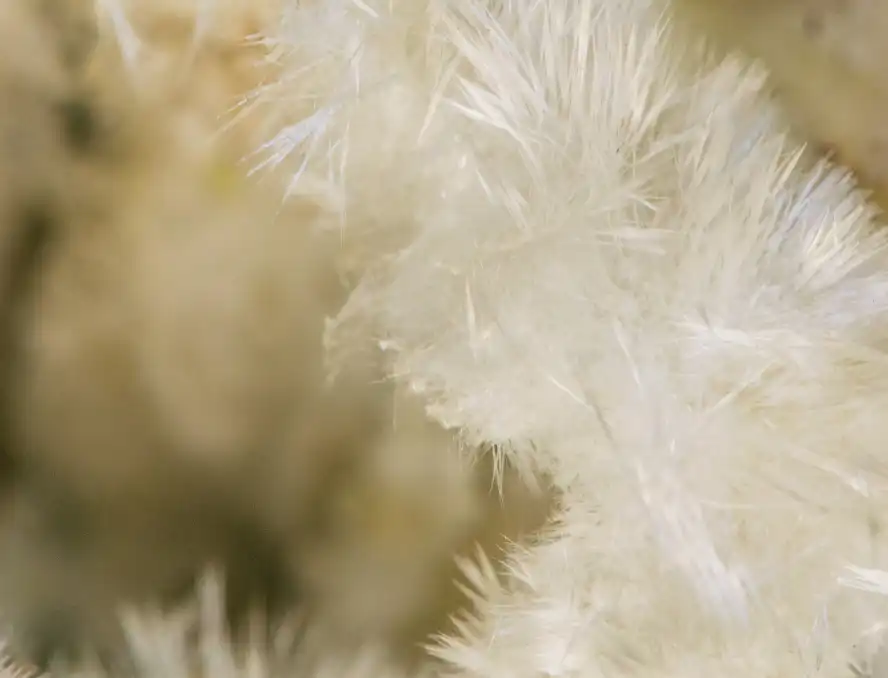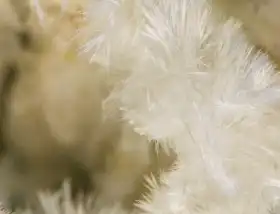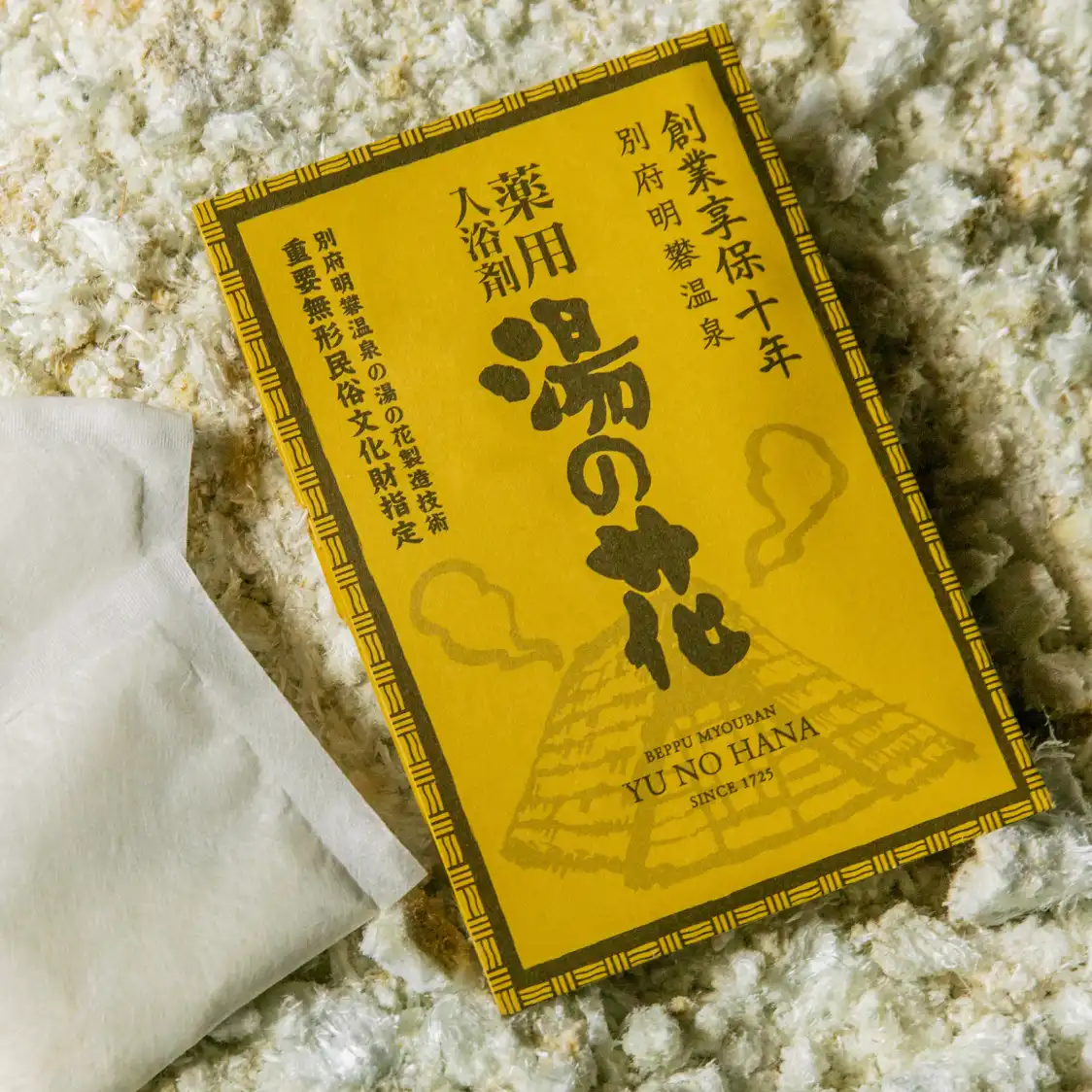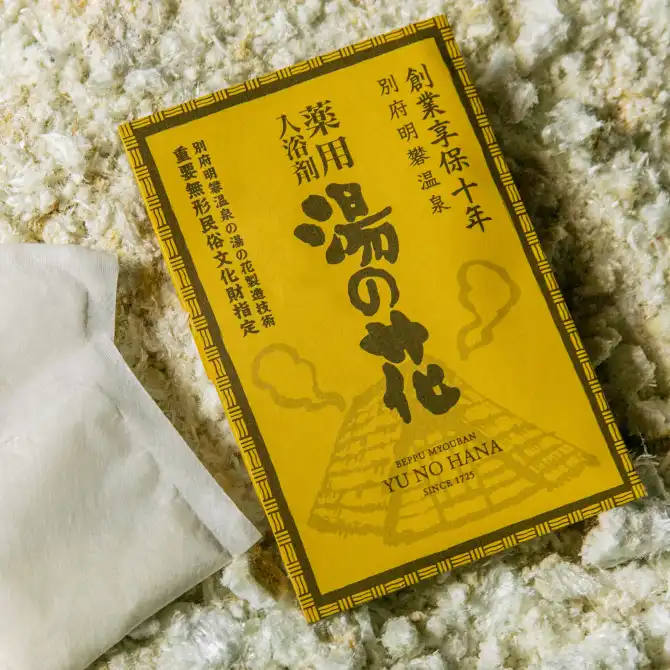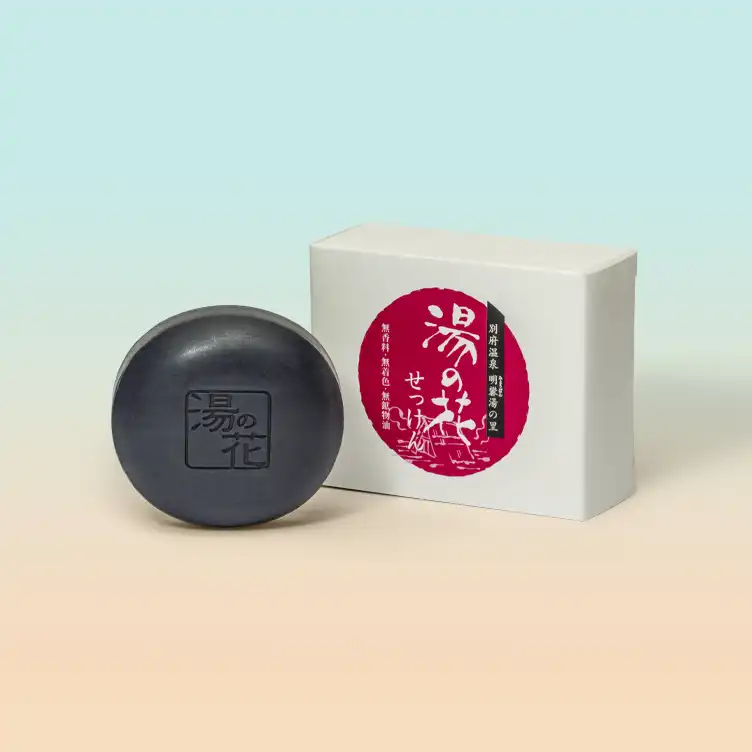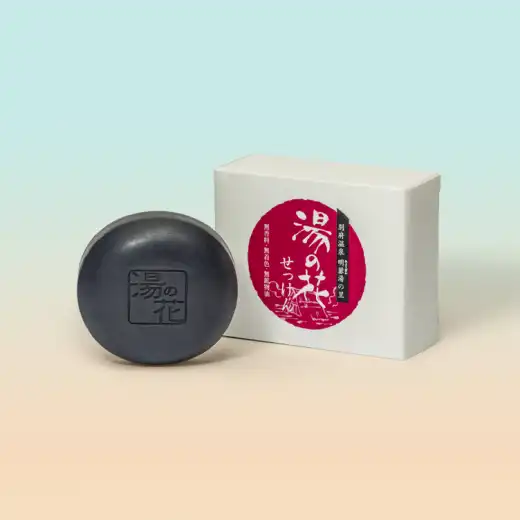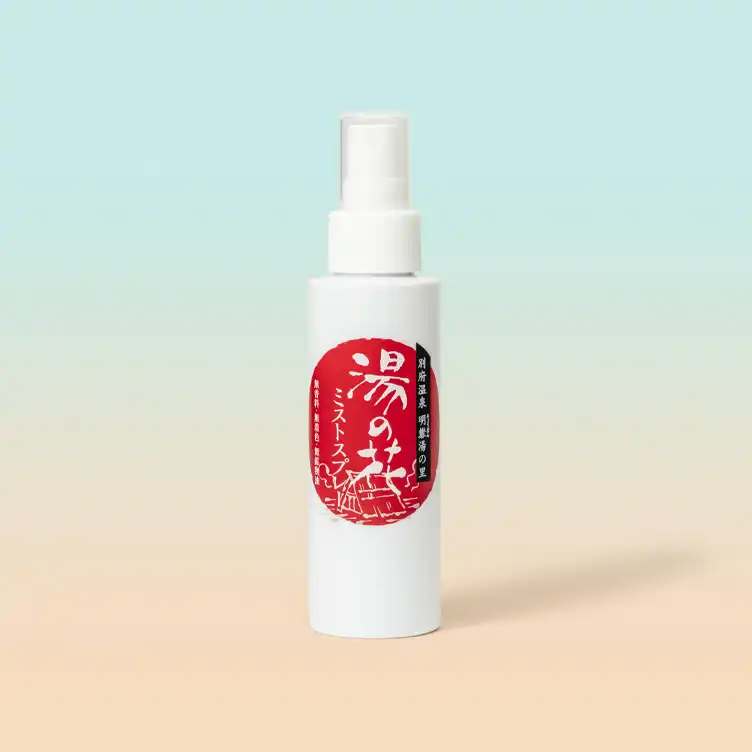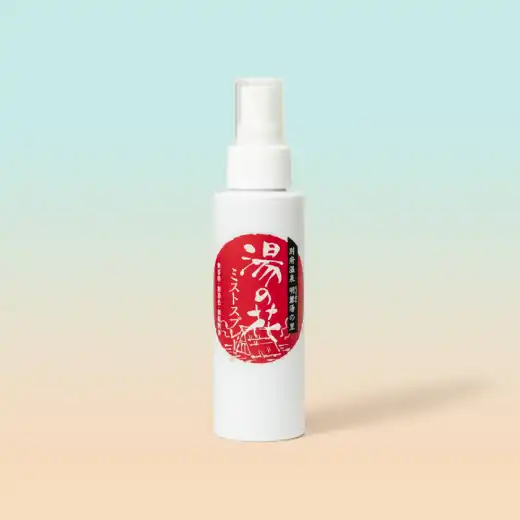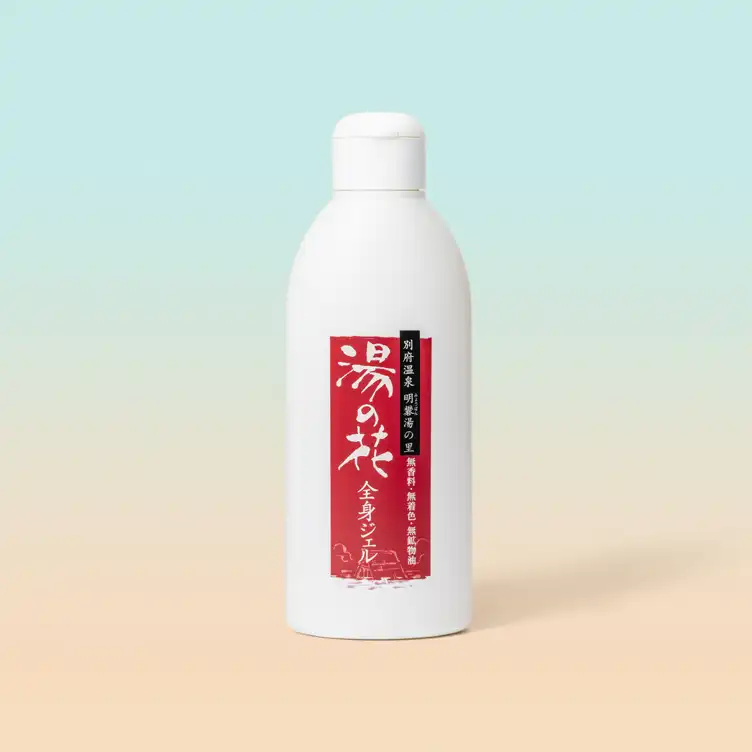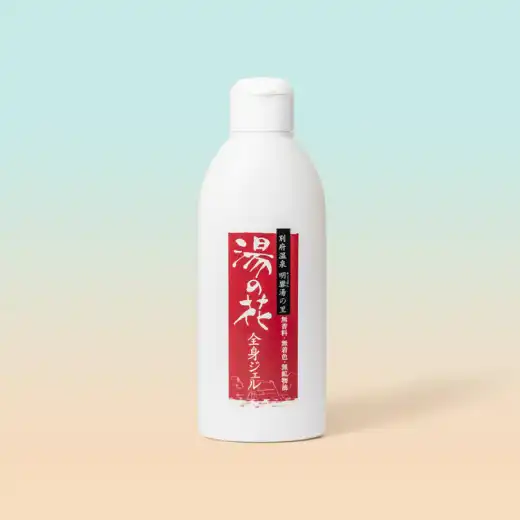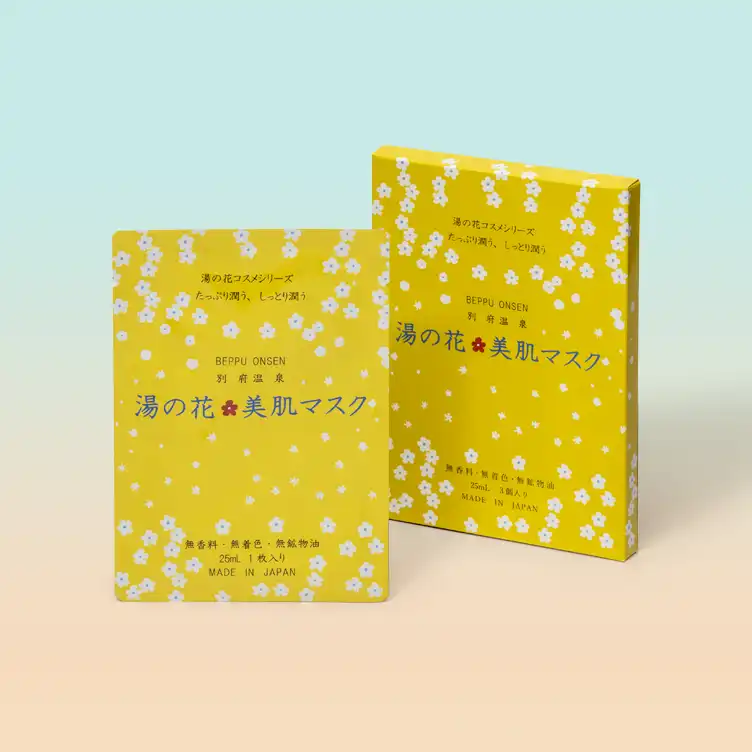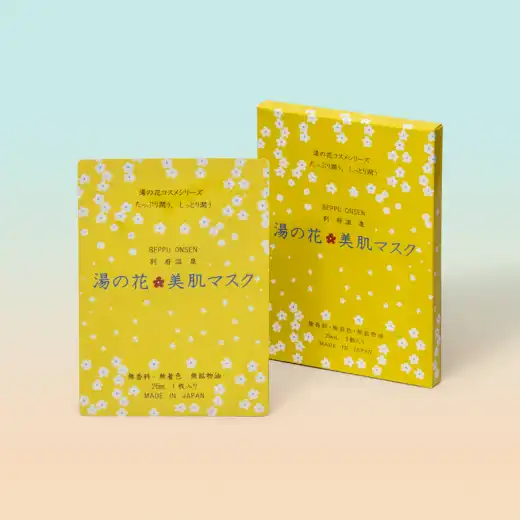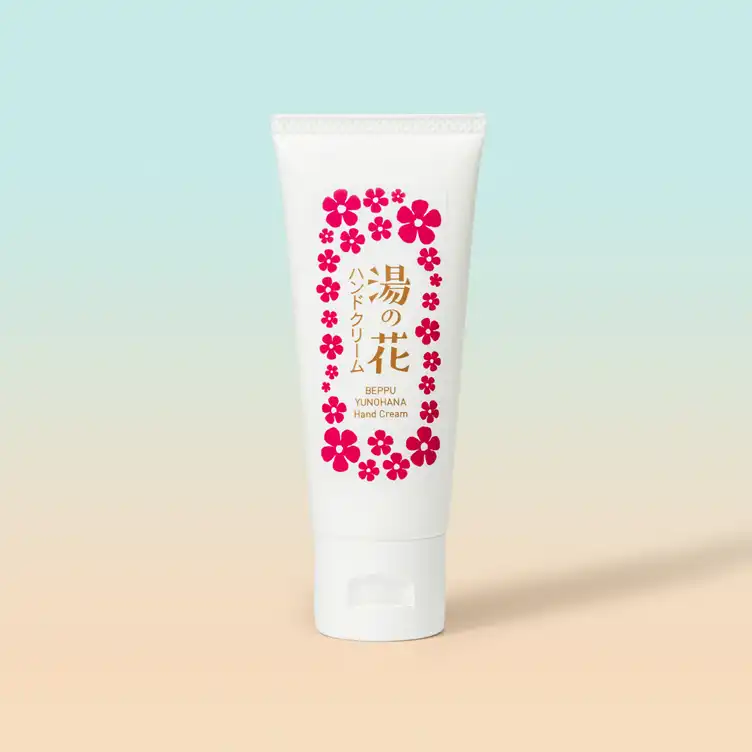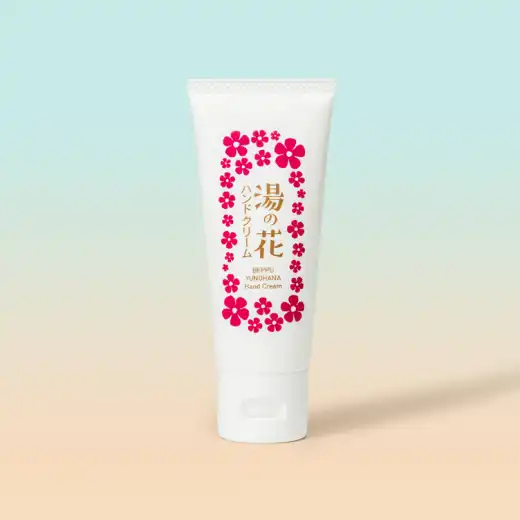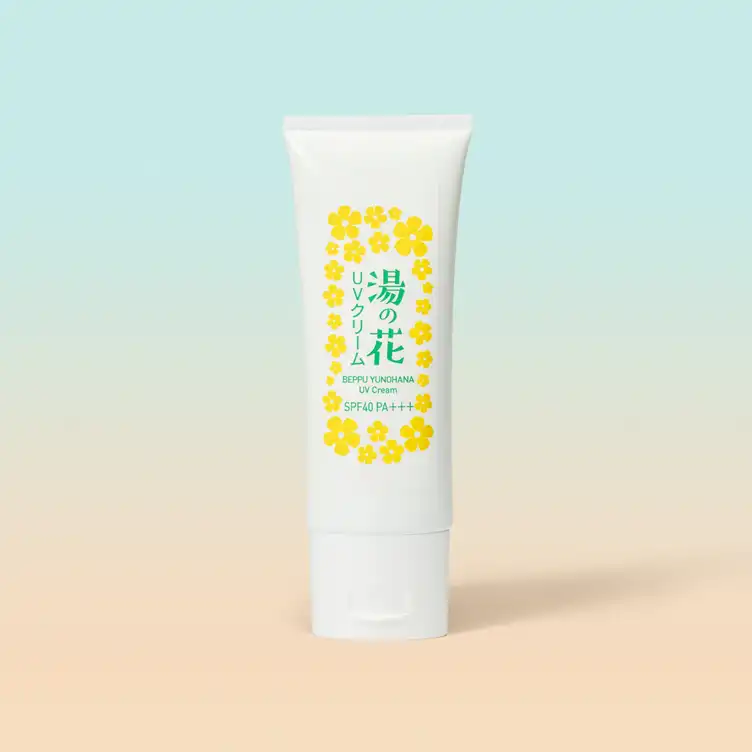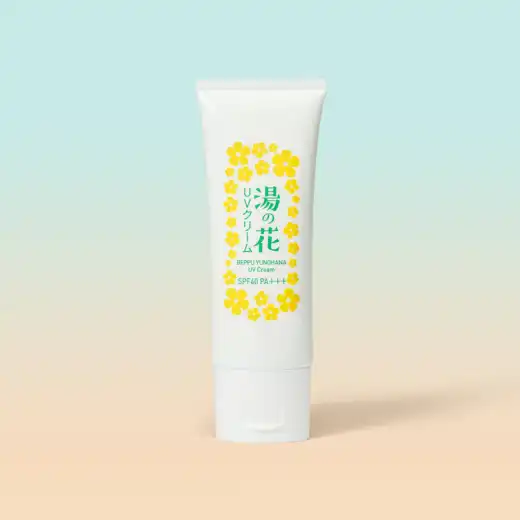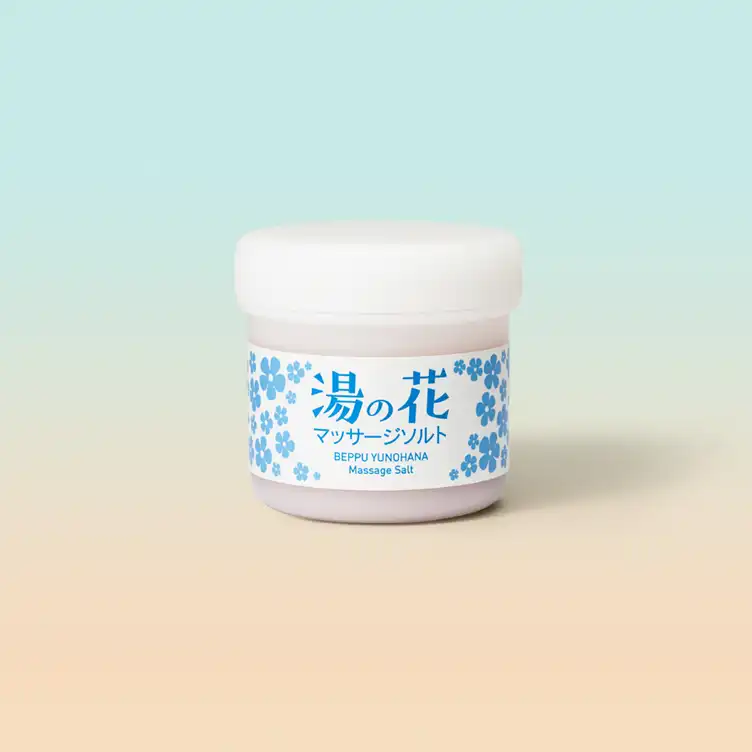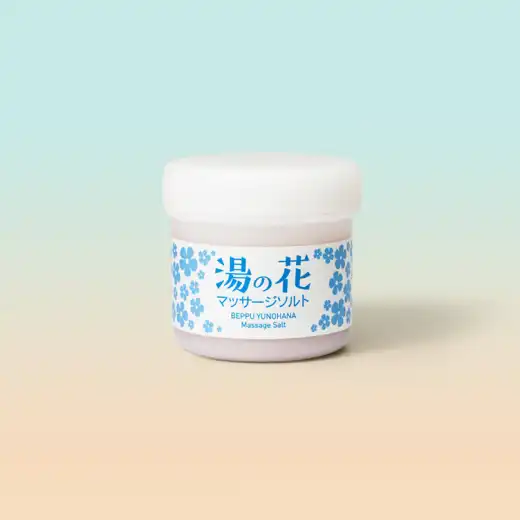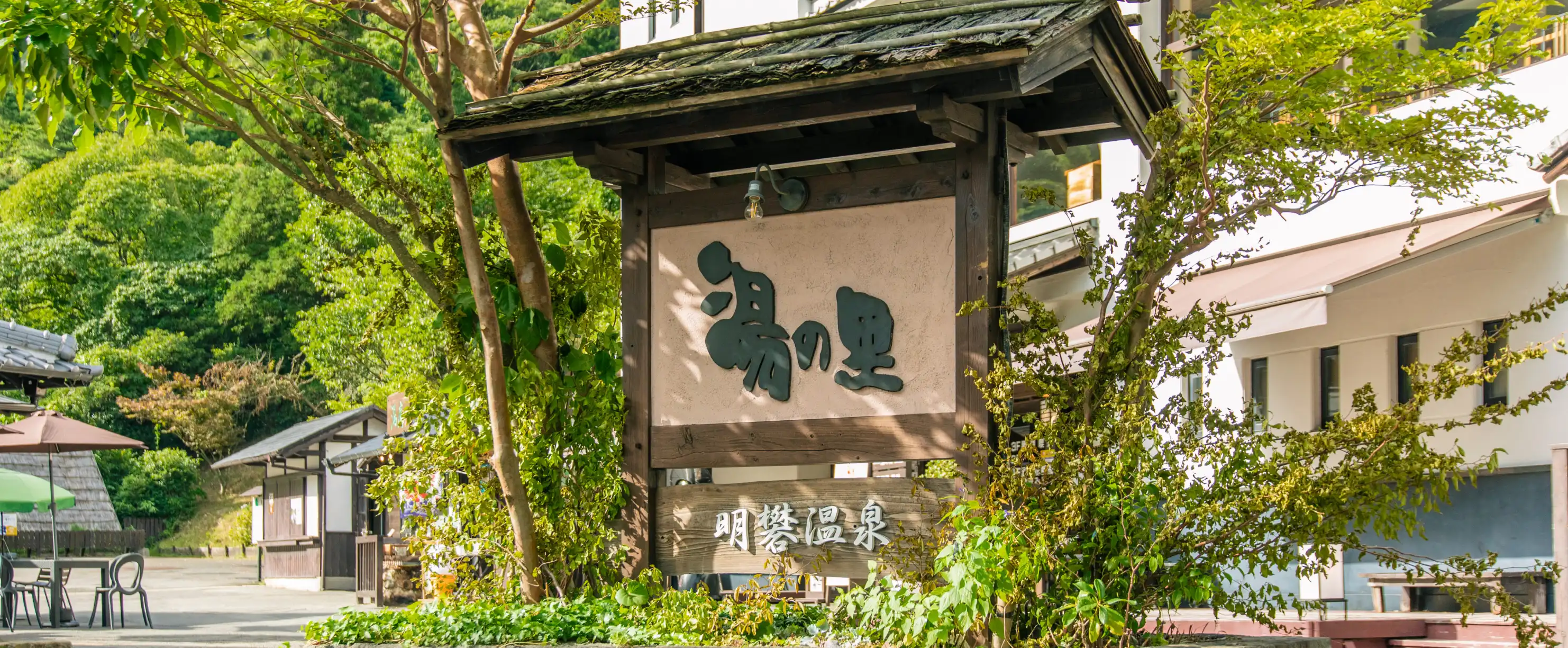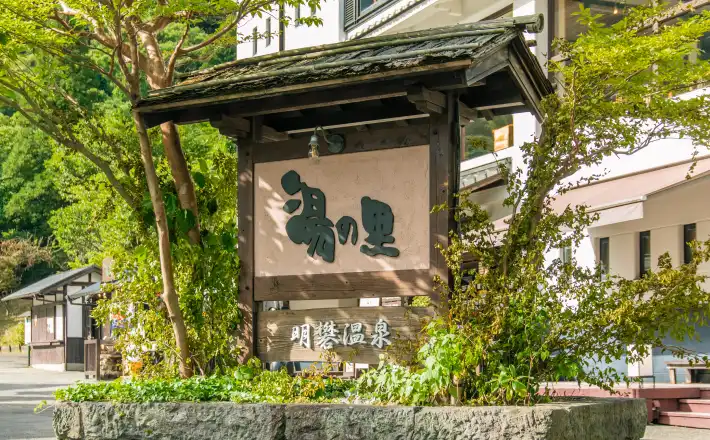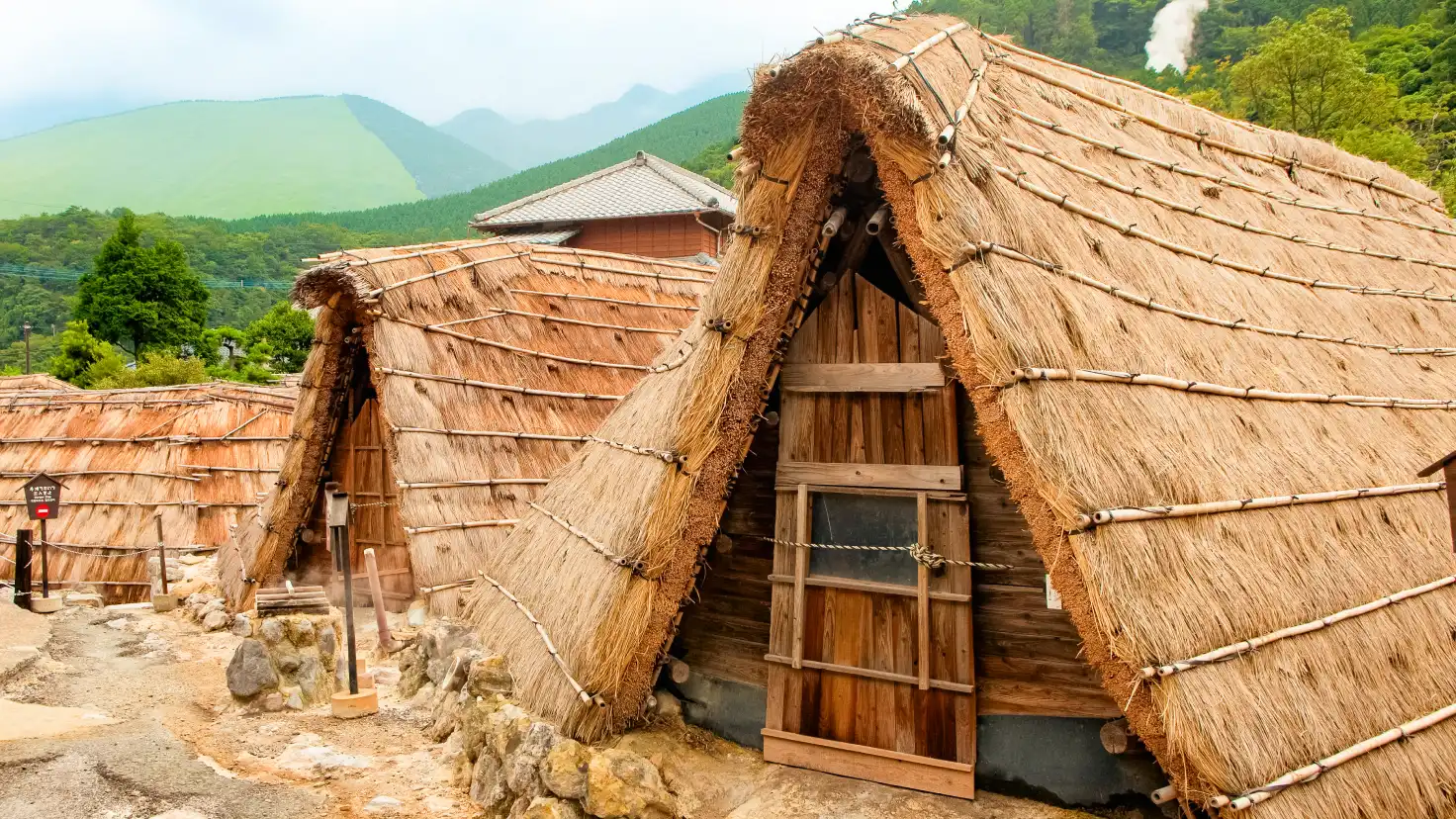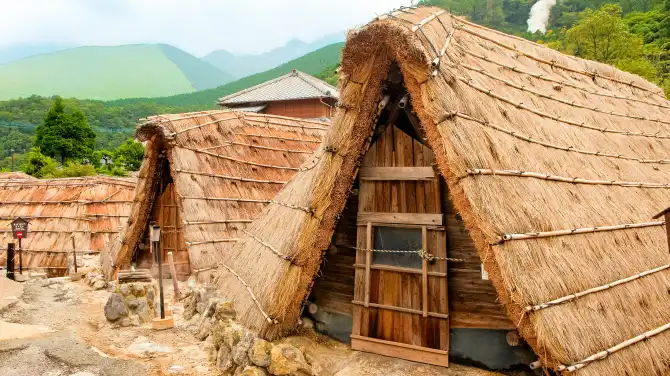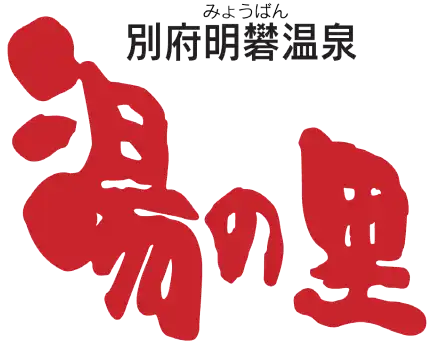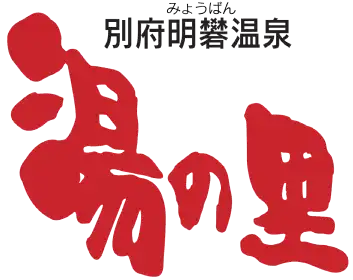MYOBAN YUNOSATO
Story of Myoban Yunosato,
from its foundation
in the Edo period
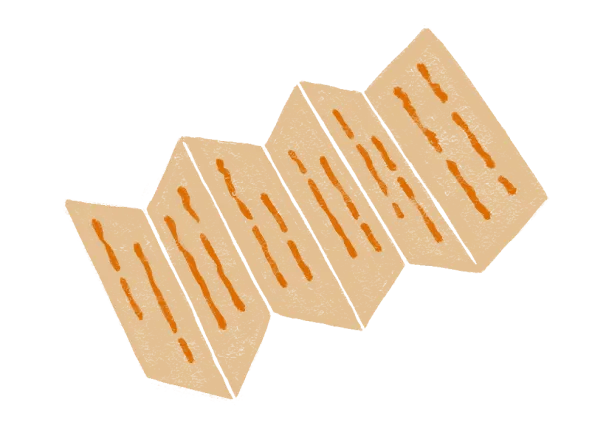
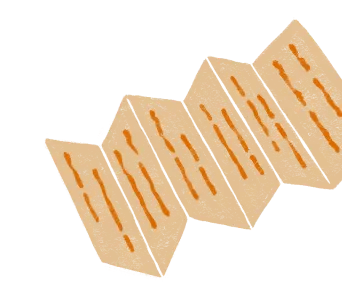
Myoban Yunosato has been backed by the 300-year journey of Beppu Myoban Onsen and its steaming waters.
Yoshisuke Wakiya, ancestor to the current president, started an alum processing business during the Edo period, which in time transitioned to a producer of yunohana bath powder. The tradition has been passed on to present day. At the end of the Showa era, Myoban Yunosato opened on the land with historic and cultural significance. It has continued to offer visitors a destination for health and beauty.



The story starts
in the Edo period.

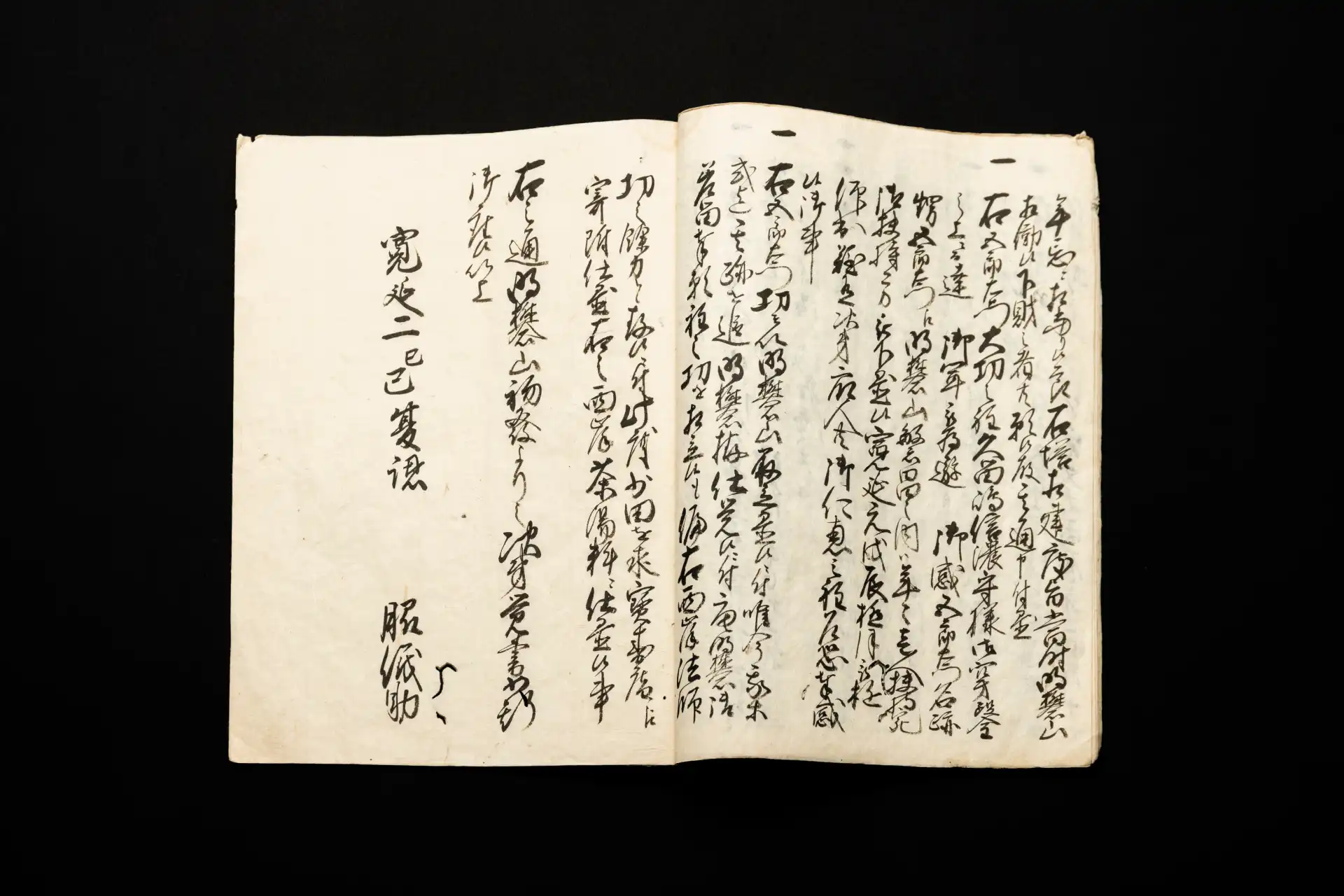
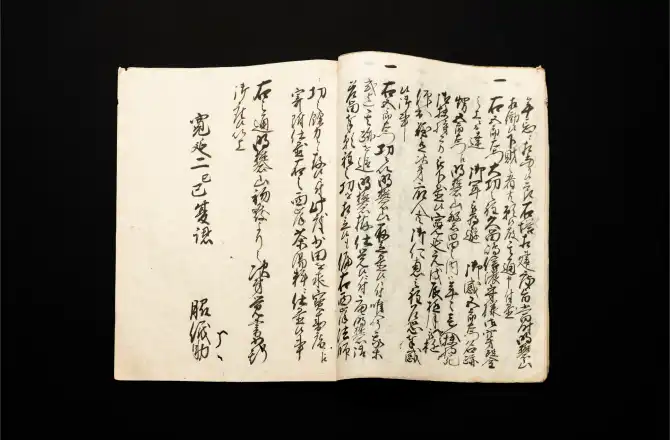
Started with Yoshisuke Wakiya’s alum,
Bungo Myoban
Yoshisuke Wakiya was ancestor to the current president of Myoban Yunosato. He started manufacturing alum called Bungo Myoban for fabric mordants and medical use. The alum he developed was of high quality and was comparable to what was manufactured overseas.

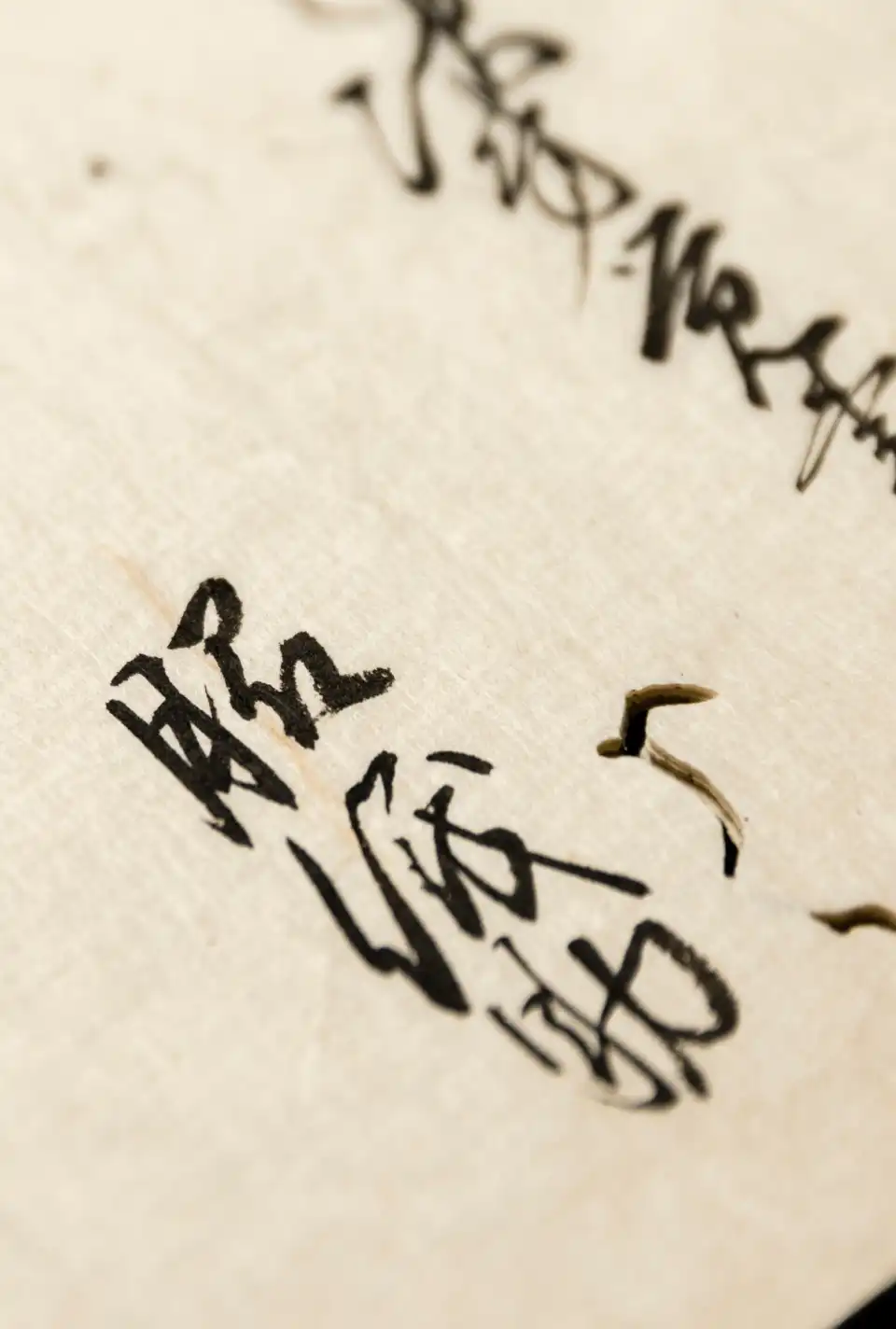
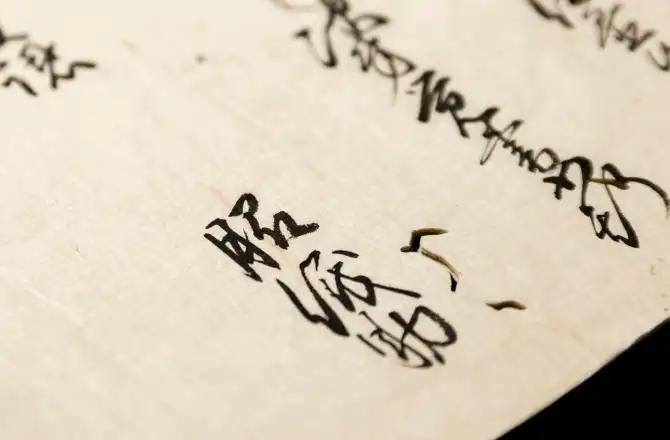
- Who was Yoshisuke Wakiya?
-
The ancestry of the current president of Myoban Yunosato can be traced back to Yoshisuke Wakiya, who was a samurai that contributed to the fall of Kamakura through the battle led by his older brother Yoshisada Nitta.
After losing the battle of the Northern and Southern courts, Yoshisuke fled to Shikoku and eventually moved to Kyushu and became a village headman of Hiji in Oita. It has been 300 years since Yoshisuke Wakiya started manufacturing alum at the foot of the mountain. - Bungo Myoban
- During the Edo period, alum referred to as Bungo Myoban was applied to wounds to treat bleeding, used in tanning leather, and utilized as fabric mordants. It was especially indispensable in preparing tan fabric for clothing worn by aristocrats and samurai warriors.

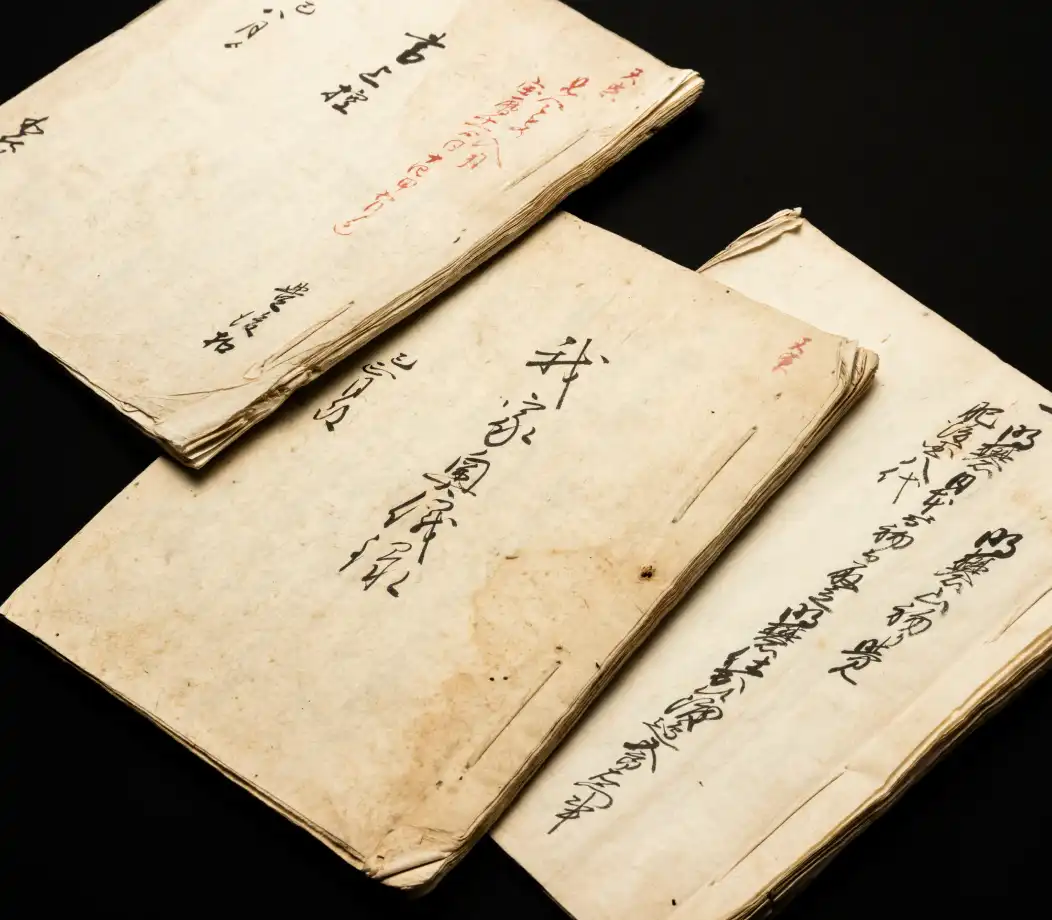
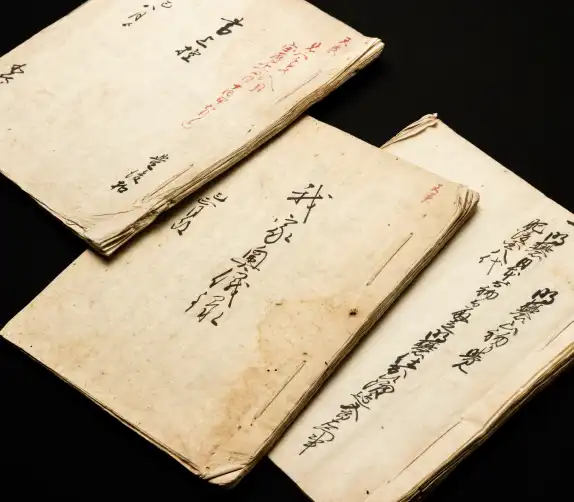
Wakiya Family
Reference materials for
Bungo Myoban
The Wakiya Family that carried on the business of manufacturing yunohana has continued for 16 generations. They have carefully saved the documents that provide the accounts of the history. The following three documents have been designated as cultural assets of Beppu City. Owned by the Wakiya Family, they are precious records that describe the manufacturing process used at the time the Tokugawa shogunate was ruled by the 8th shogun Yoshimune Tokugawa.

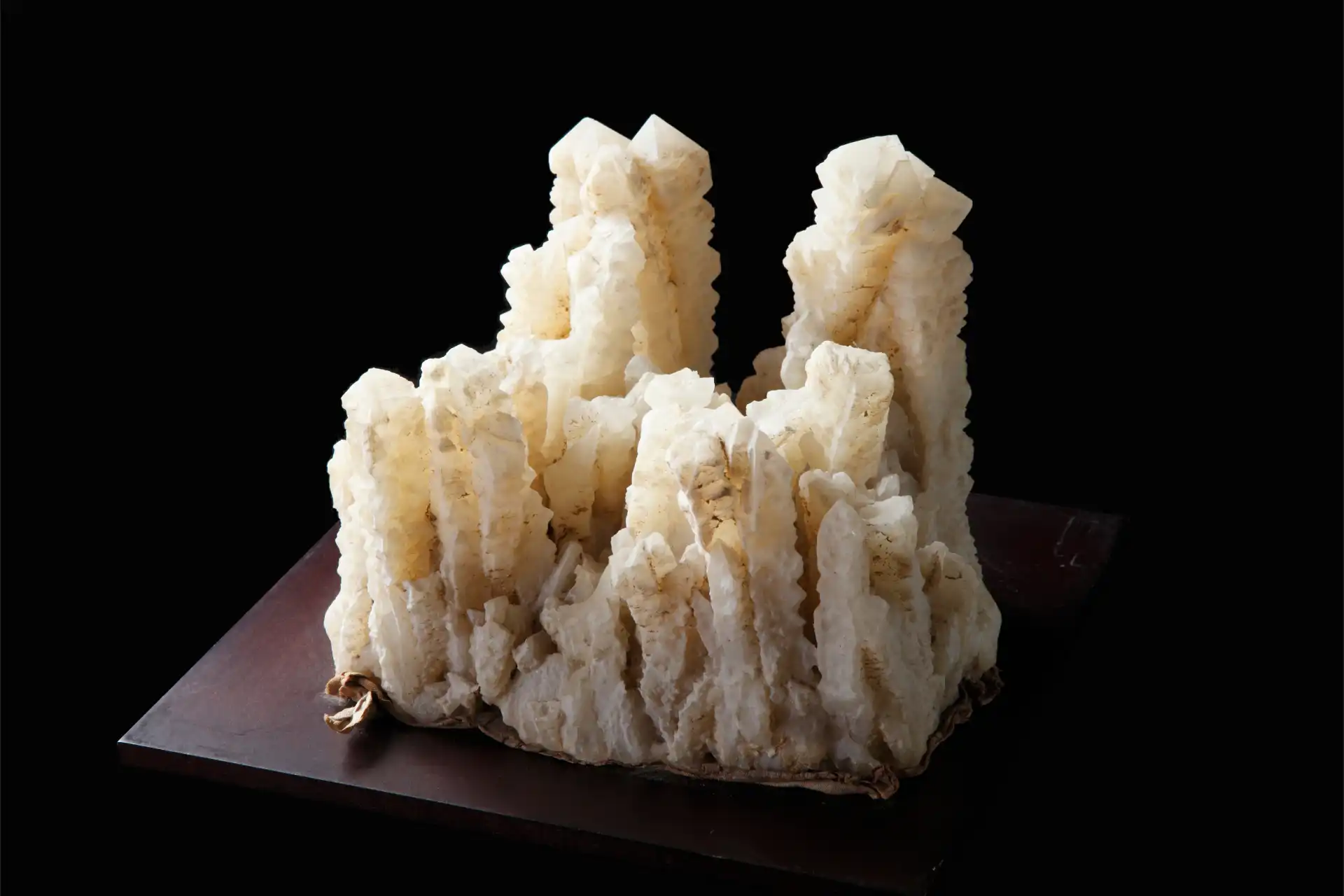
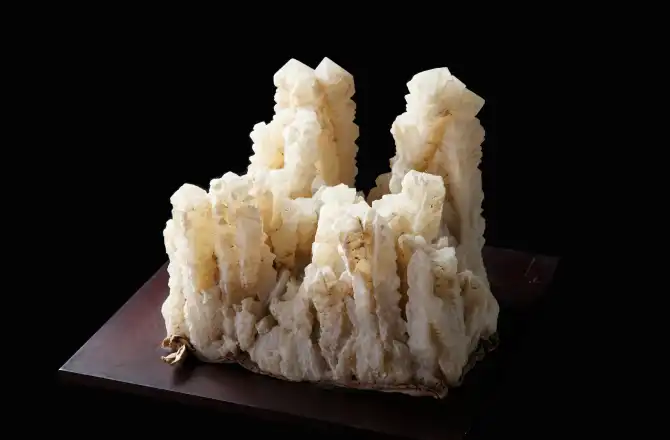
“Bungo Myoban”
Challenges and failures
in expanding distribution
Back then, Japan relied on exports from China to source alum. The inexpensive alum that was brought in from China in large quantities was hindering Yoshisuke from selling his Bungo Myoban. Together with a distributor from Osaka, Yoshisuke frequented the feudal government to appeal to restrict exports from China with no luck.

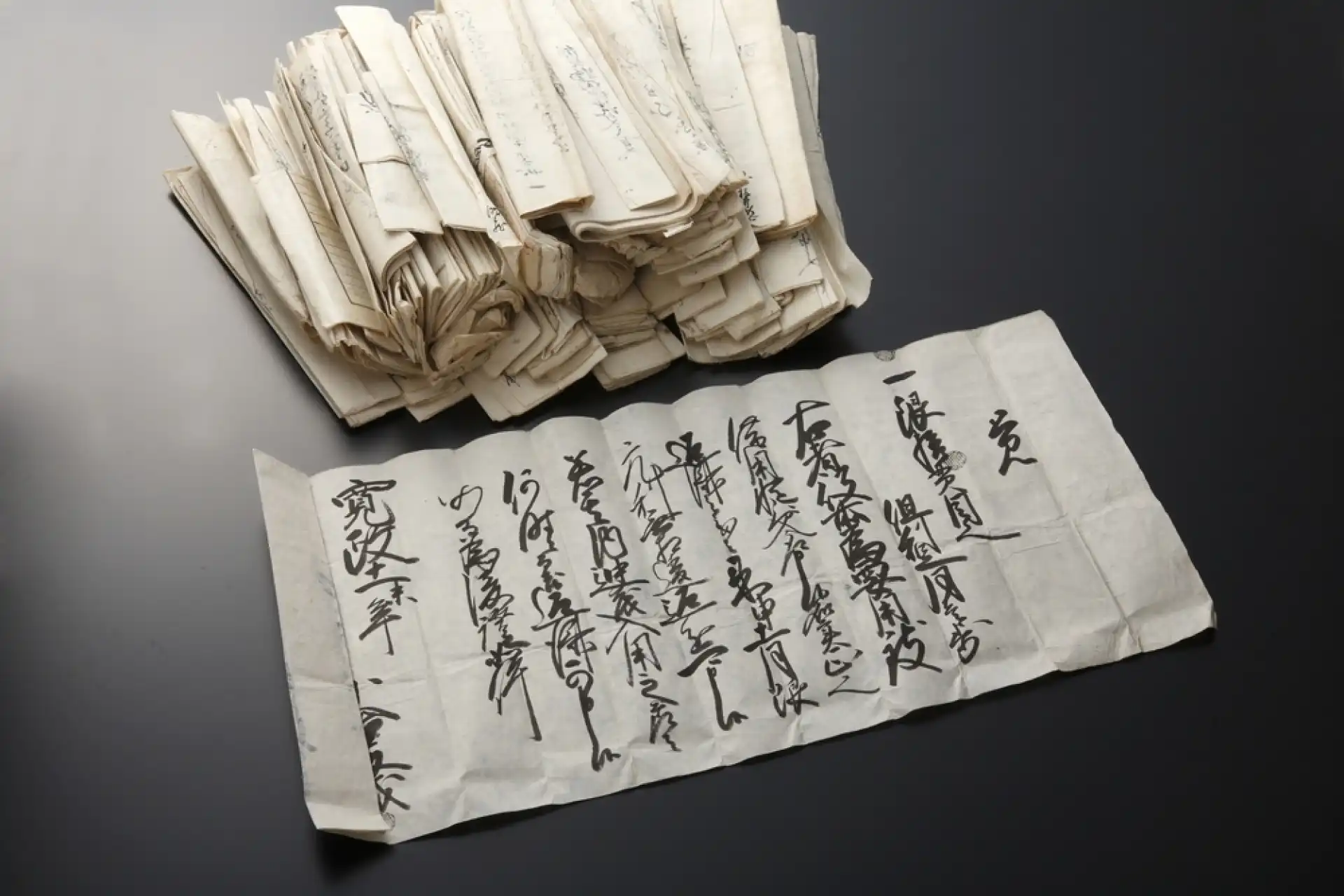
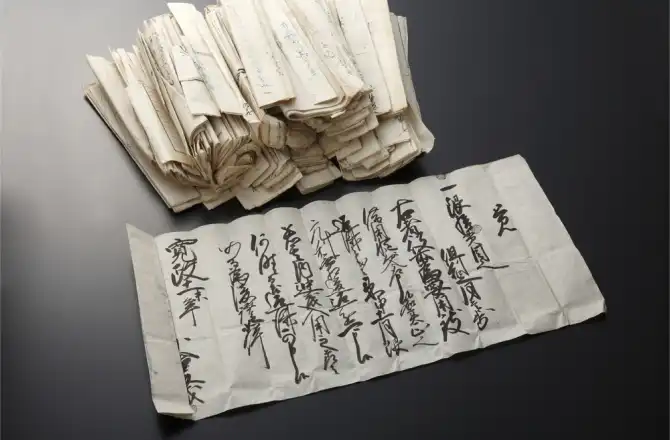
Originating from Bungo Myoban,
a new chapter
of Japanese alum begins
The alum manufactured by Yoshisuke was extremely high in quality. With strong recommendations from Shouhaku Niwa, who was the doctor of the feudal government, the establishment of Alum Bureau was officially approved in 1734. This led to securing the exclusive rights to sell and manufacture Bungo Myoban. When the export from China halted, the domestic share surged to 70%.
Alum was precious as its manufacturing process was easily affected by weather conditions. It is said that Yoshisuke shared the profit with neighboring farmers and residents to help them survive.

From Japanese alum
to yunohana bath powder
Changes made during
the Meiji era

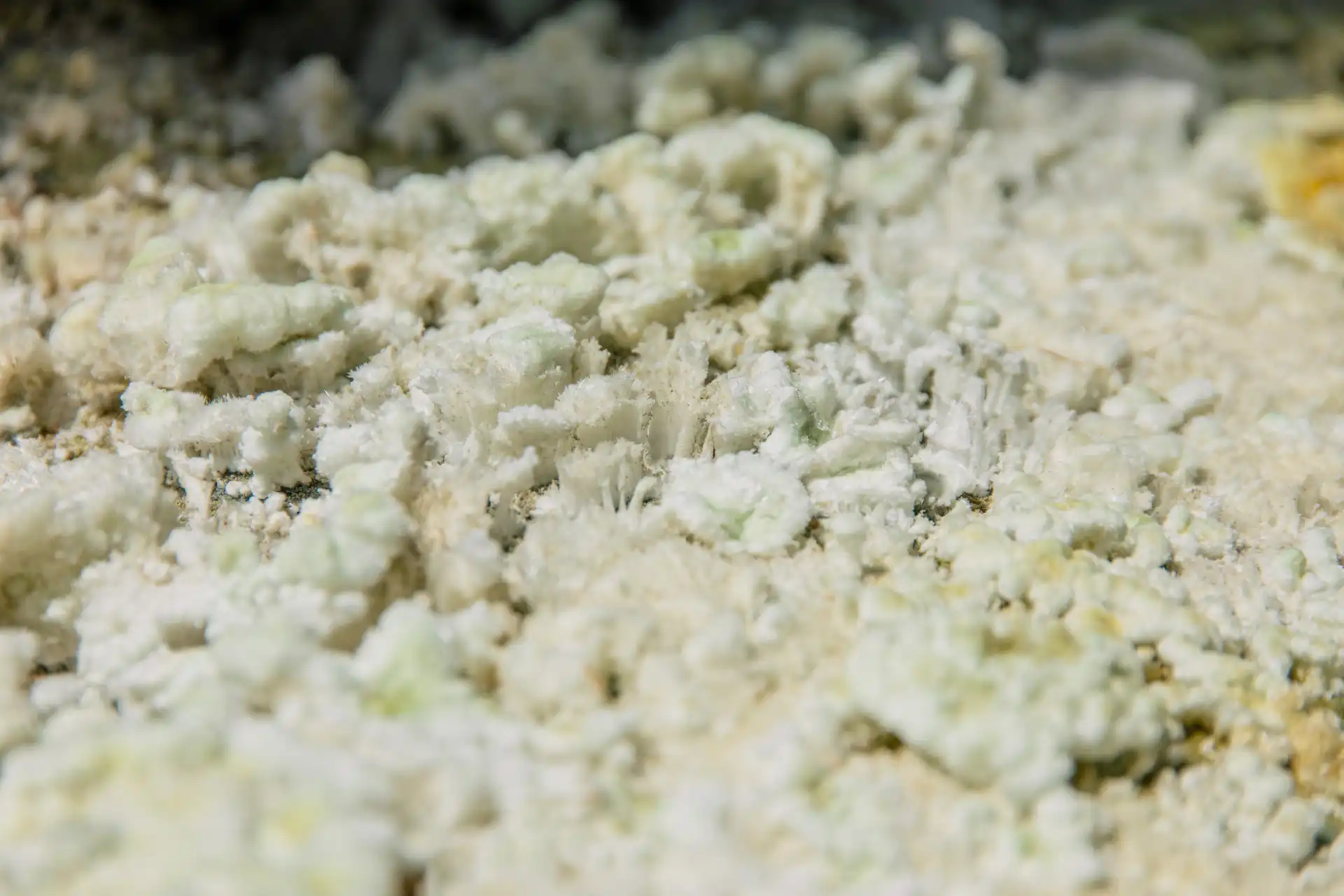
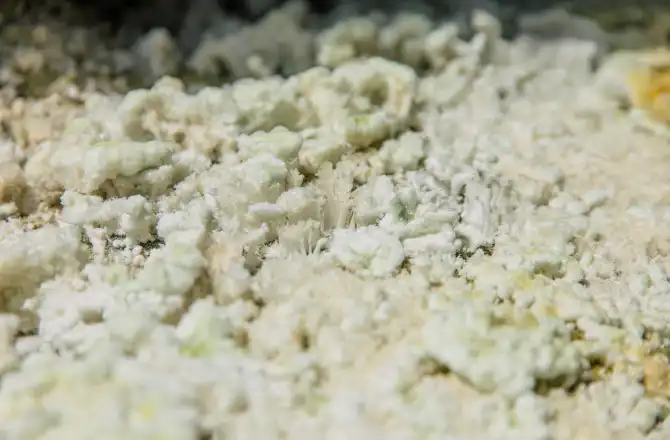
Shifting from alum to yunohana,
the first bath powder of its kind
After entering into the Meiji era, without strong support from the government, chemical exports increased and time-consuming and costly natural alum production dropped. Hot springs in Beppu had attracted many visitors that wanted to treat their injuries from farm work. The business developed bath powder so that they can have the hot spring experience at home. Shifting its operation from alum to yunohana, the family business flourished and the number of artisans increased.

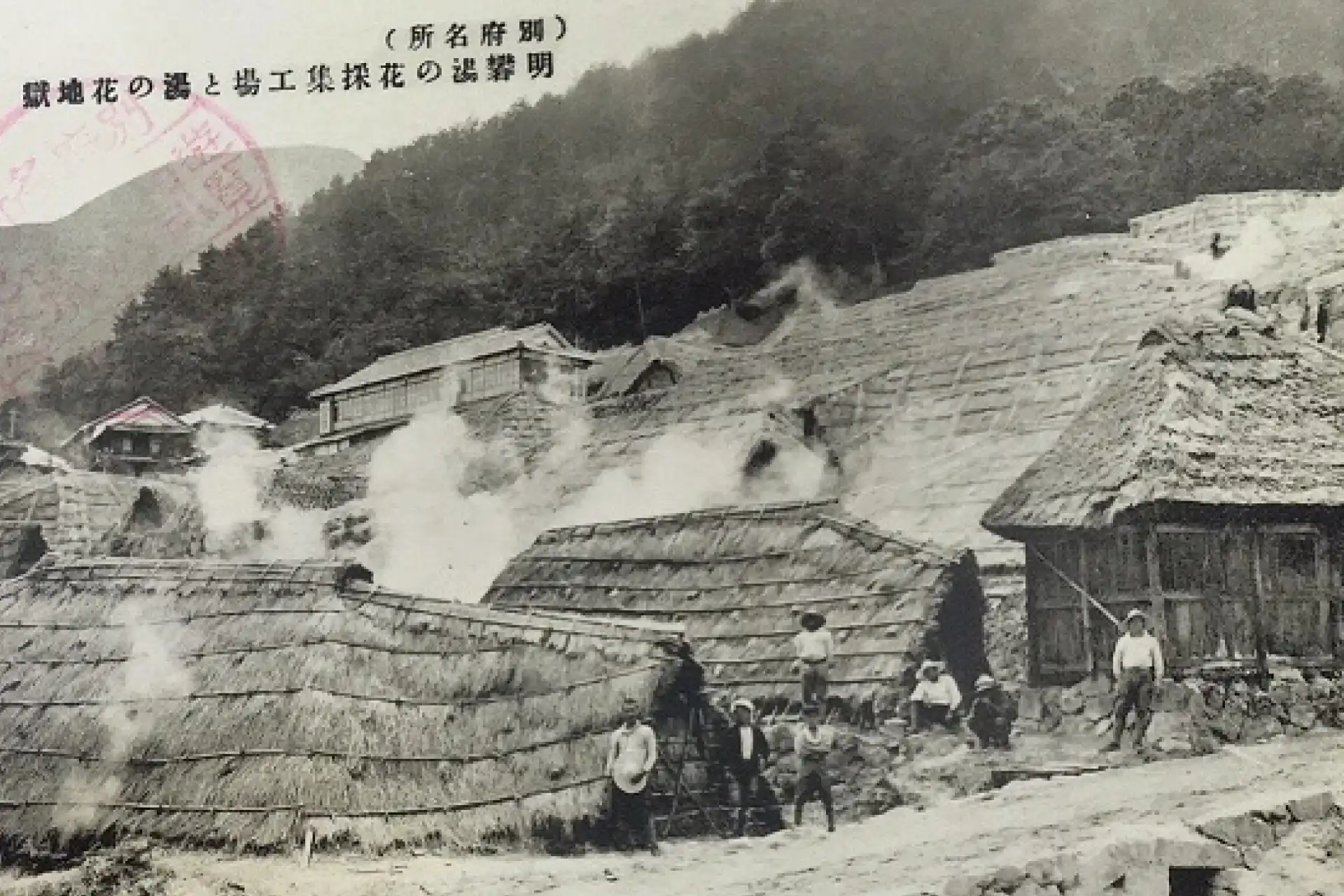
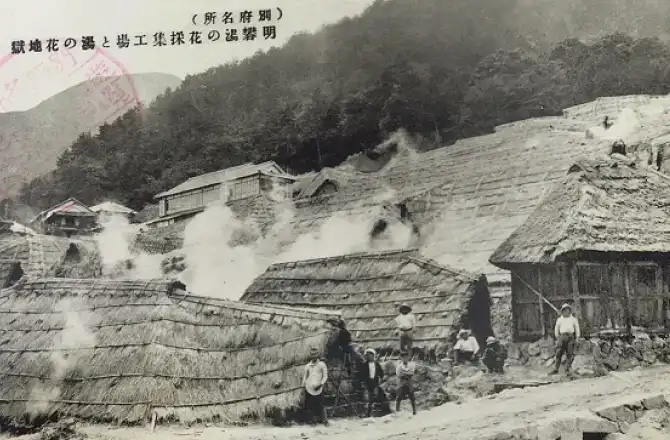
Taisho to Showa era
The peak manufacturing period
of yunohana bath powder
The number of yunohana huts in Myoban Onsen has dwindled down to 15 today, but there were about 300 at the height of production around 1930, with many artisans working around the clock. However, the workers had to leave for the battlefront as WWII intensified, resulting in the decline in yunohana huts. After the war, only four yunohana producers remained, all of which have continued the production in the area to this day. Their work has being recognized as Japan’s important cultural folk property, and they have been awarded by Oita Prefecture as a group preserving the cultural merits. At Myoban Yunosato, there are currently 15 yunohana huts and six artisans that take care of growing yunohana crystals.

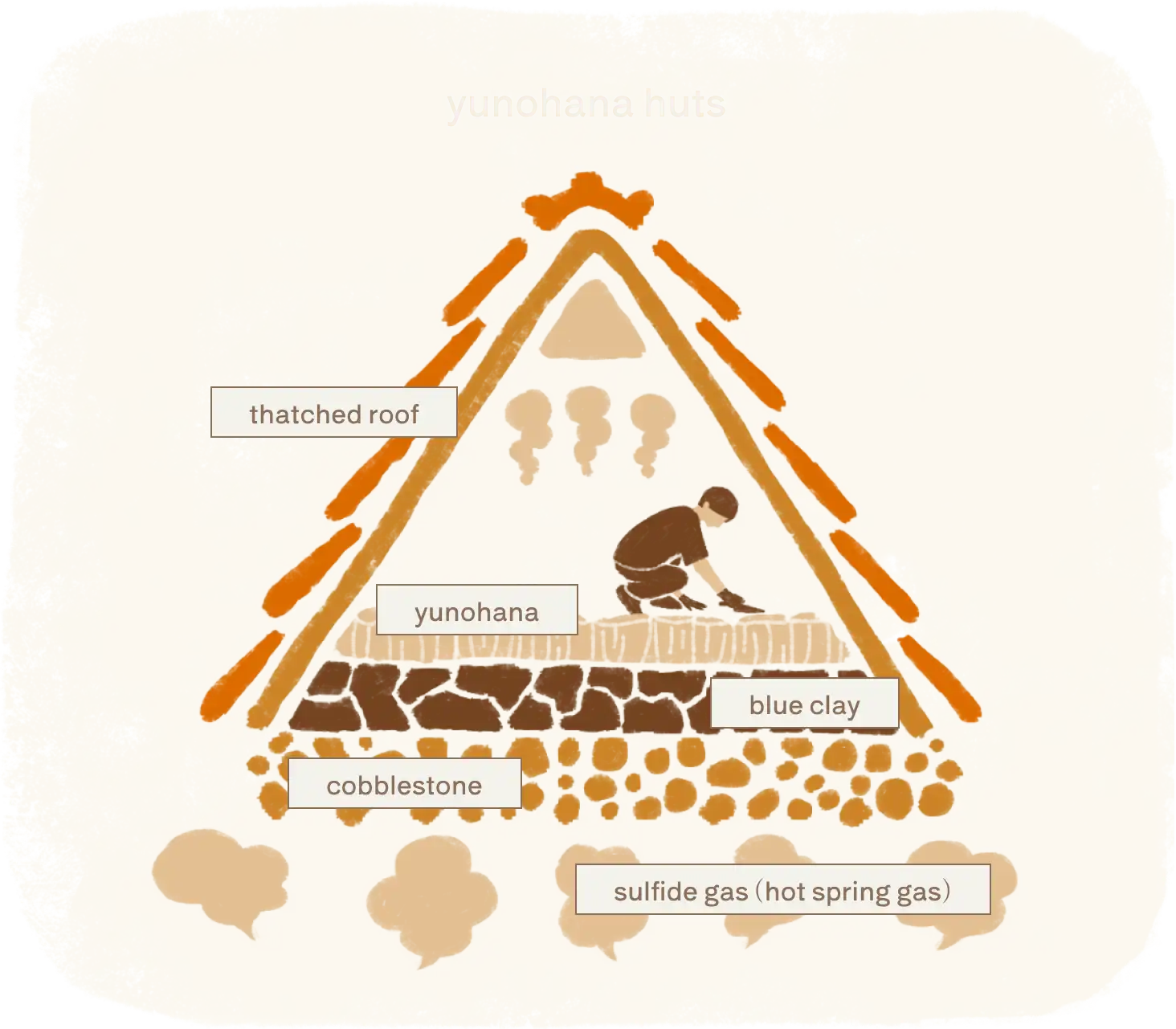
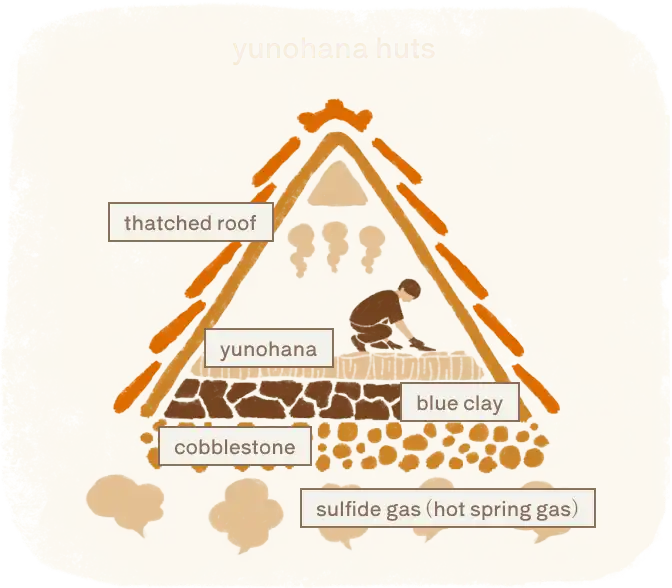
- Yunohana bath powder
from Beppu Myoban Onsen -
Offered in a beautiful white powder, yunohana is a natural bath additive that is packed with minerals from the hot spring steam. The crystals that grow slowly, about 1 mm a day, inside yunohana huts are managed and harvested by the artisans without the use of any chemicals or additives.
Acquired ISO9001 and ISO14001

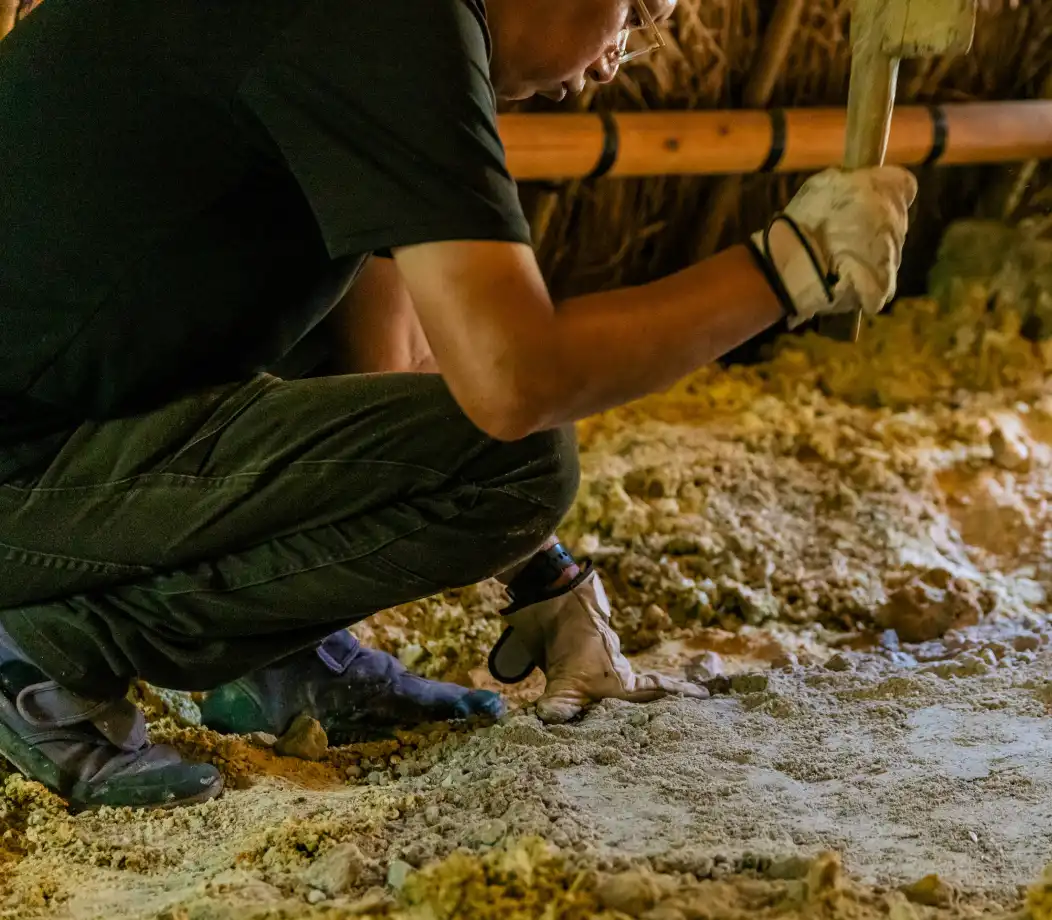
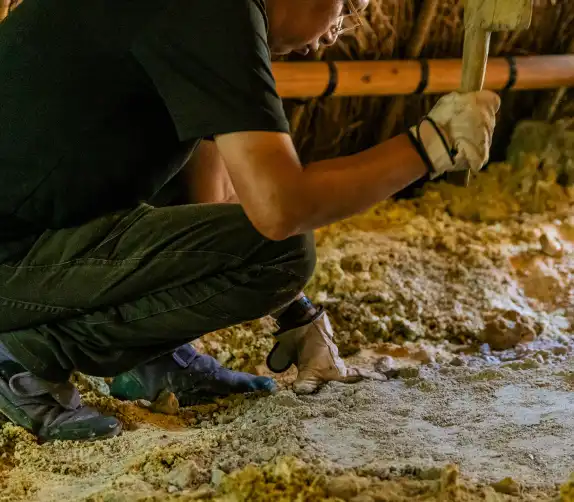
World’s only
manufacturing technology
of Beppu Myoban Onsen yunohana

Beppu Myoban Onsen and
hot spring steam
connect the past with
the present

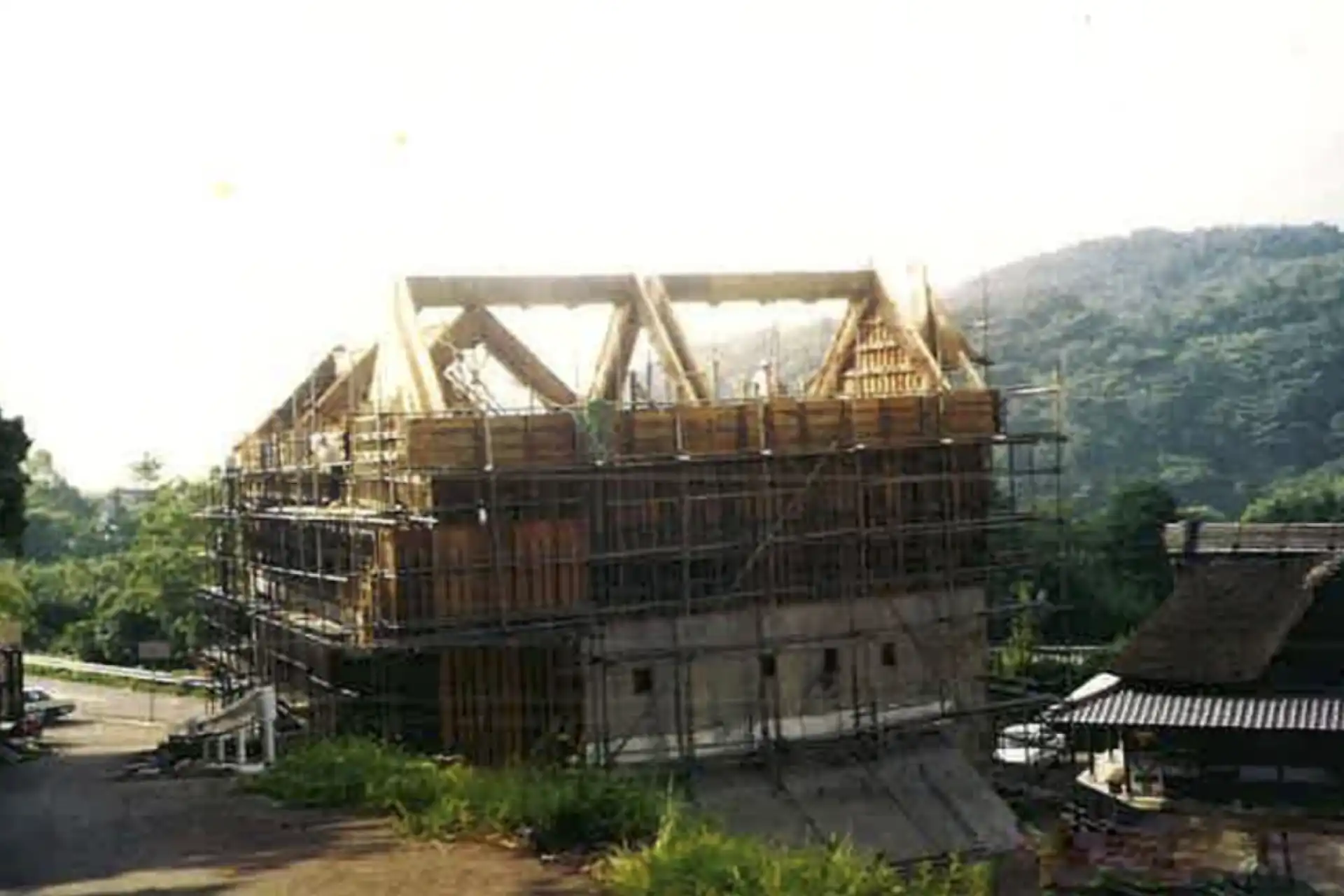
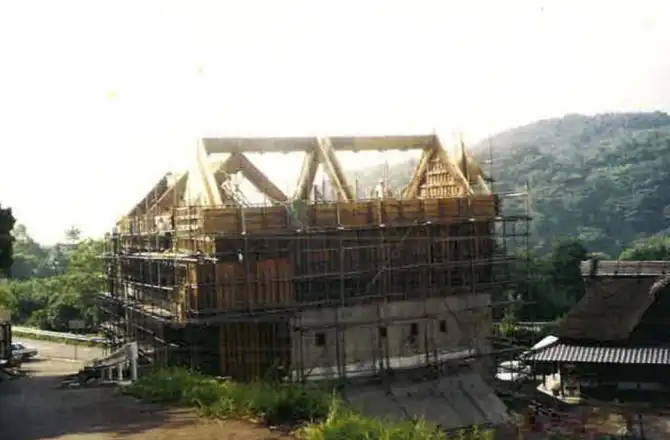
Day-trip hot spring facility
that can be enjoyed
with your five senses,
Myoban Yunosato opens its doors.
Nagayoshi Wakiya, the current president’s father who also had worked three terms as the mayor of Beppu City, opened Myoban Yunosato to revitalize the area. The day-trip hot spring facility includes yunohana huts that are open for viewing, a gift shop, open-air baths, and a restaurant, allowing visitors to experience using their five senses.

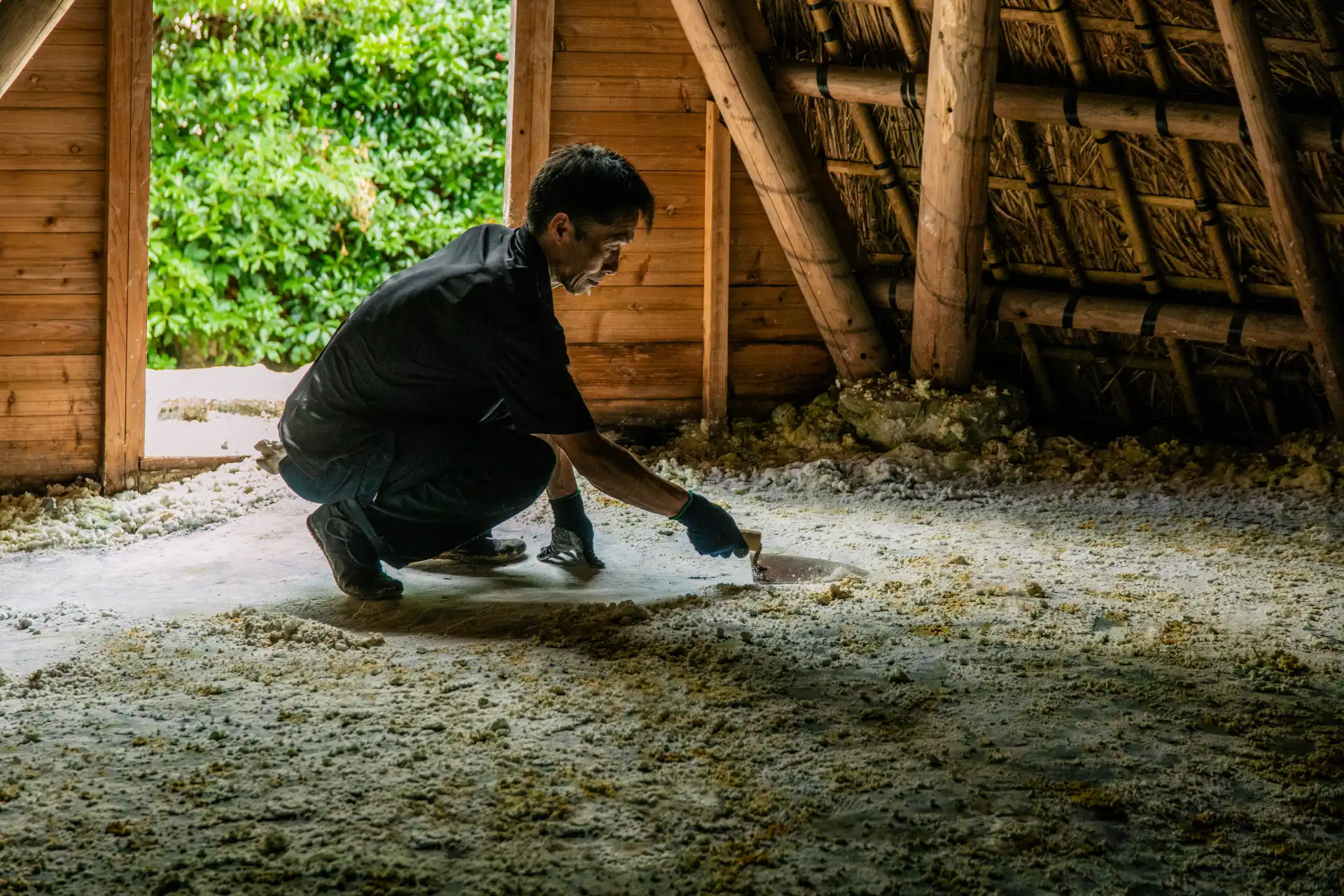
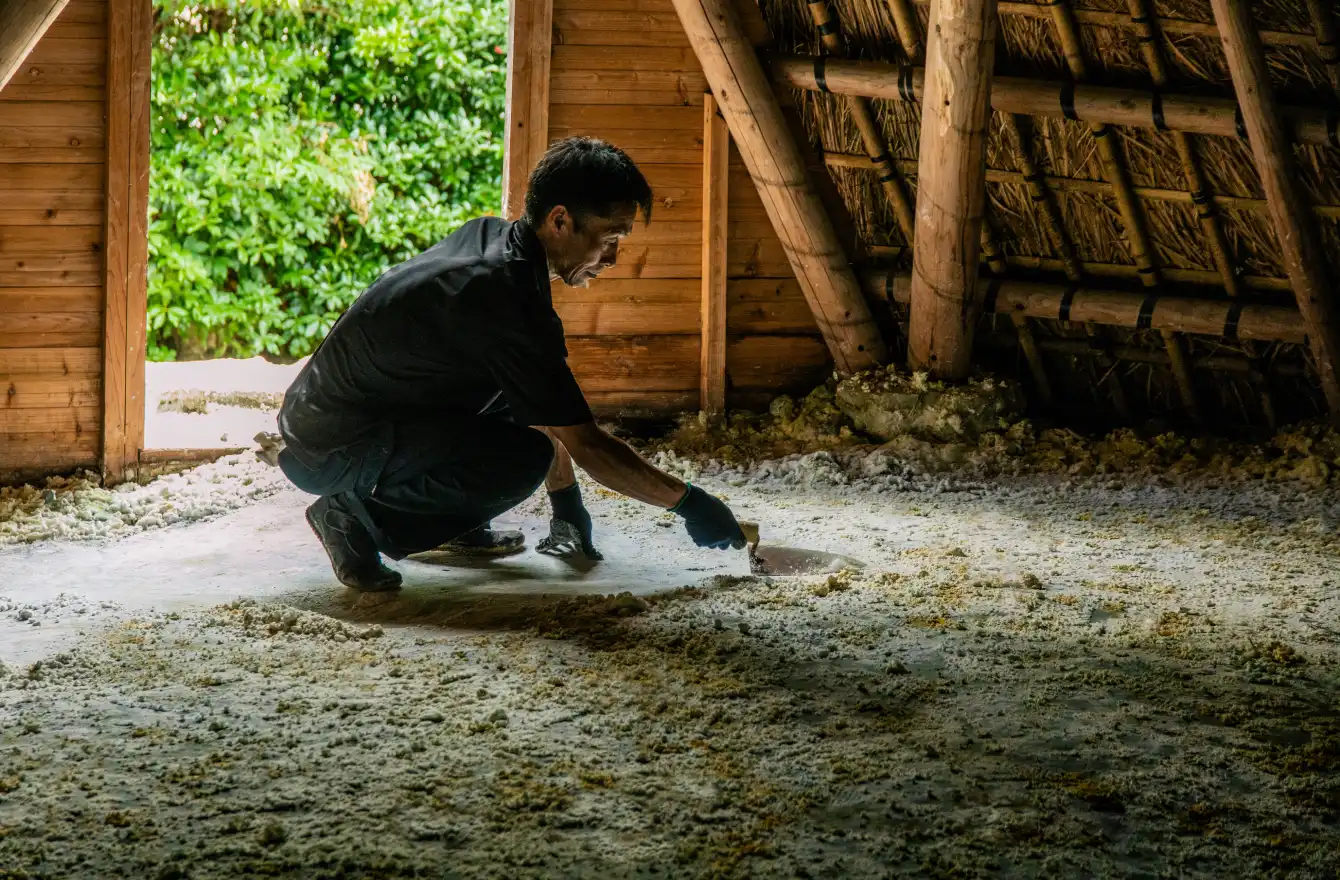
The manufacturing technology
of Beppu Myoban Onsen
yunohana is
designated as Japan’s
Important
Intangible Folk
Cultural Property.
Yunohana bath powder offered by most hot spring destinations across Japan is derived from collecting mineral sediments or processing sulfuric compounds into powder. However, yunohana bath powder of Beppu Myoban Onsen utilizes world’s only manufacturing method in which crystals of mineral deposits are grown in special huts since the Edo period. This technique was designated in 2006 as Japan’s Important Intangible Folk Cultural Property.

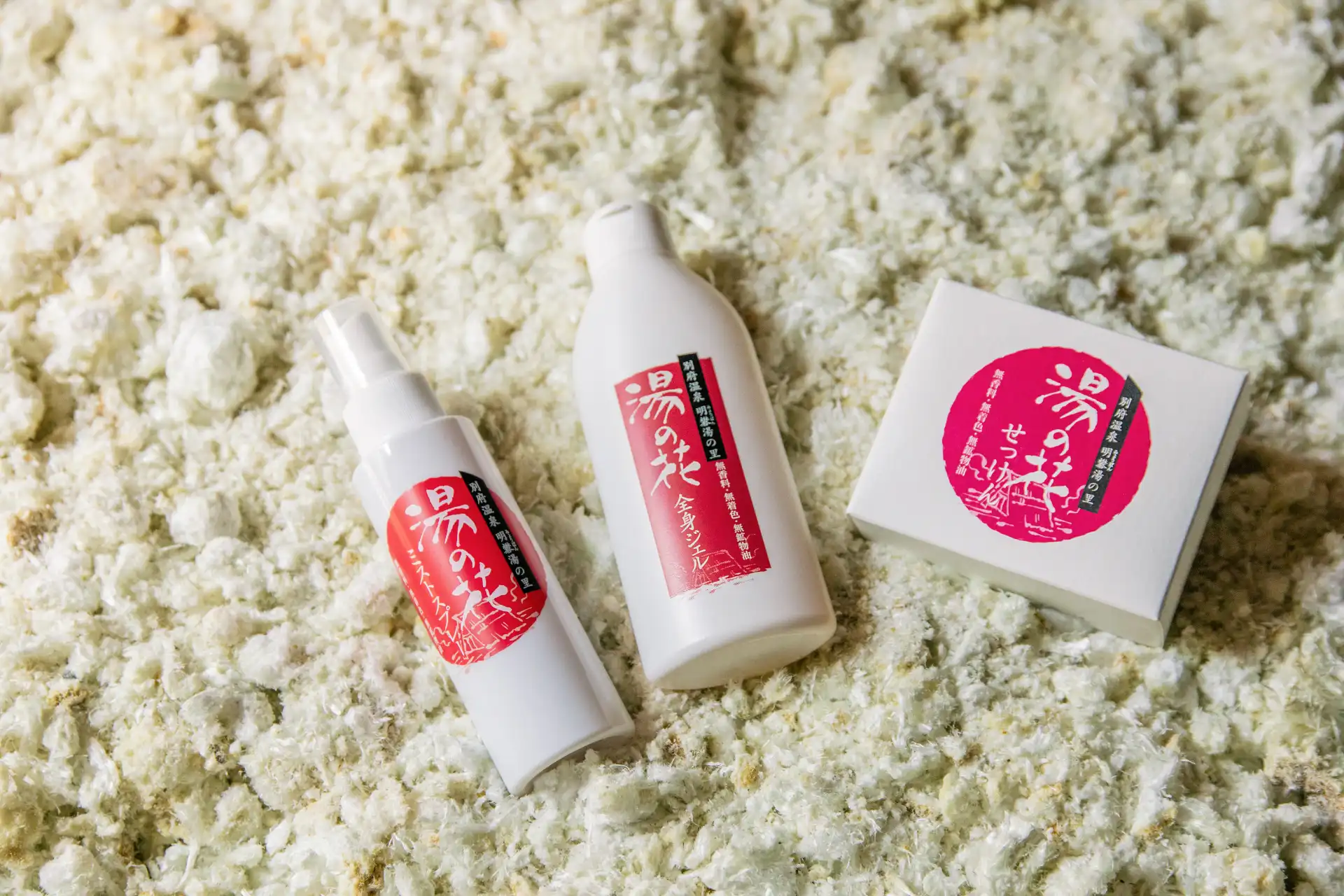
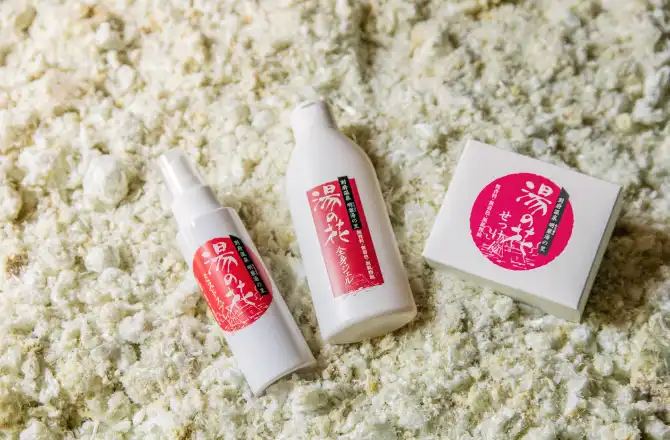
Formulated with ingredients
from Beppu Myoban yunohana,
a line of original
yunohana skincare
is launched
It has been 20 years since Myoban Yunosato started developing original skincare products containing yunohana of Beppu Myoban. Today, the product line has become so well received that it the ranks second in popularity to yunohana bath powder. Packed with the therapeutic properties of Beppu Myoban Onsen, they are original products that can be used by men and women alike and regardless of age.

In 2025


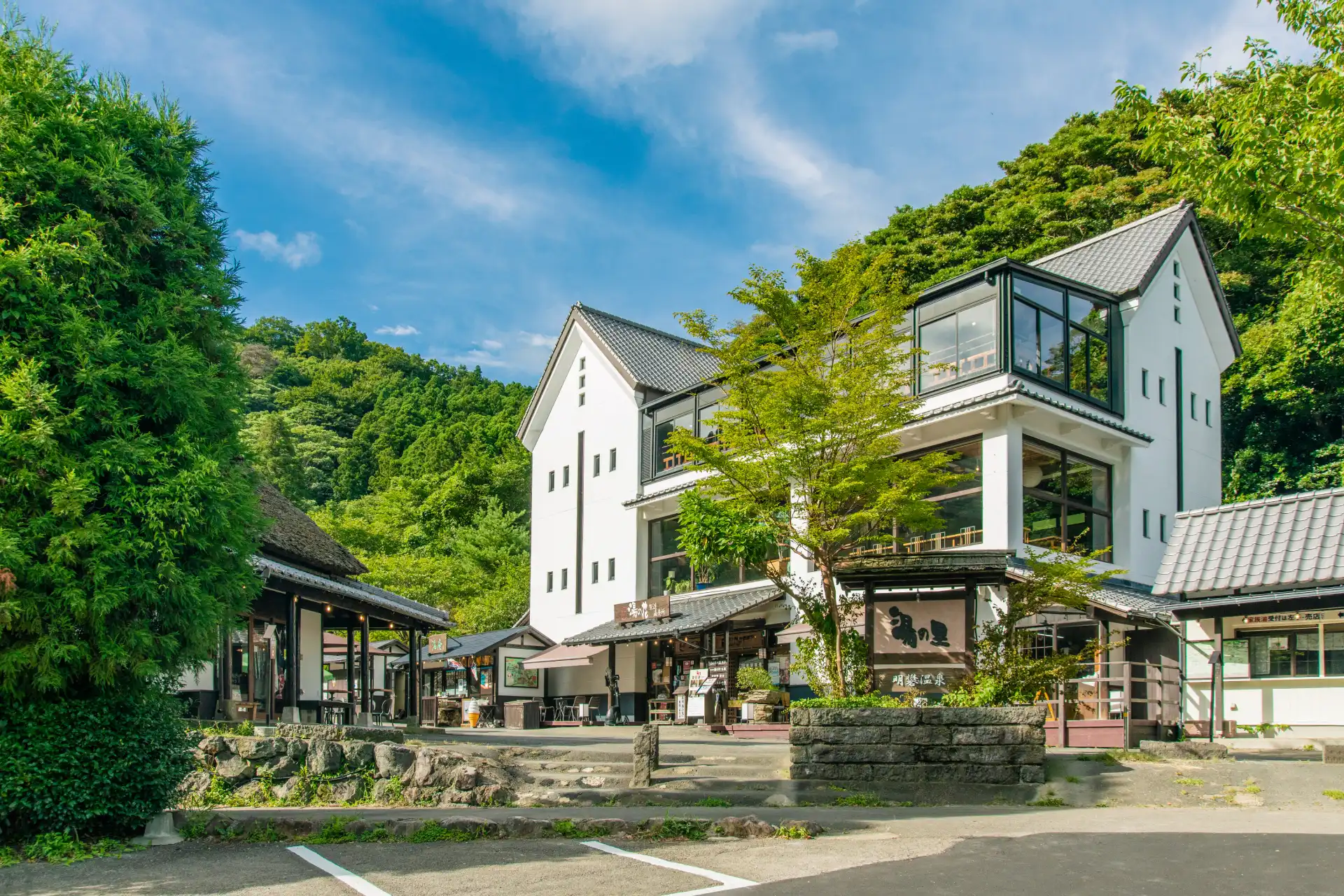
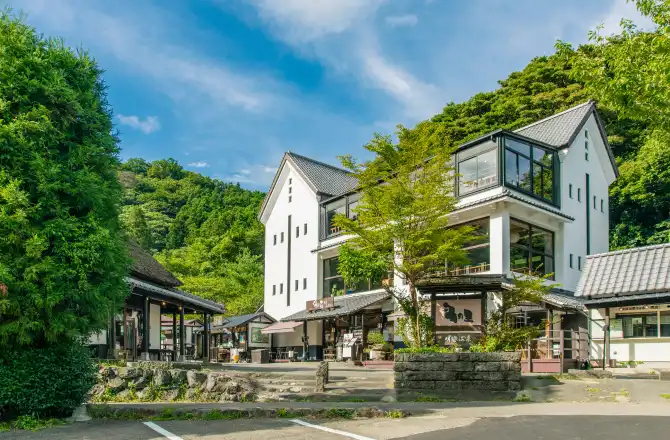
300th anniversary
Thanks to Beppu Myoban Onsen and its powerful steaming waters, Myoban Yunosato has been able to welcome this day. We will continue to tell our story of hot springs and wafting steam on this land.
